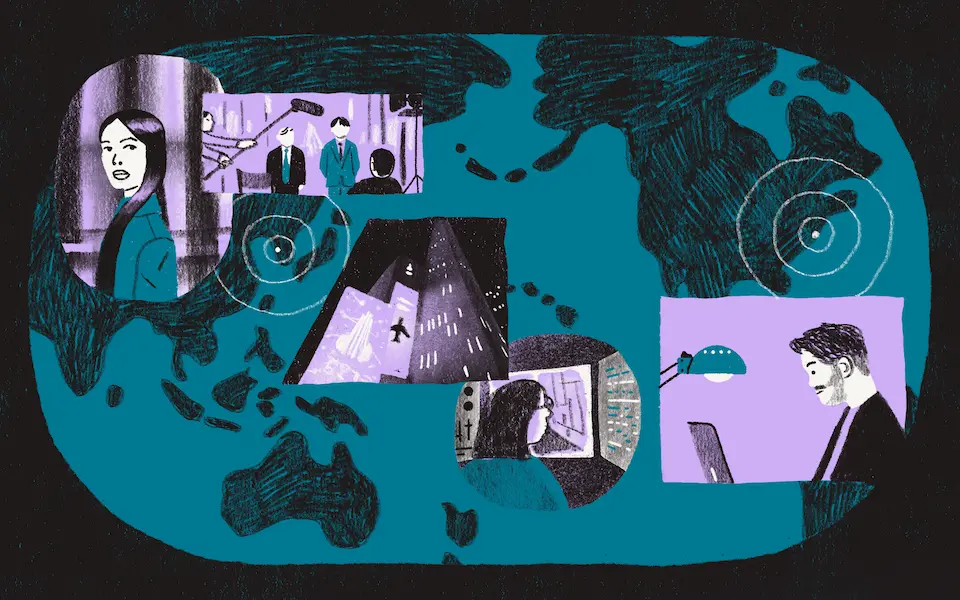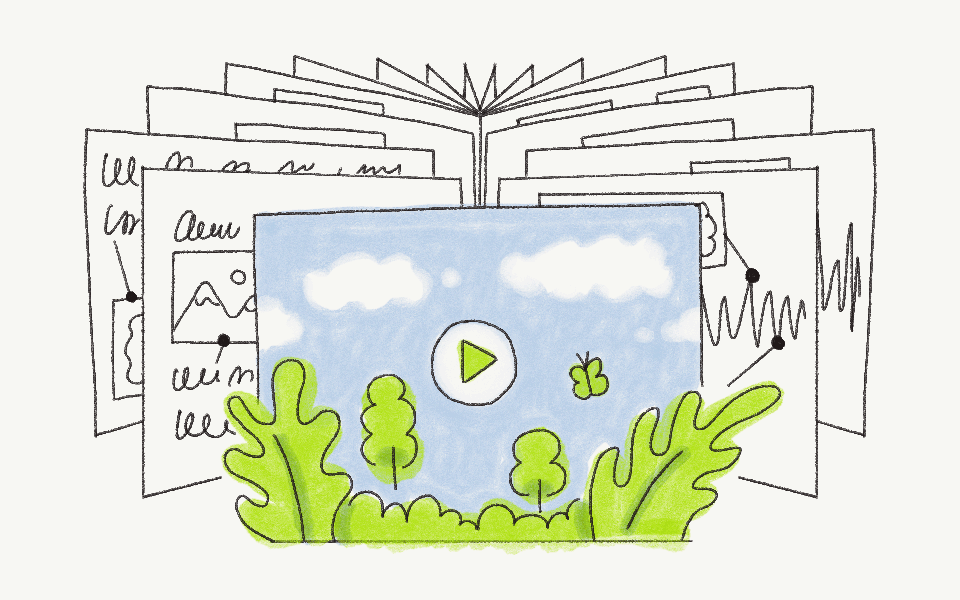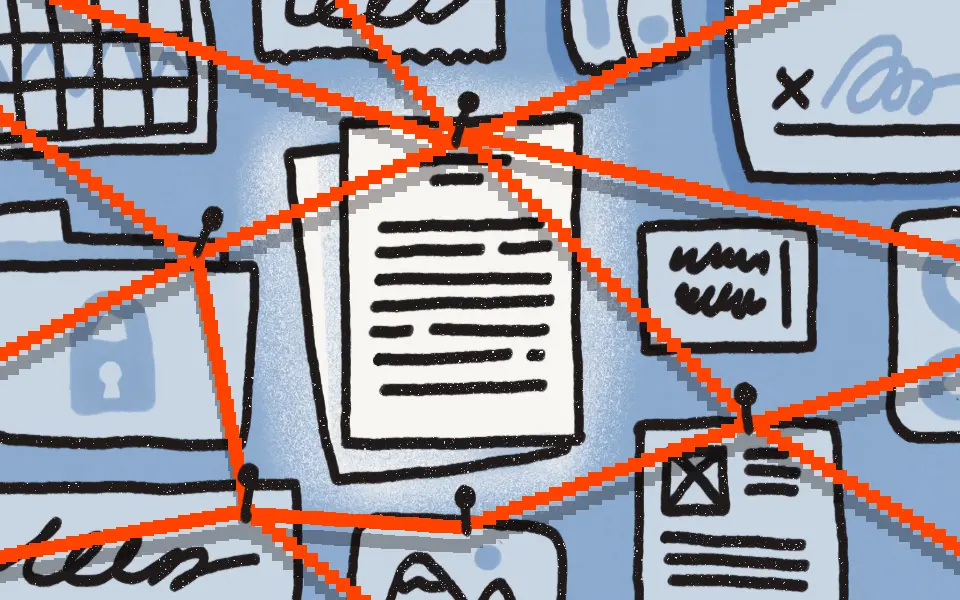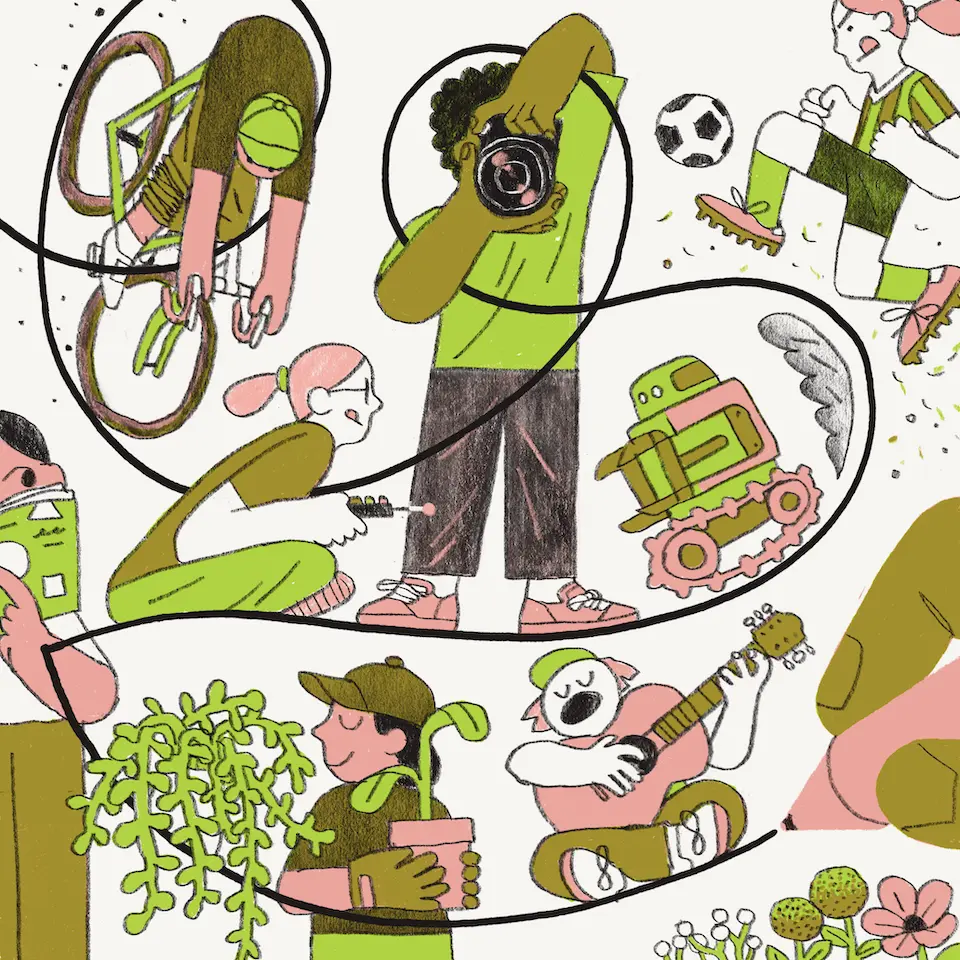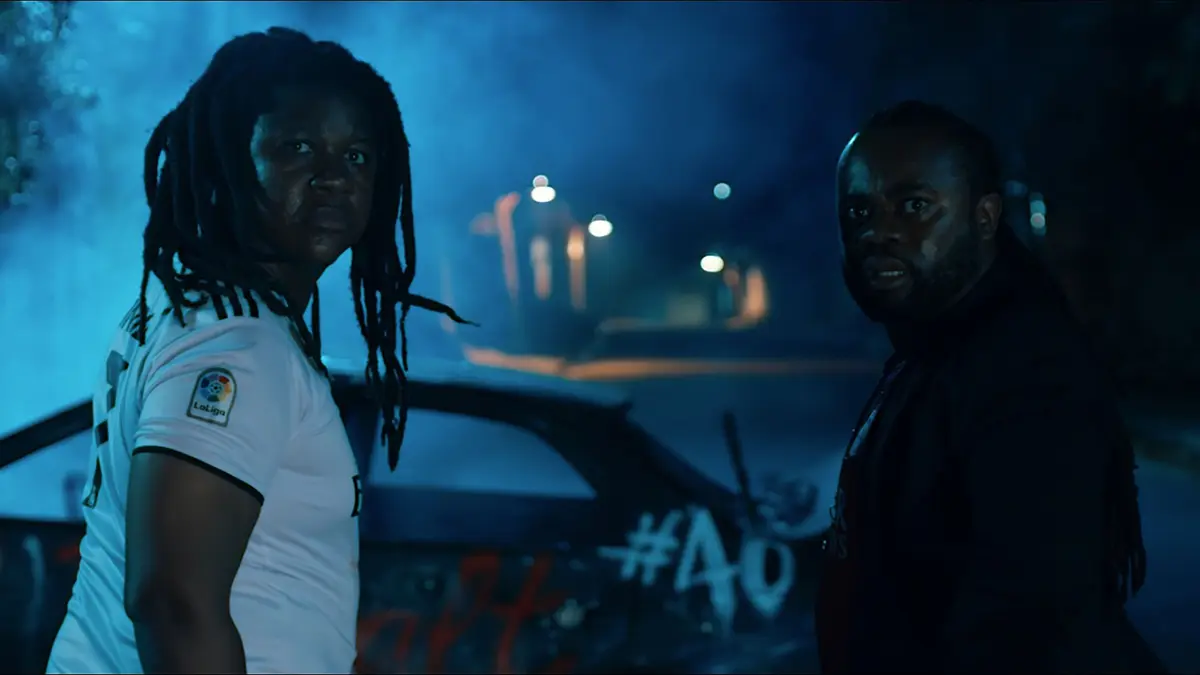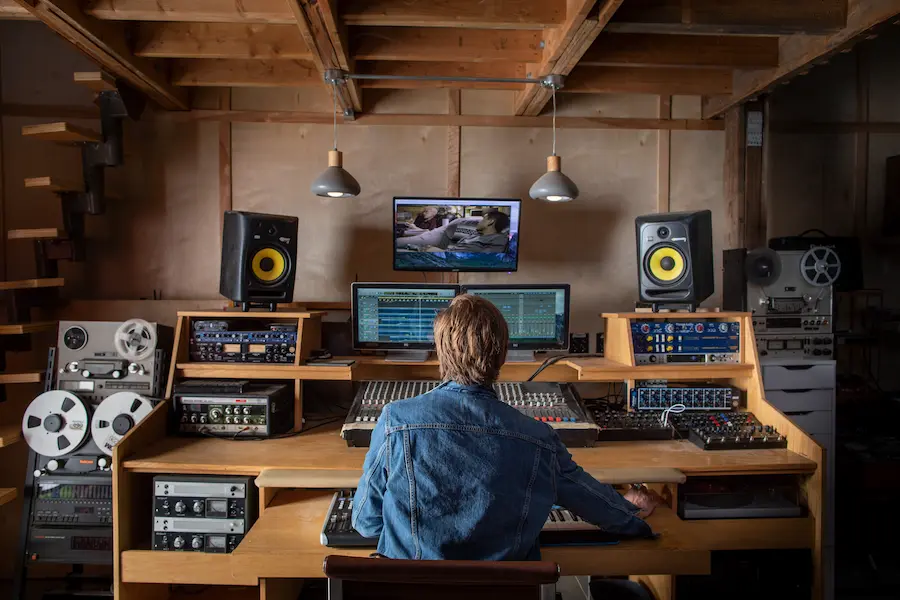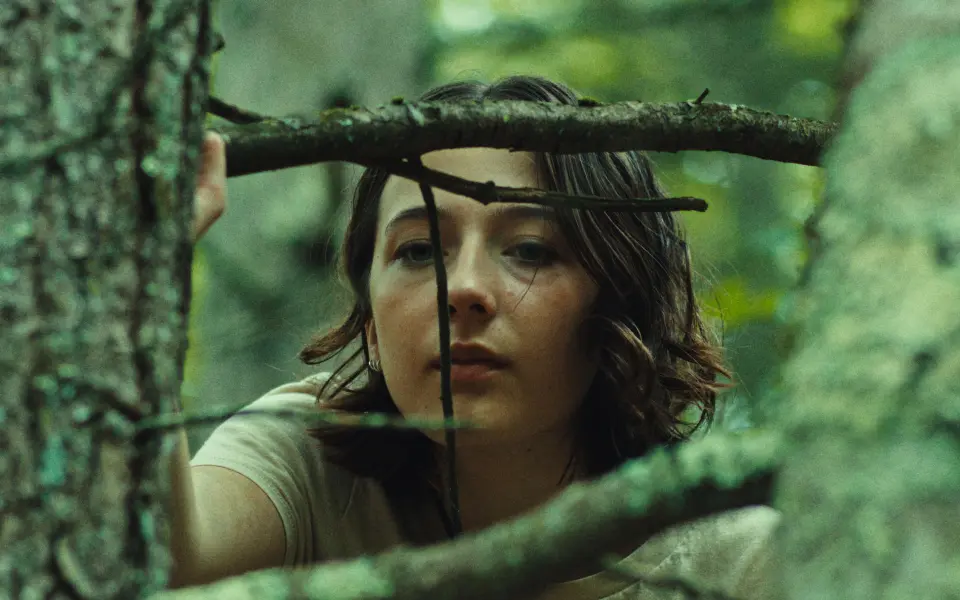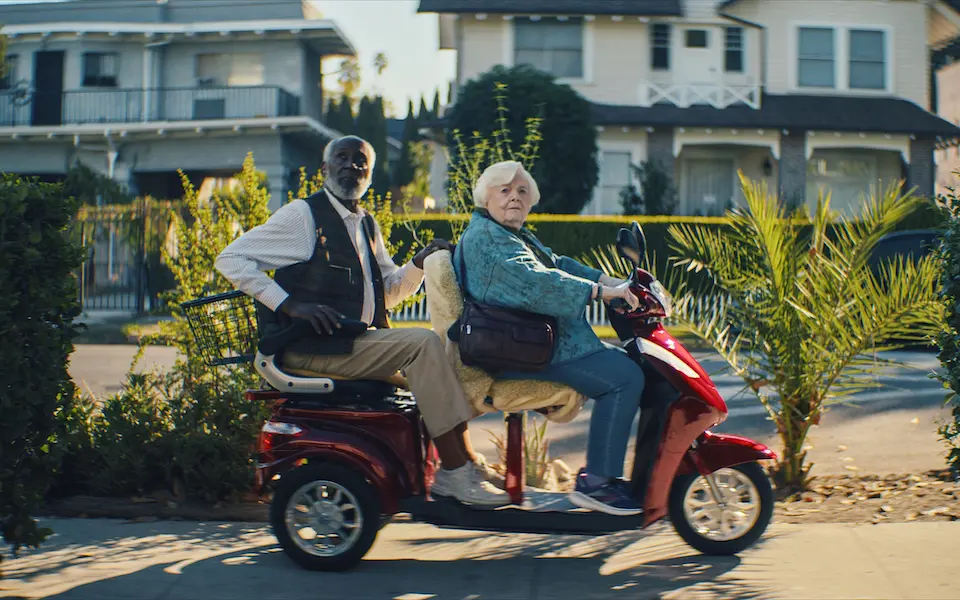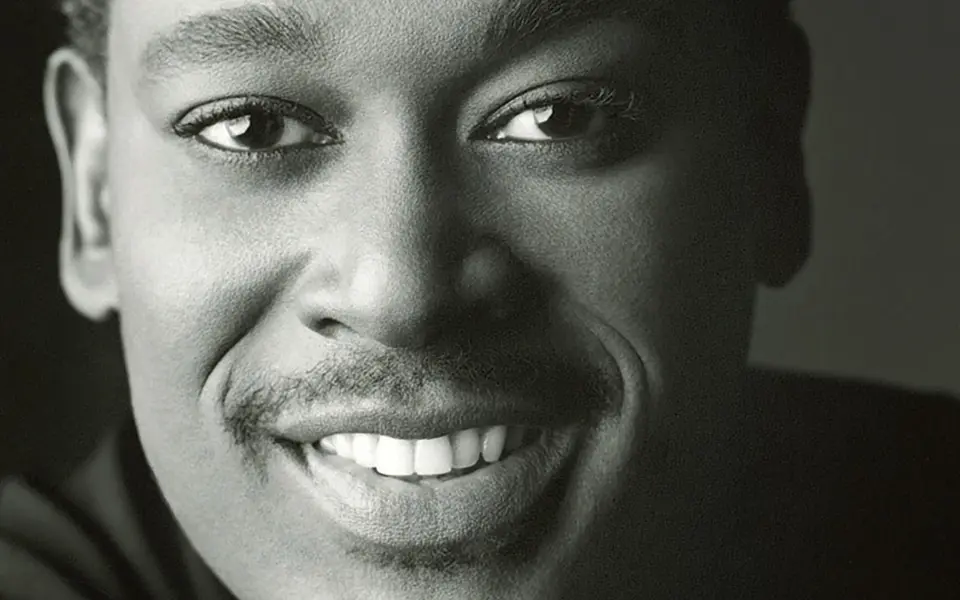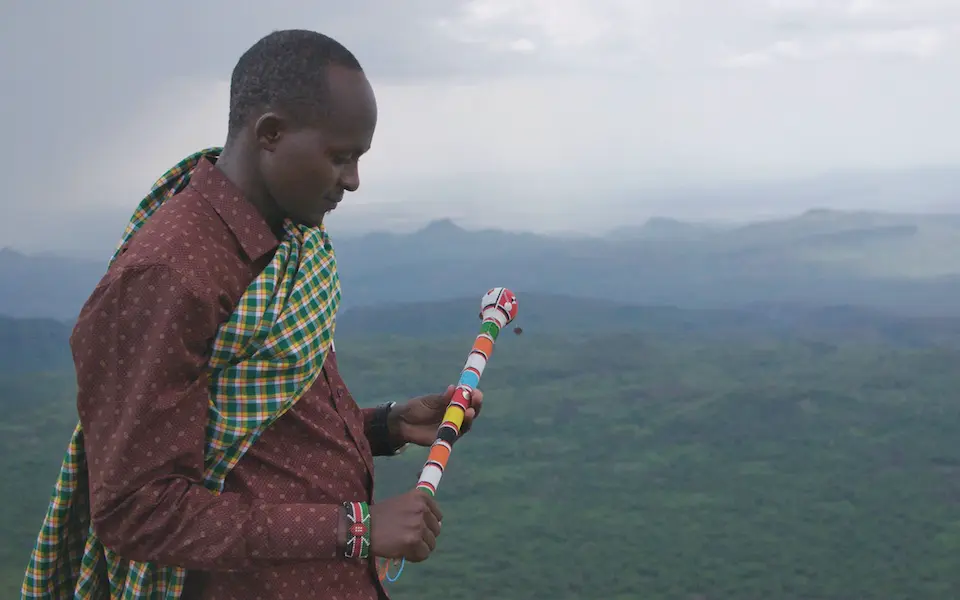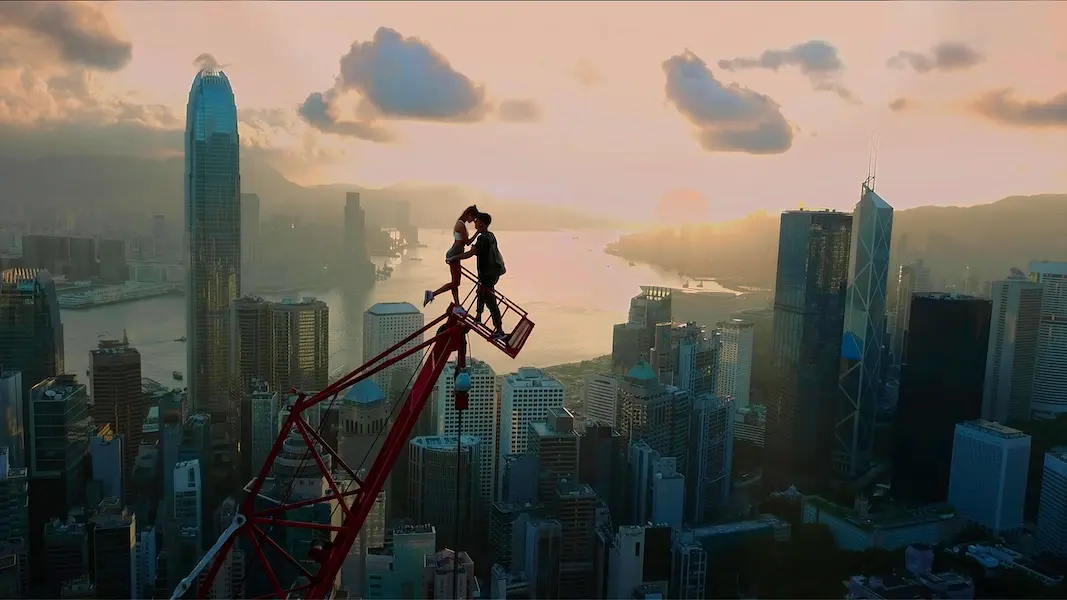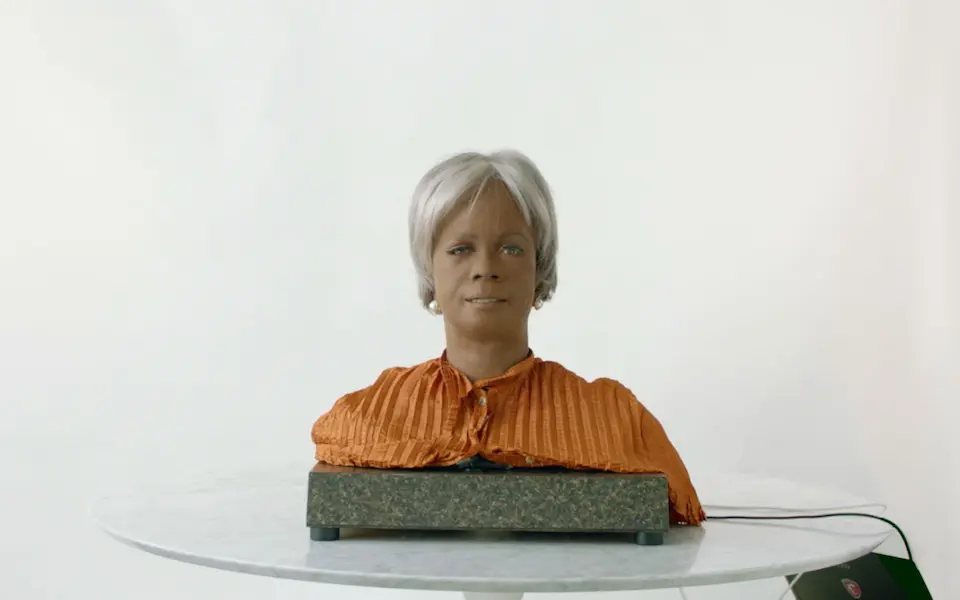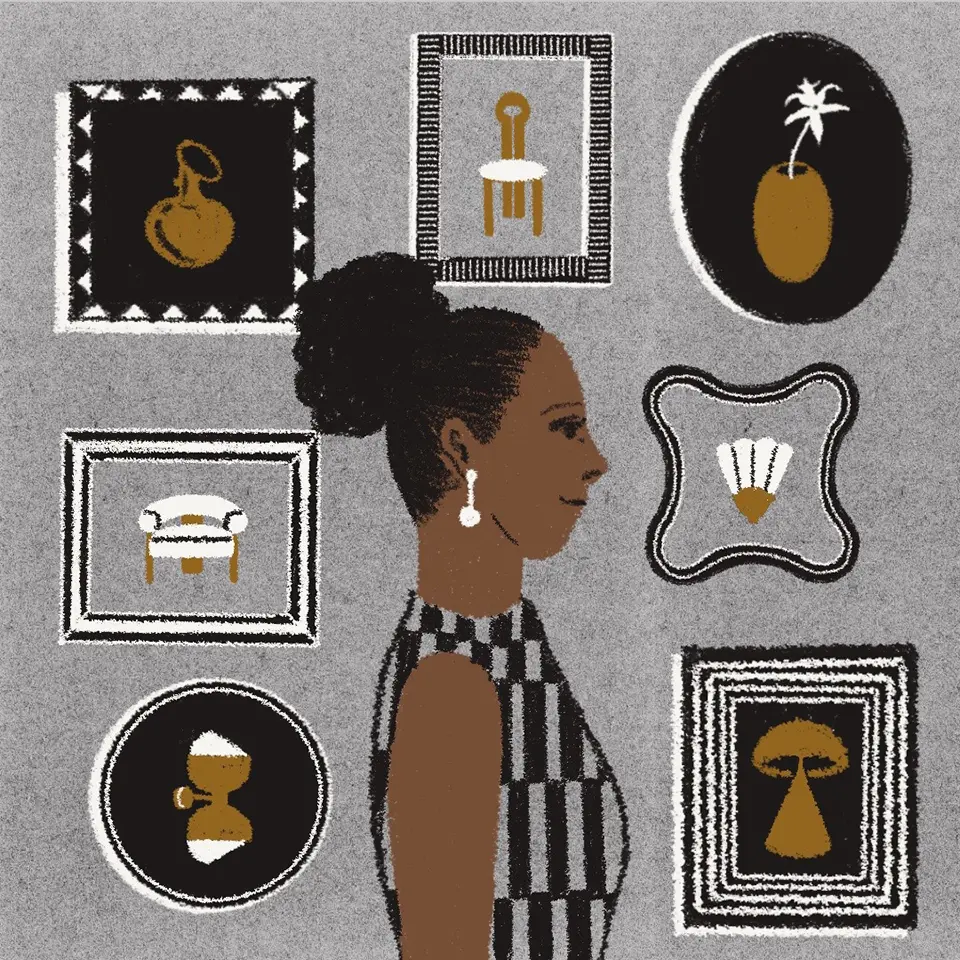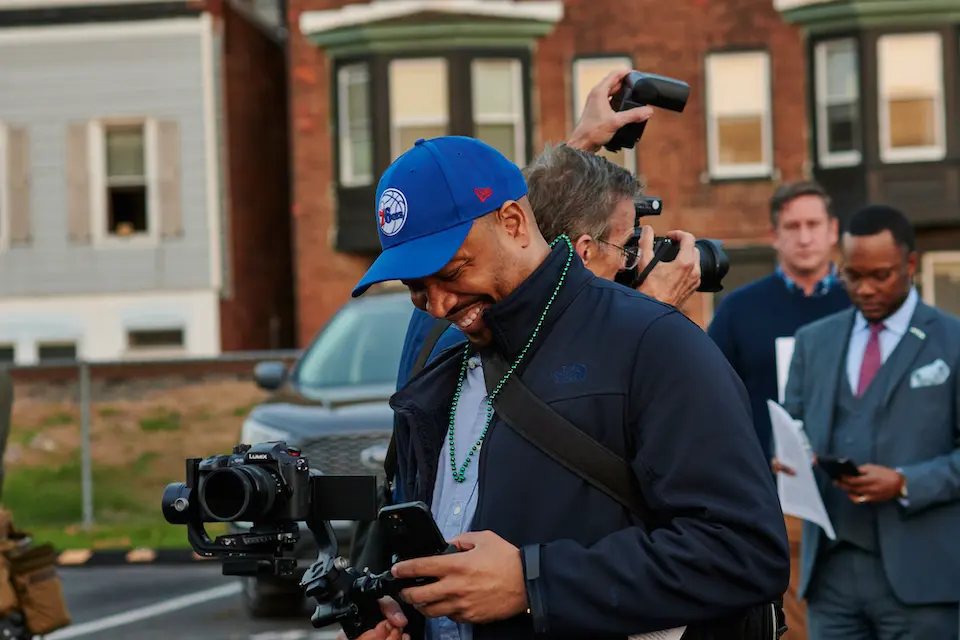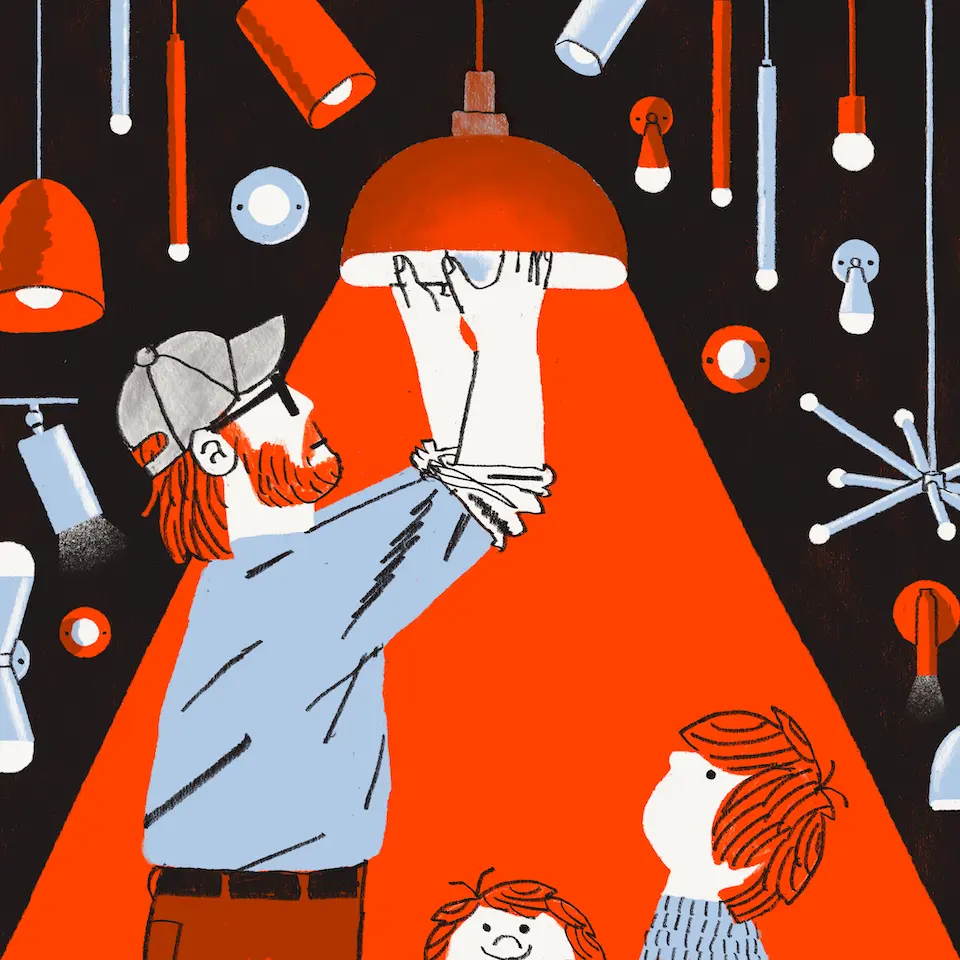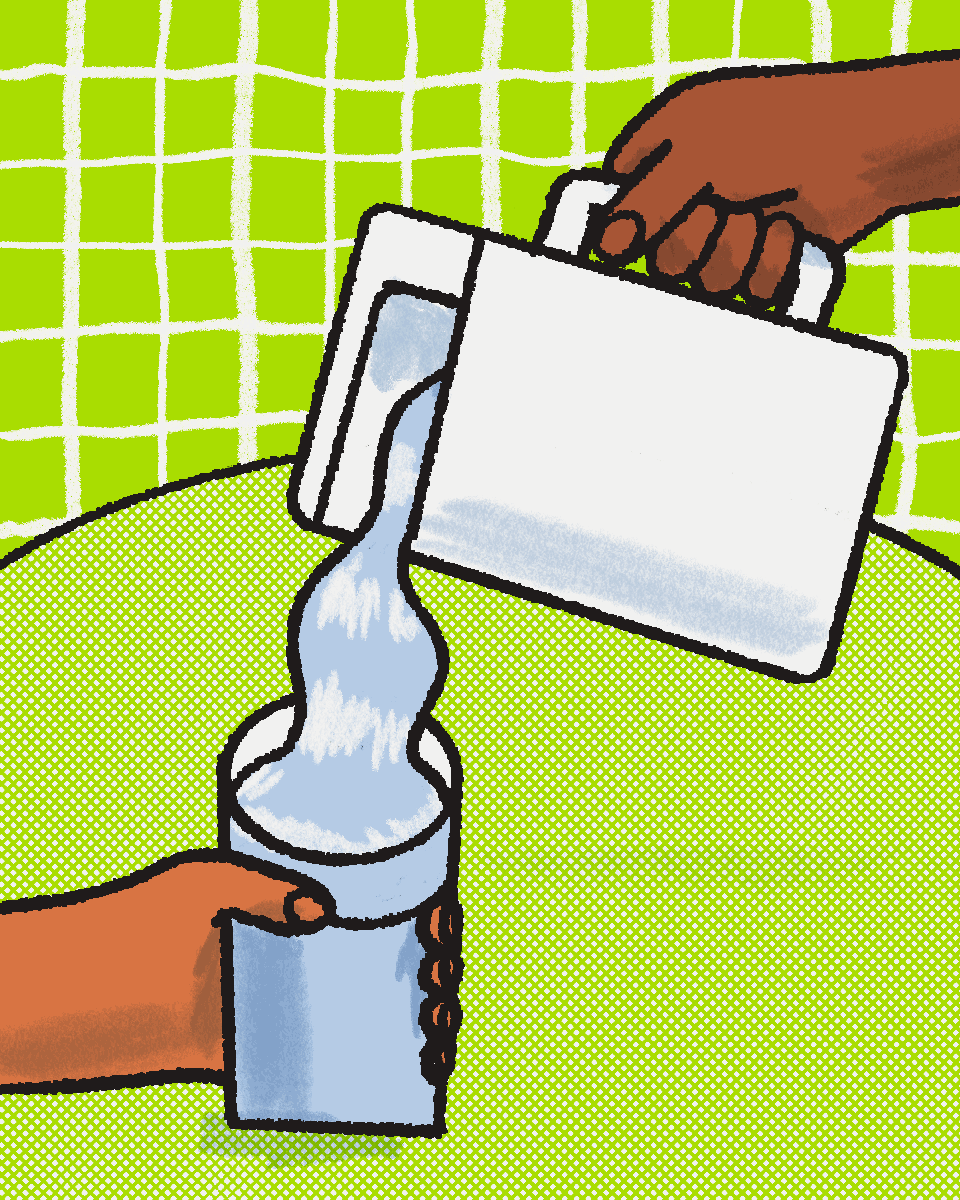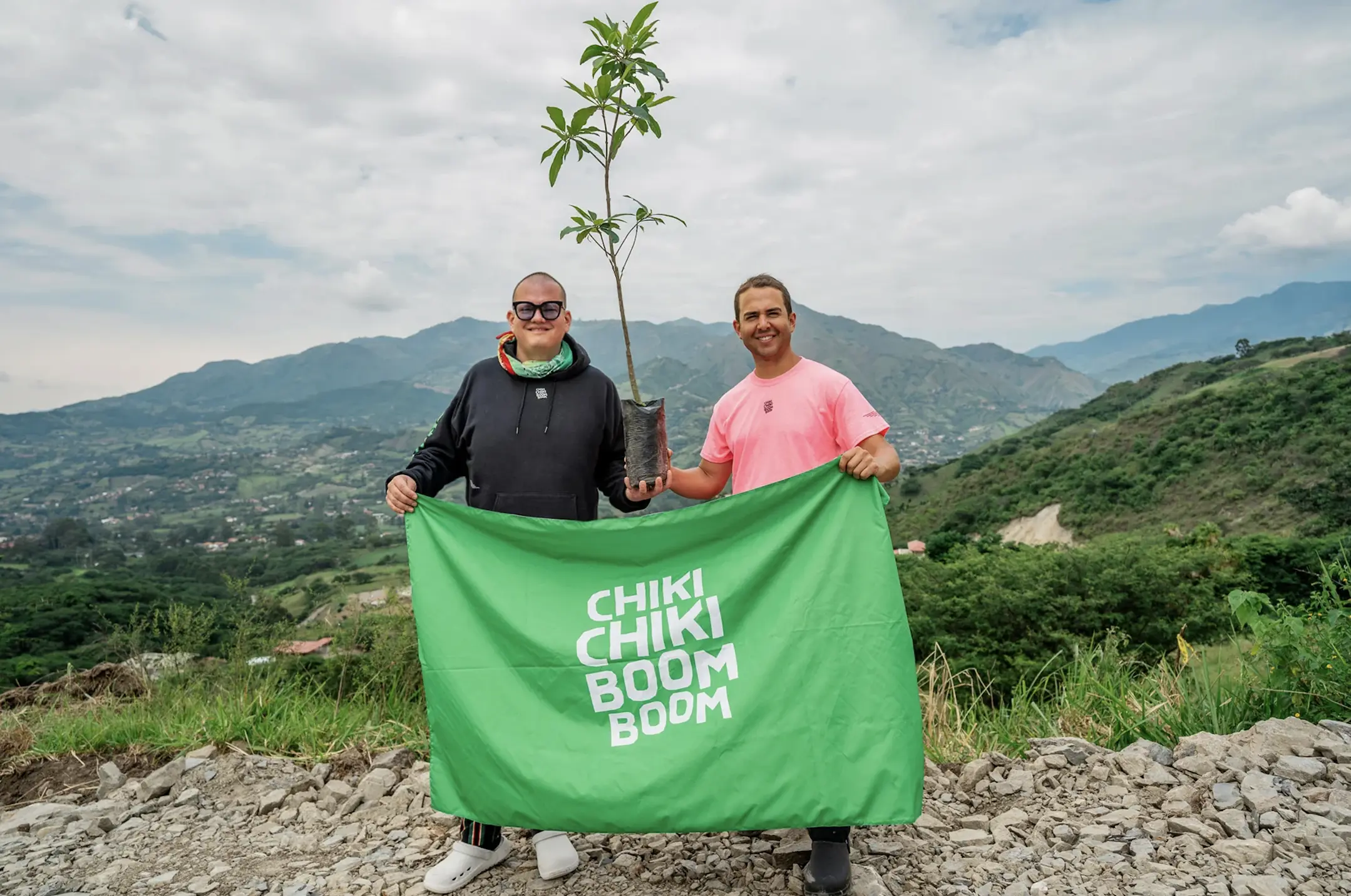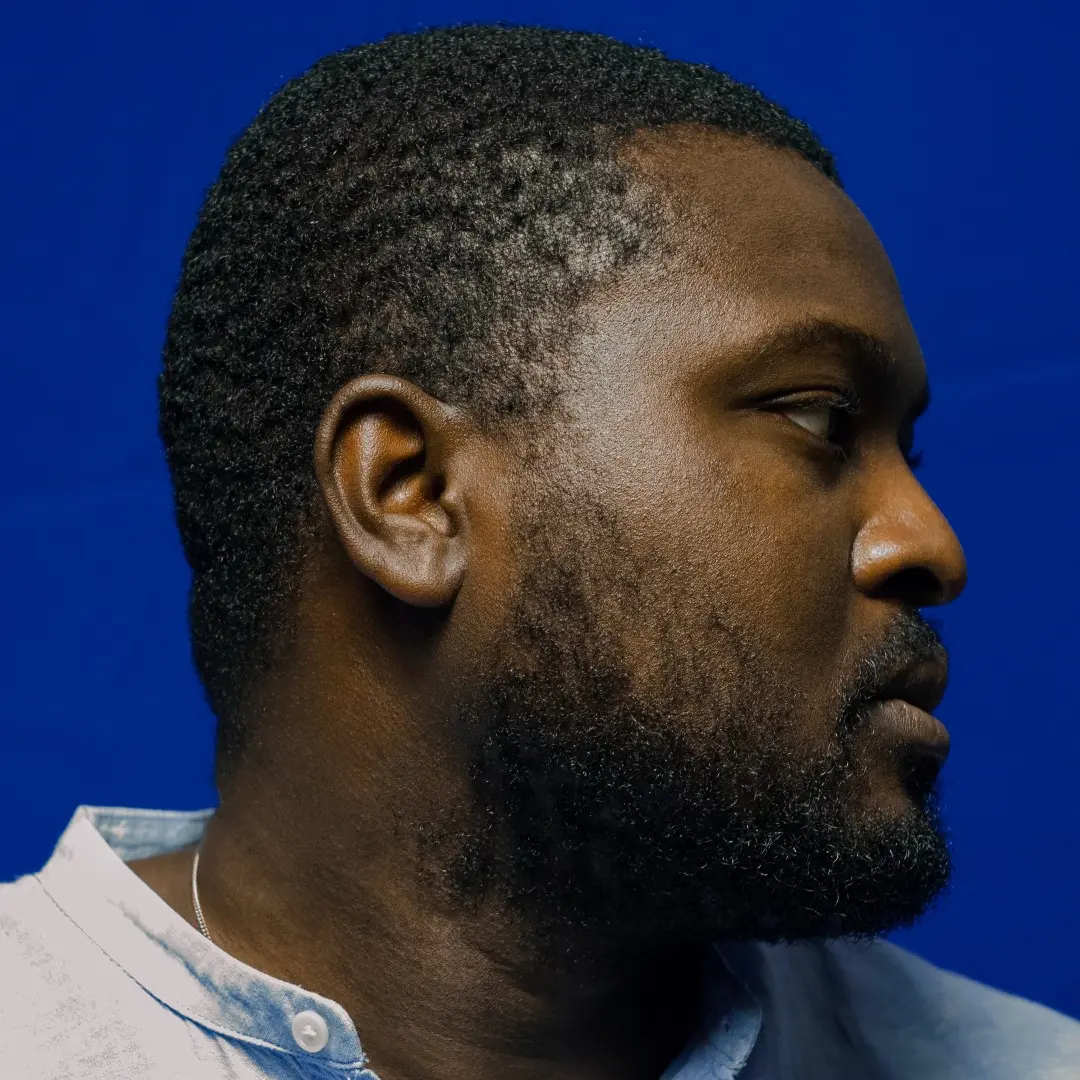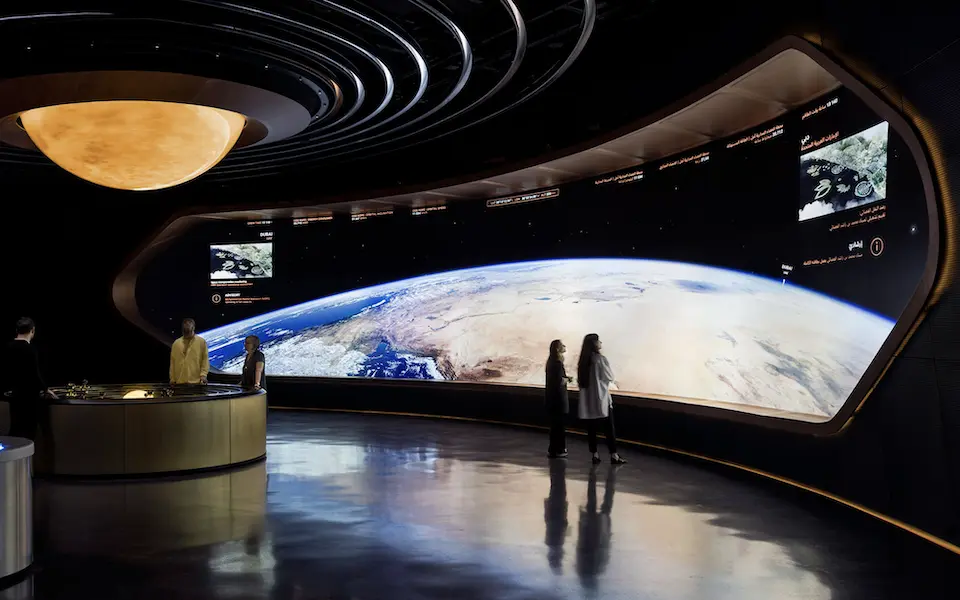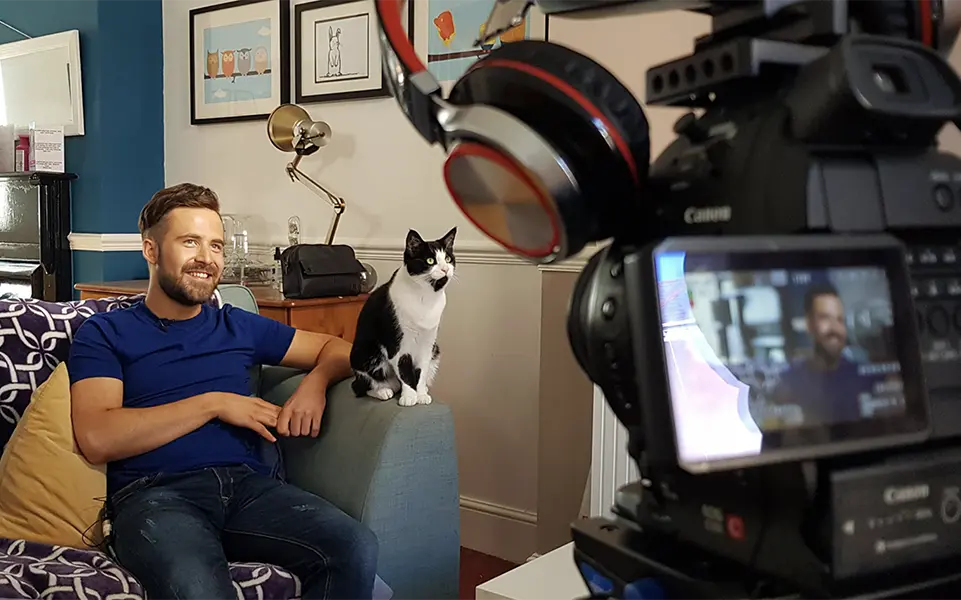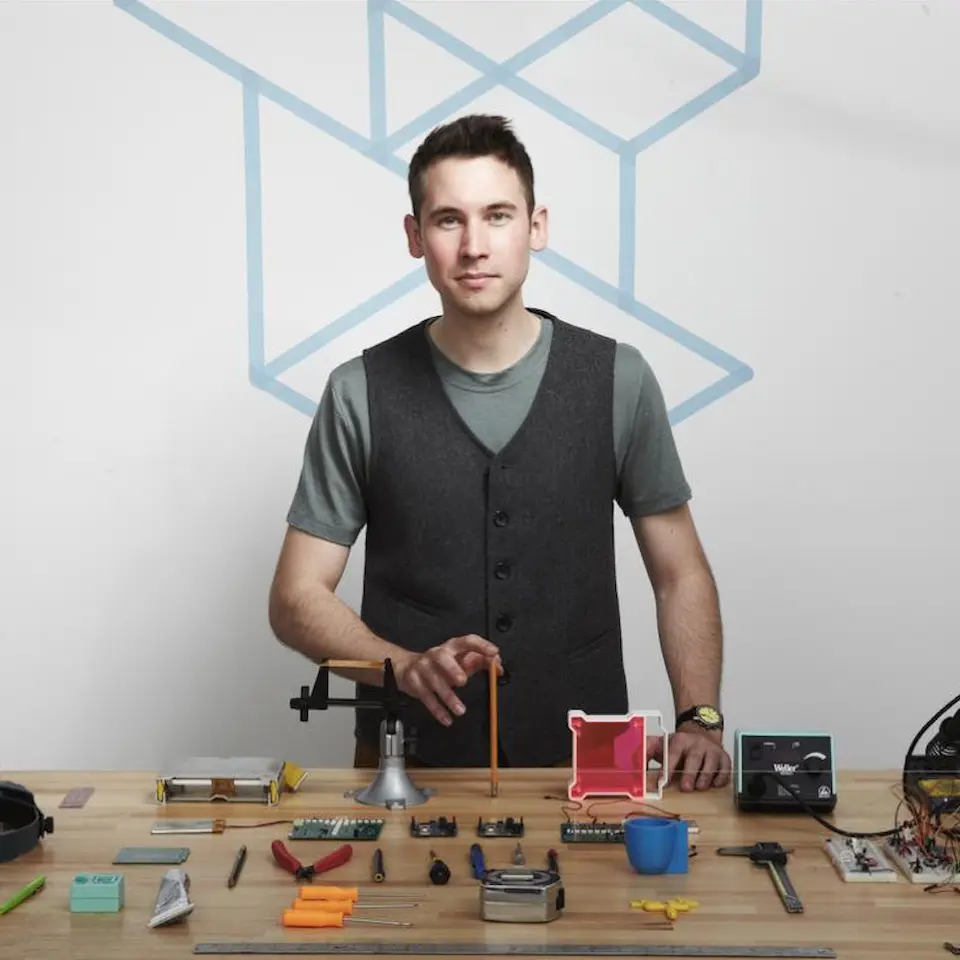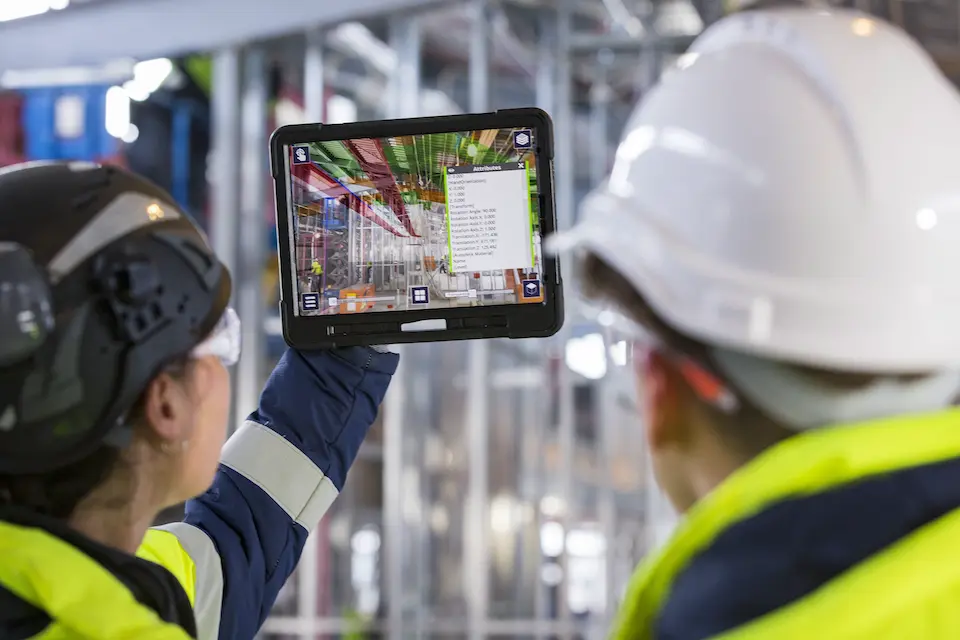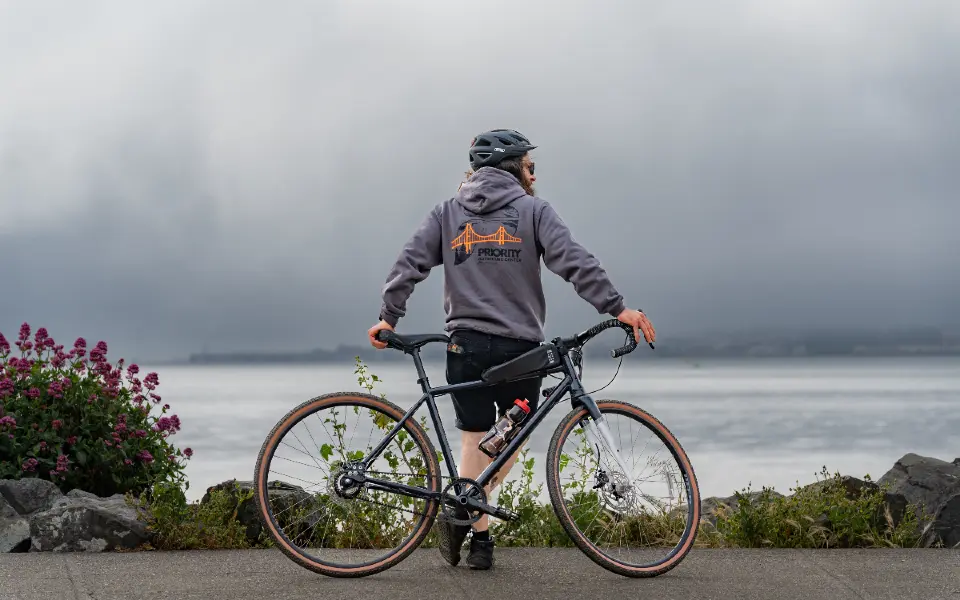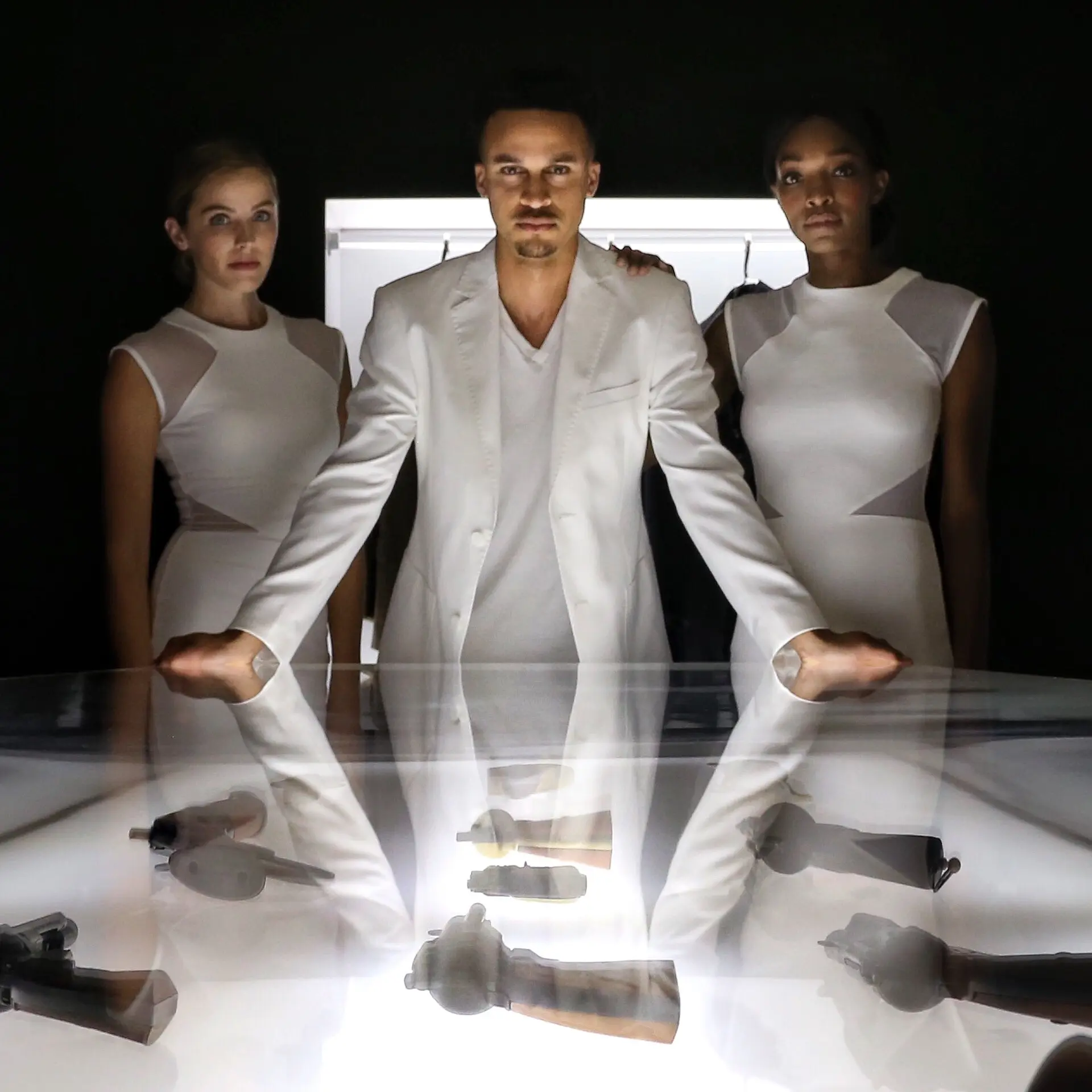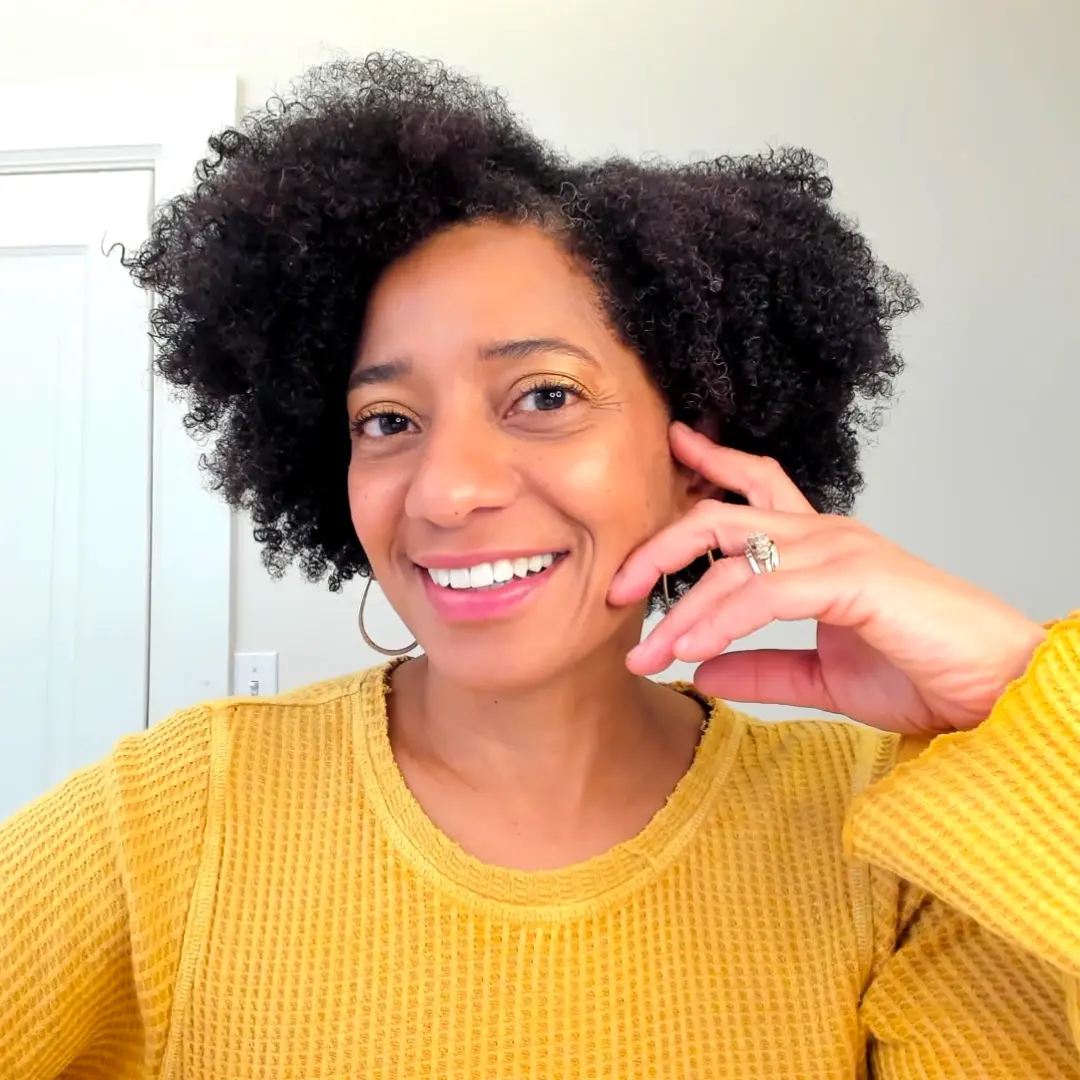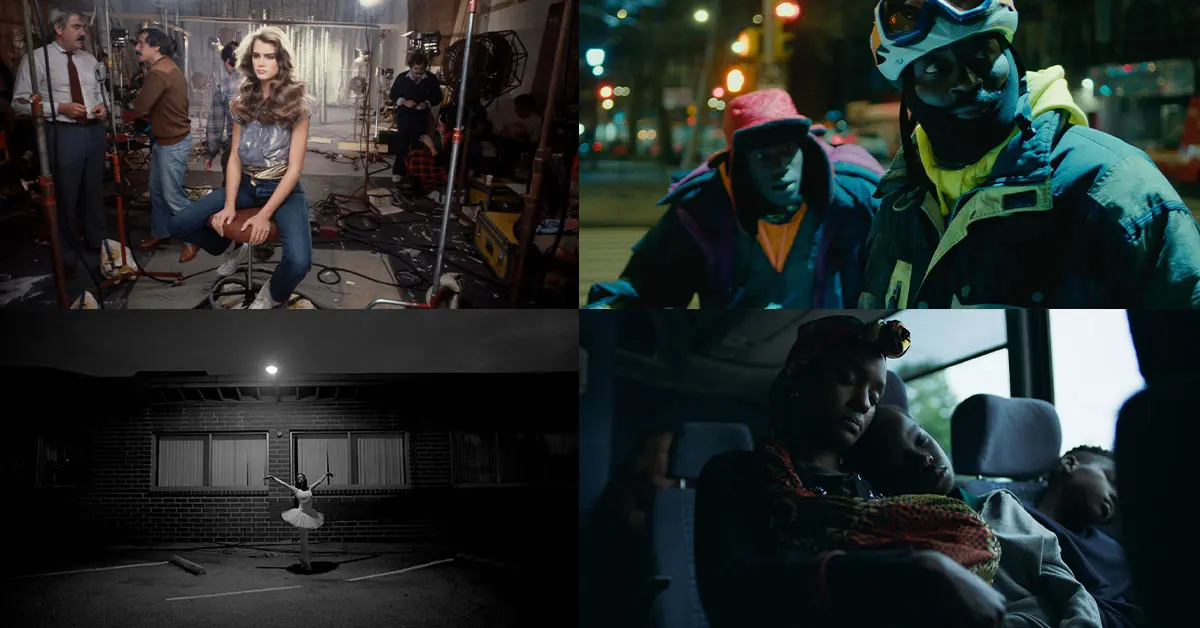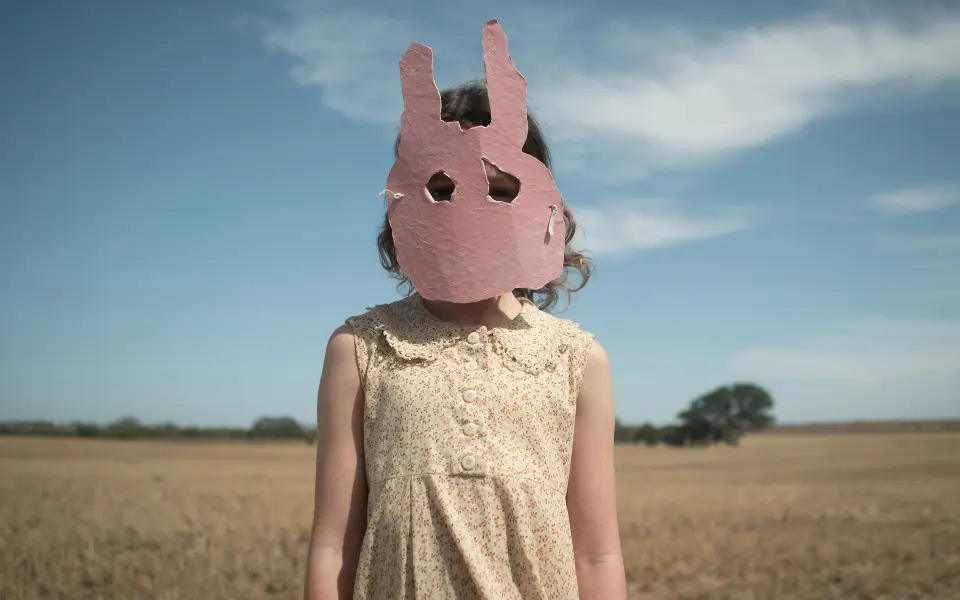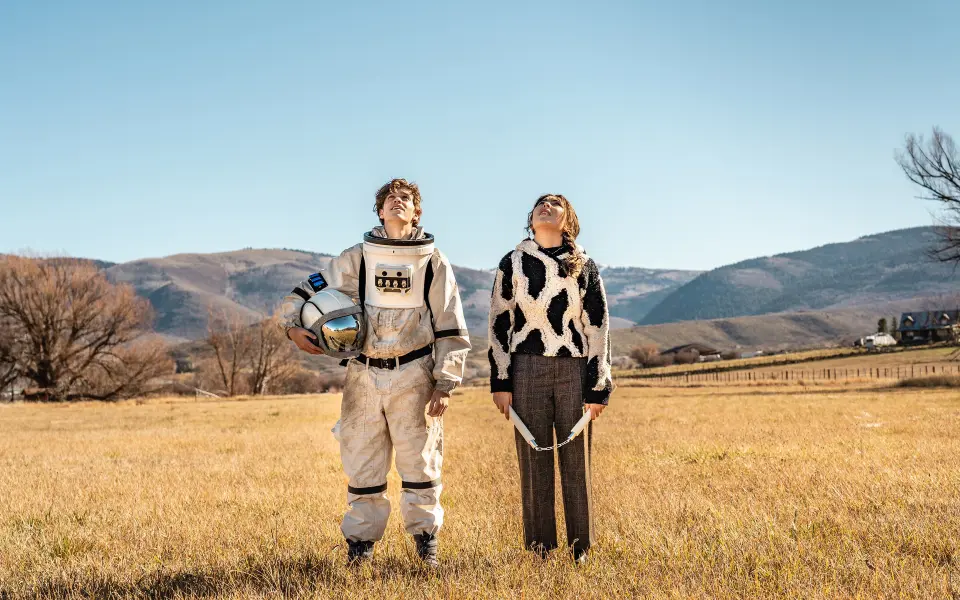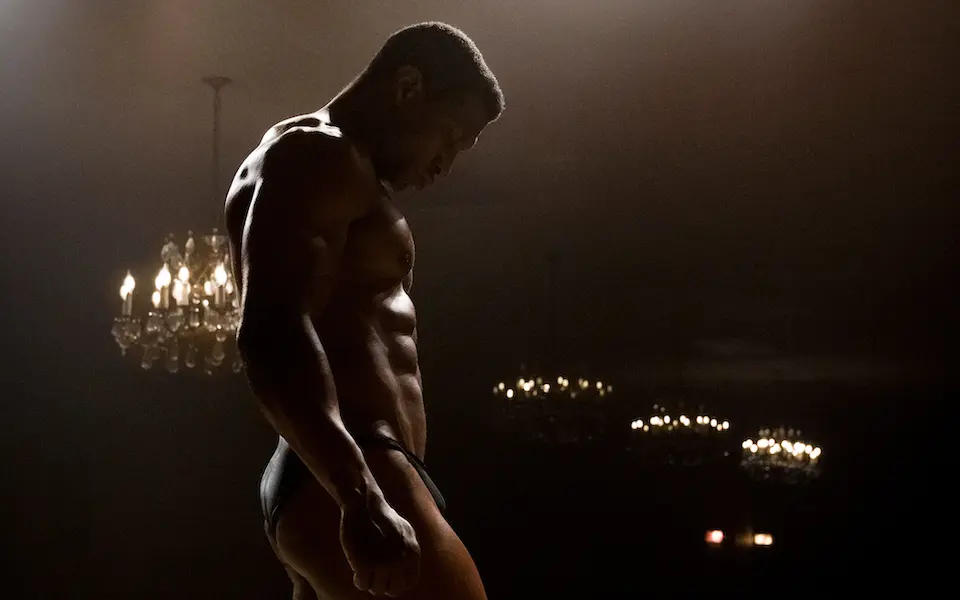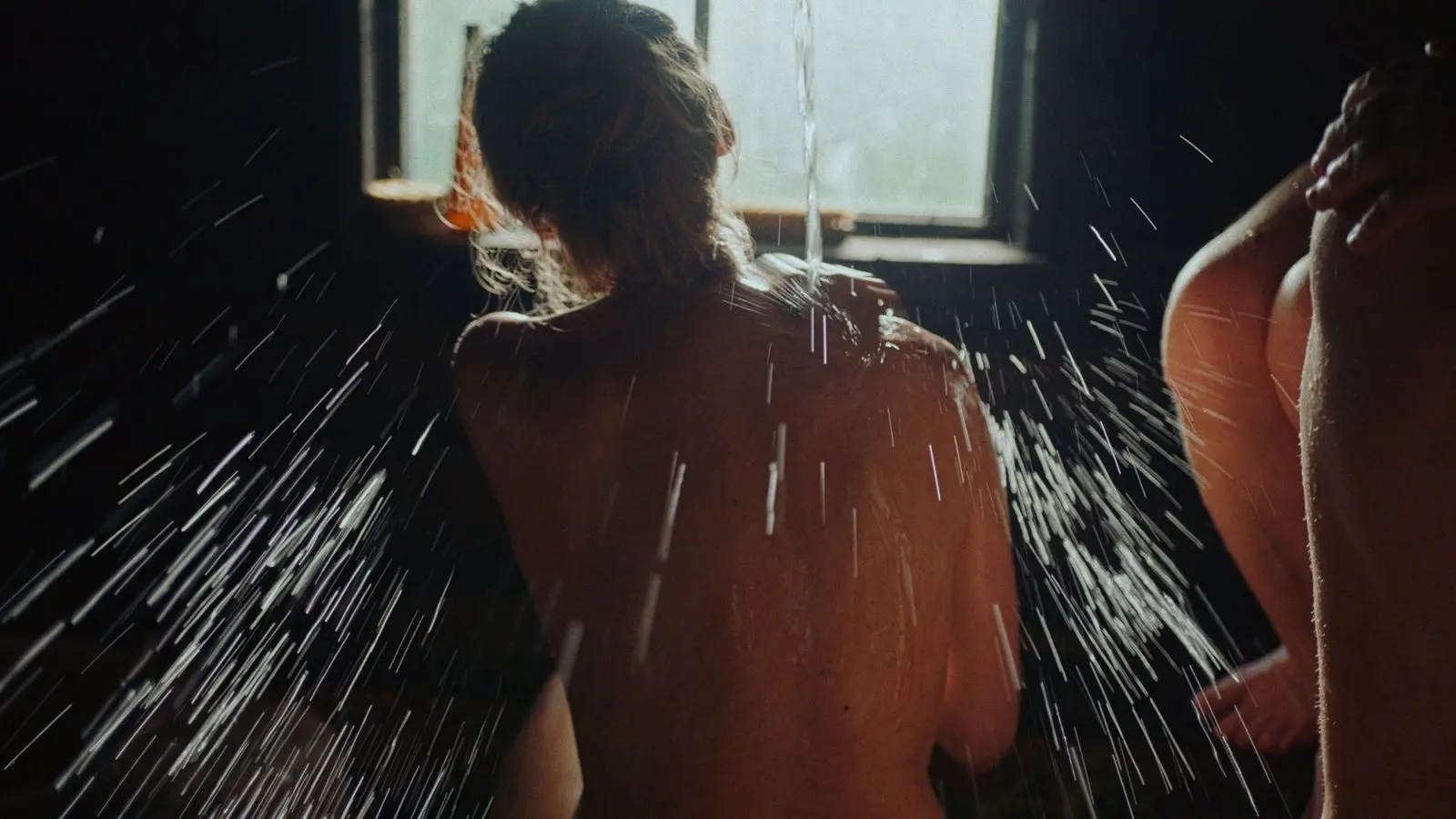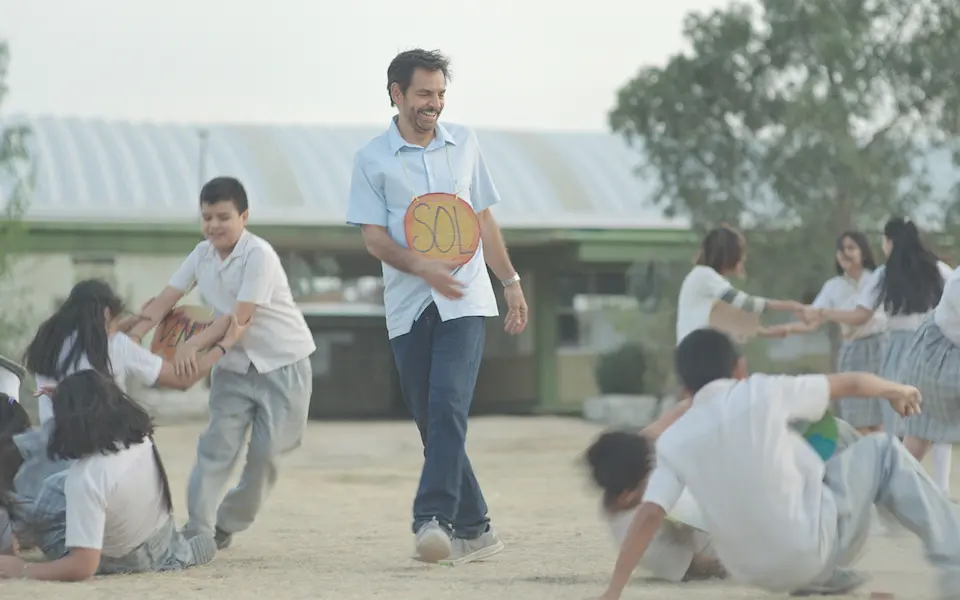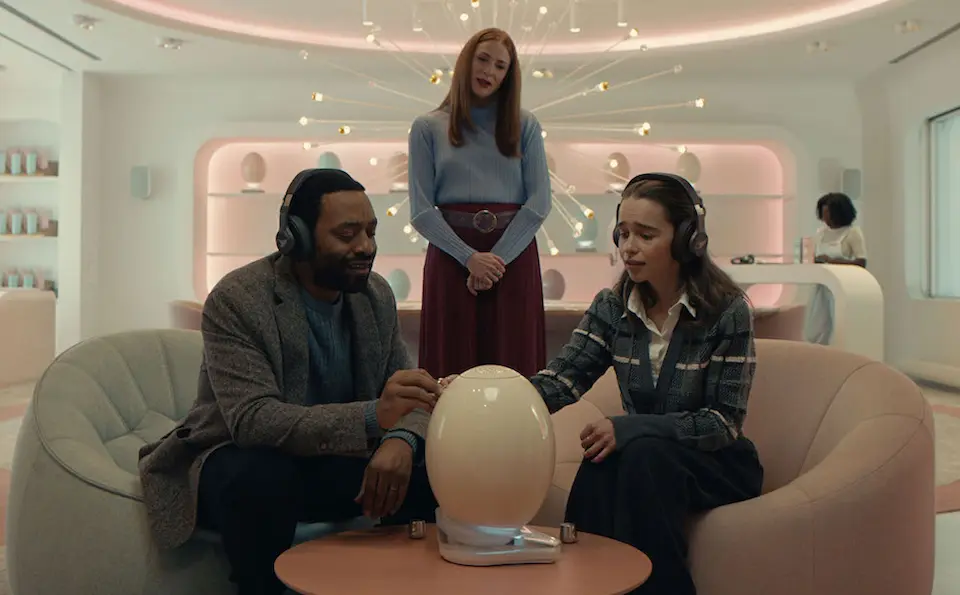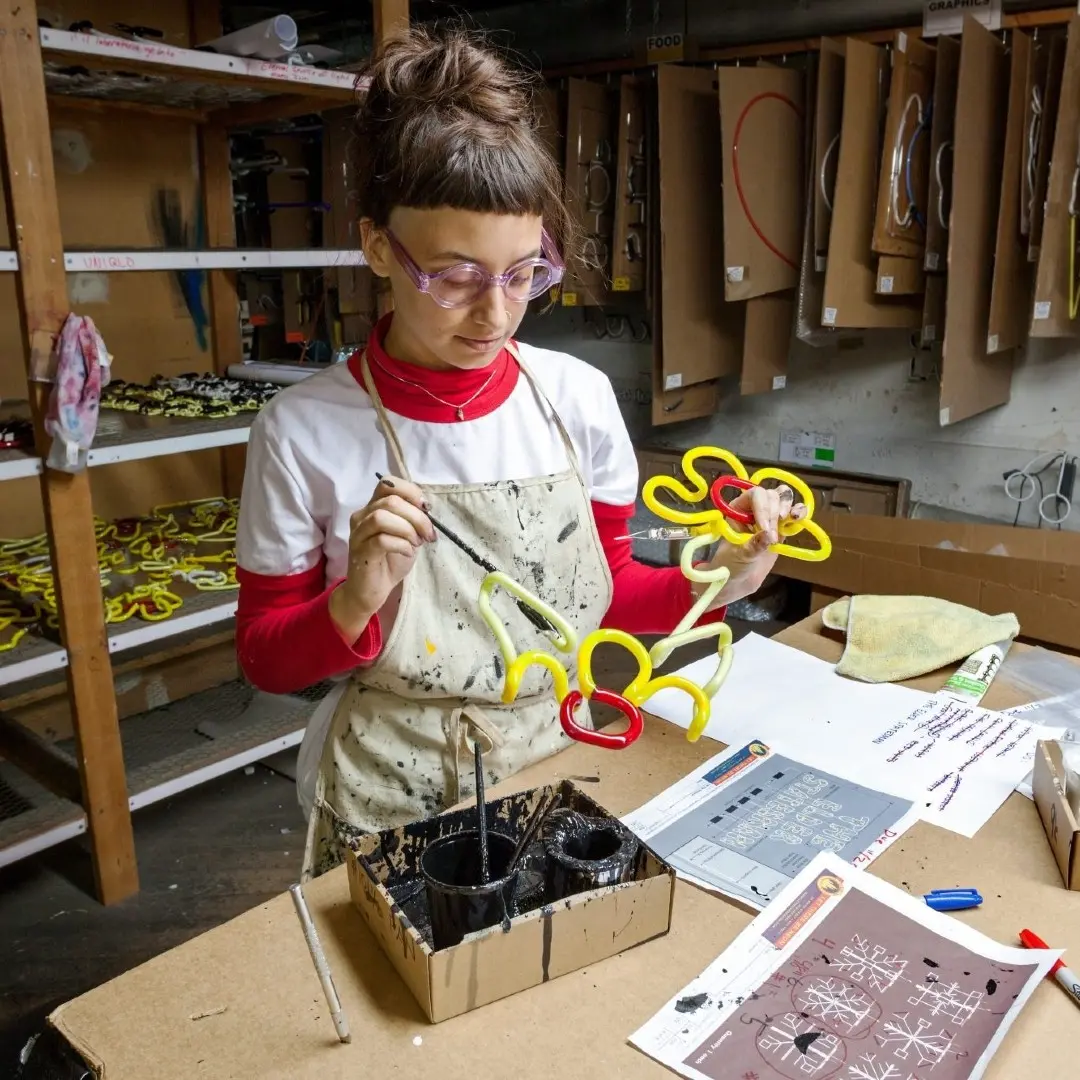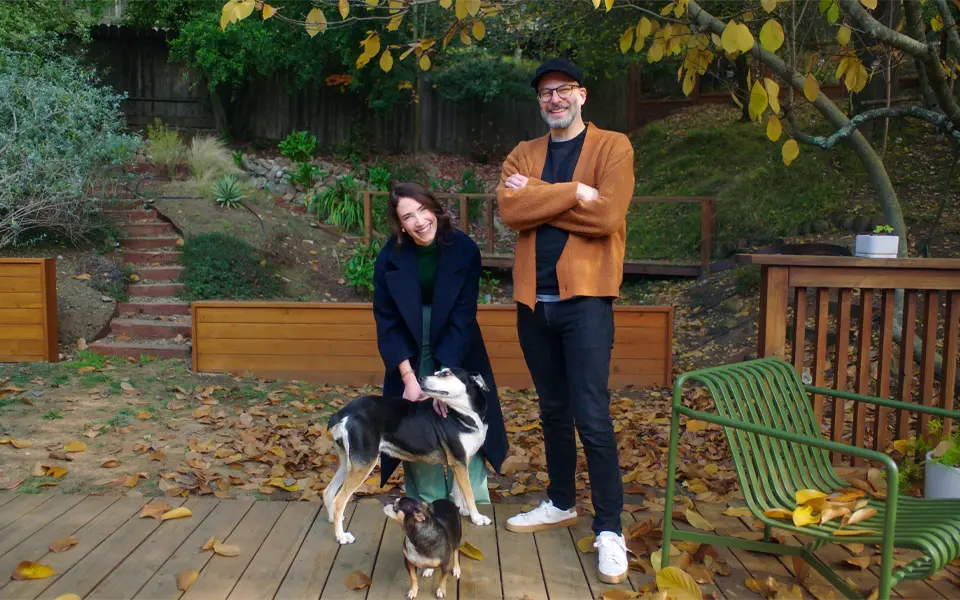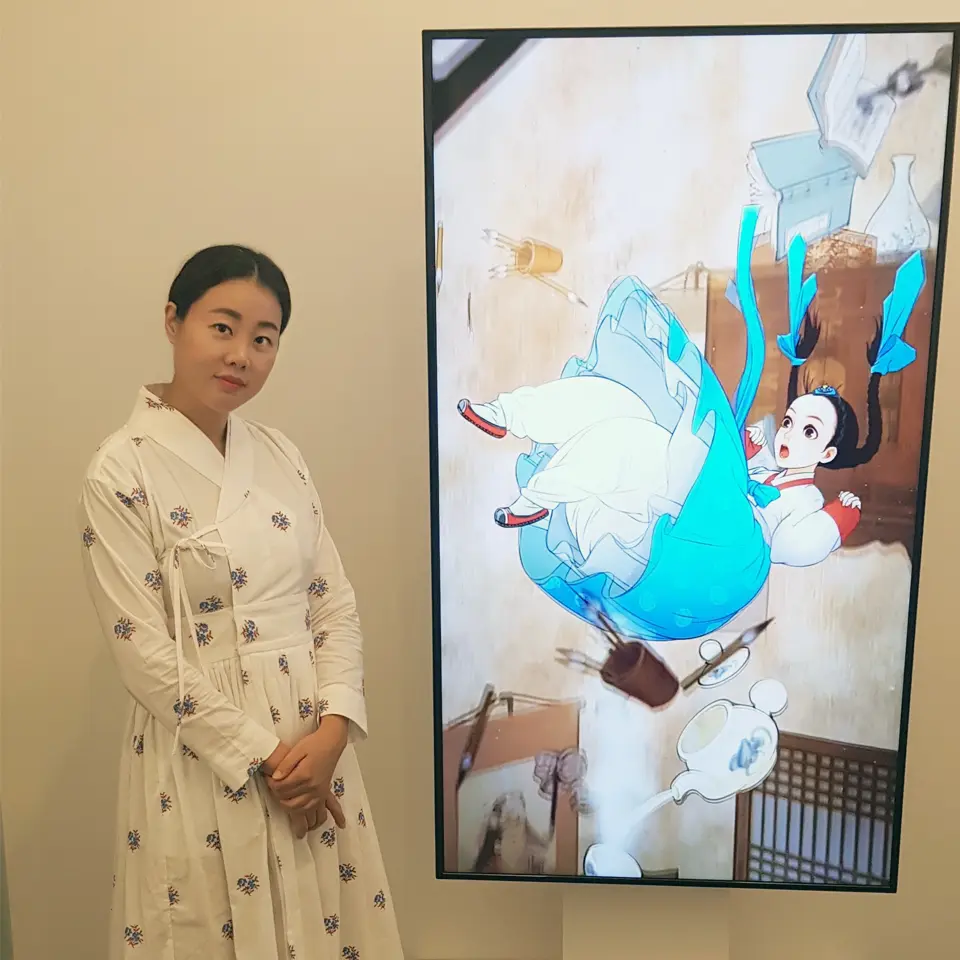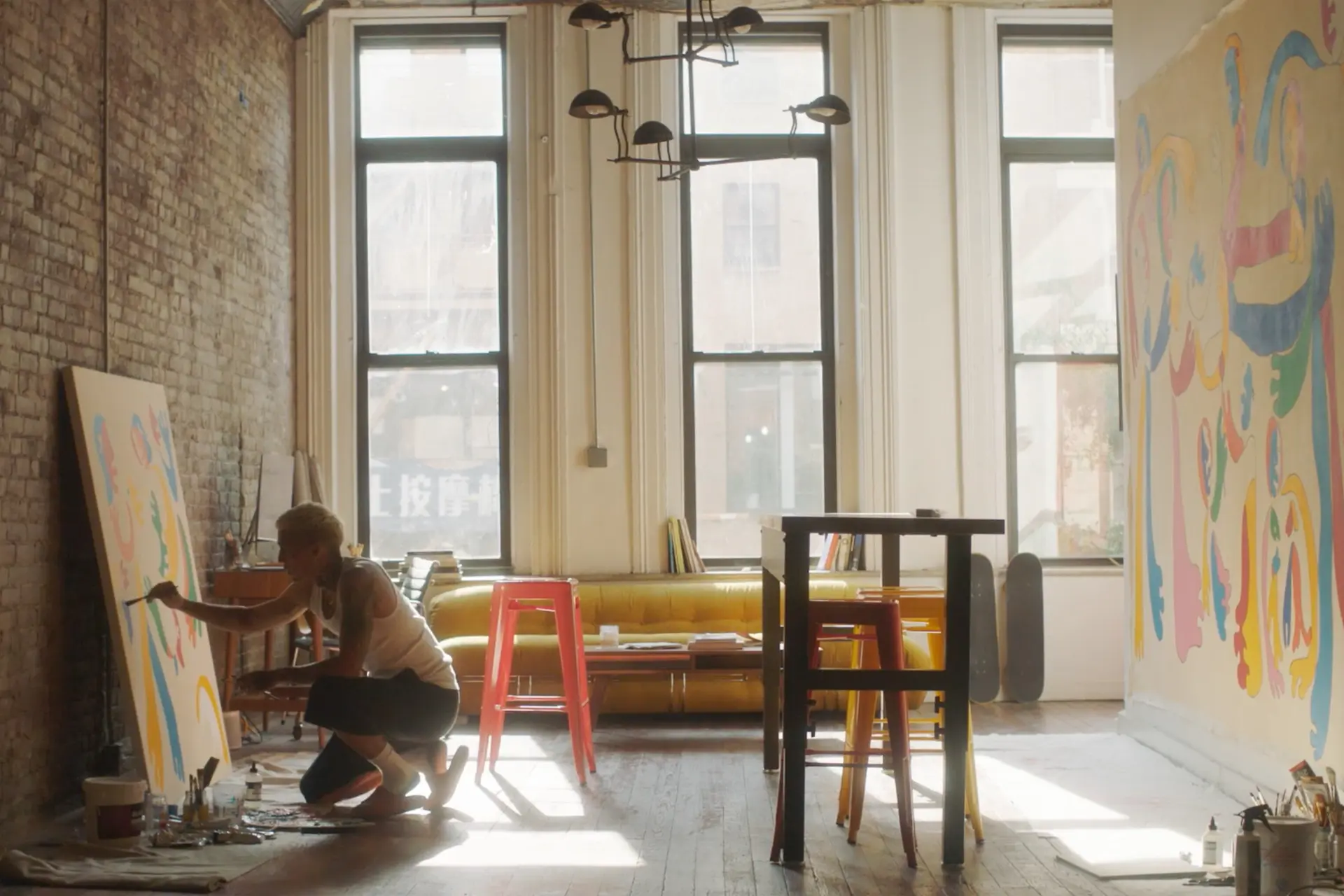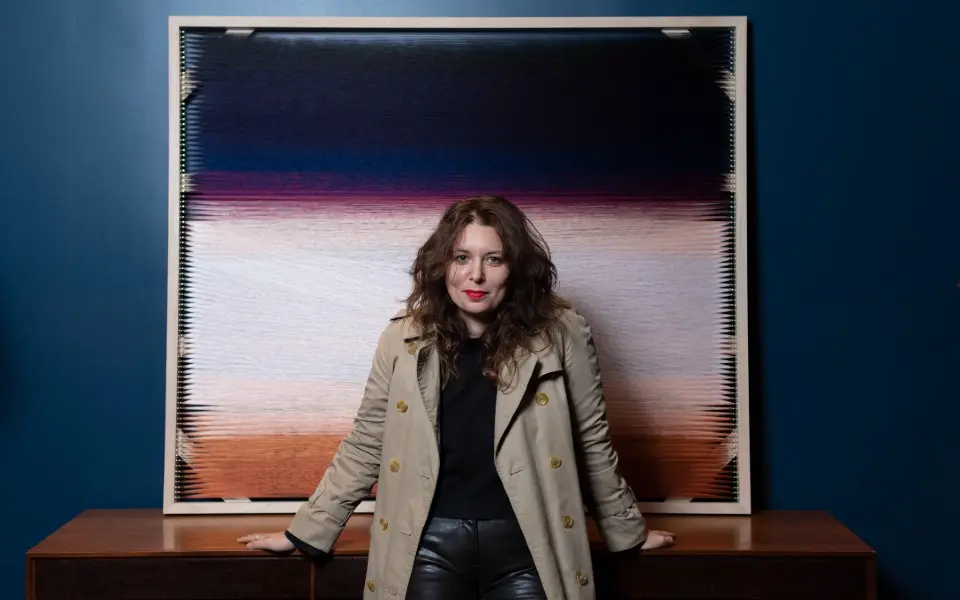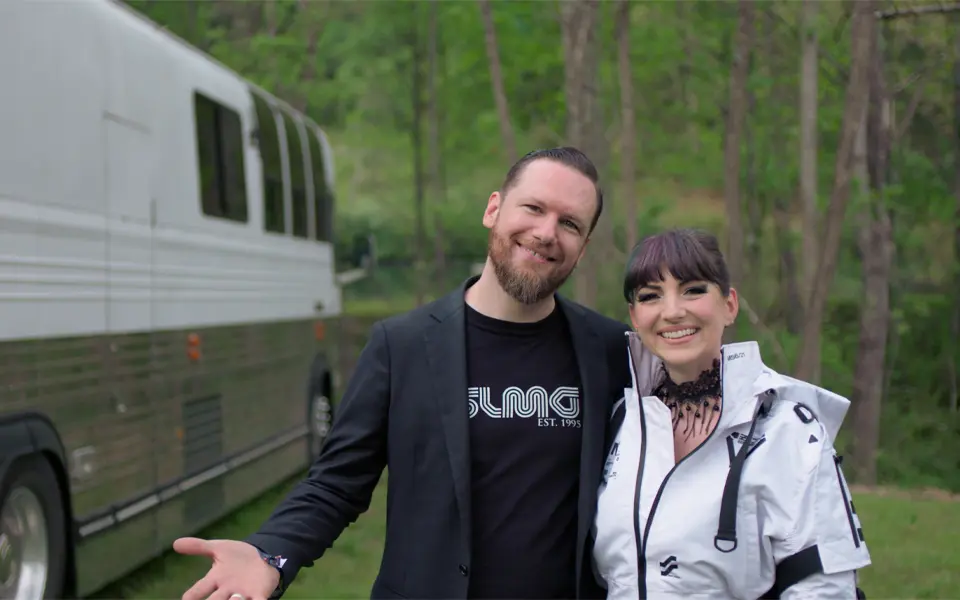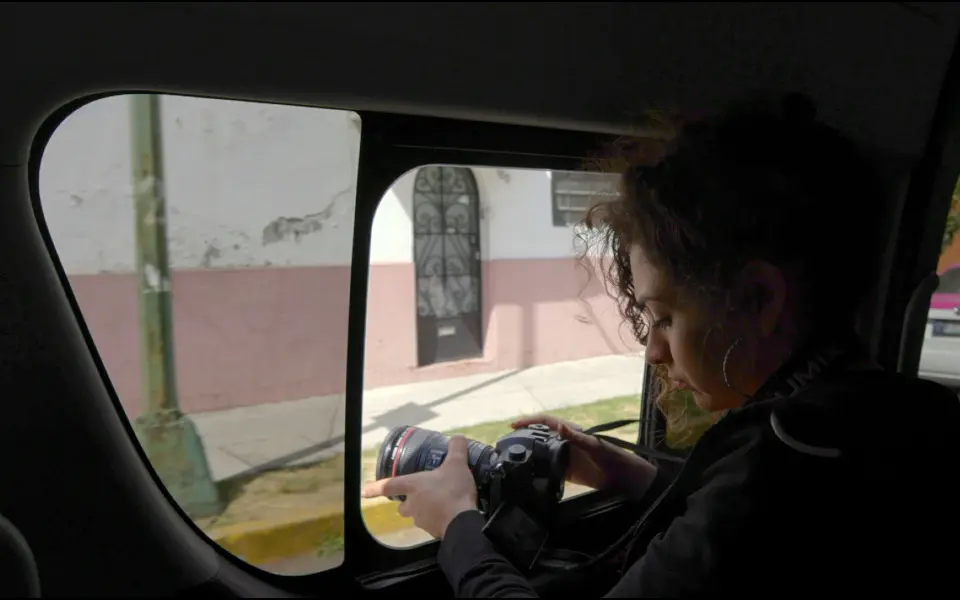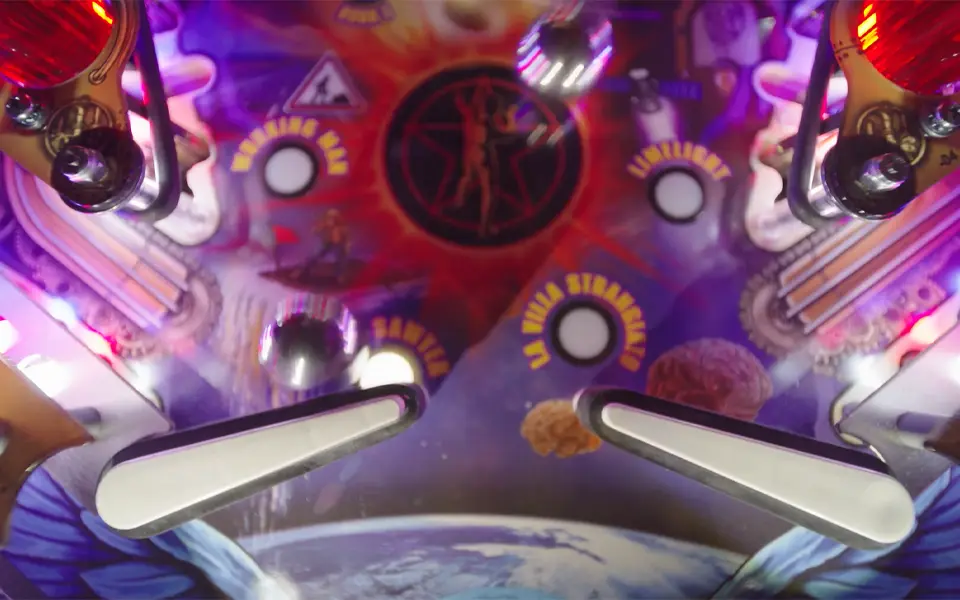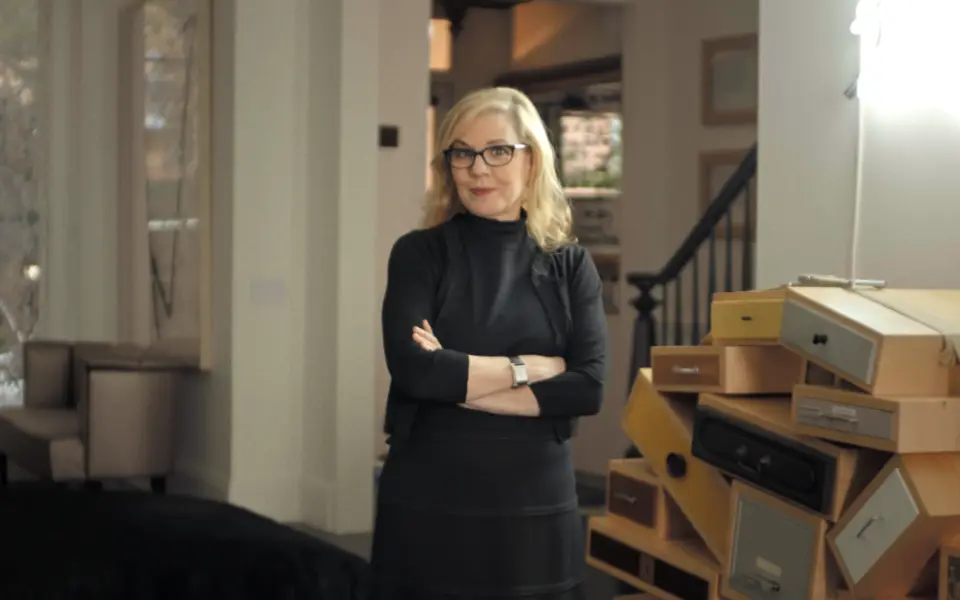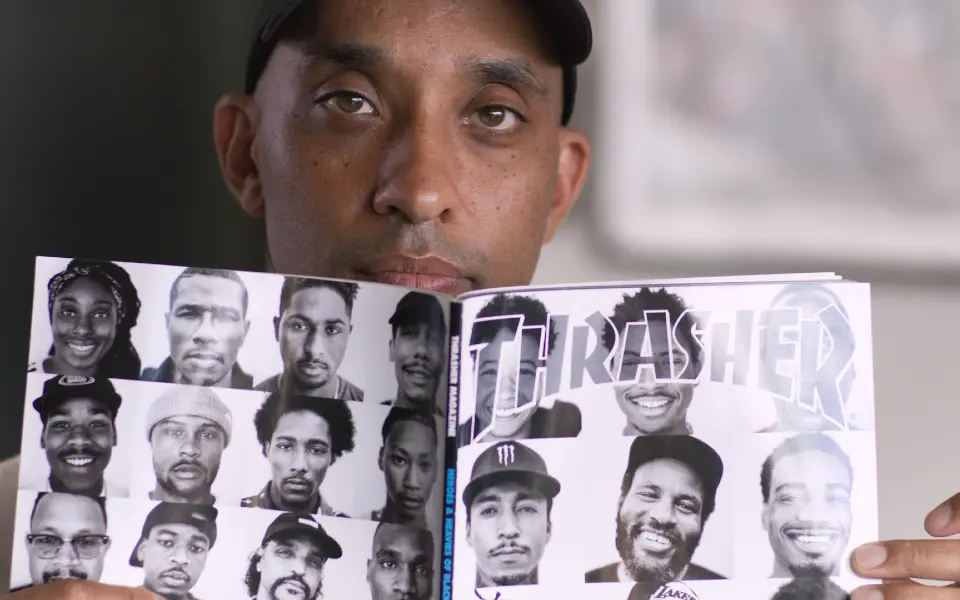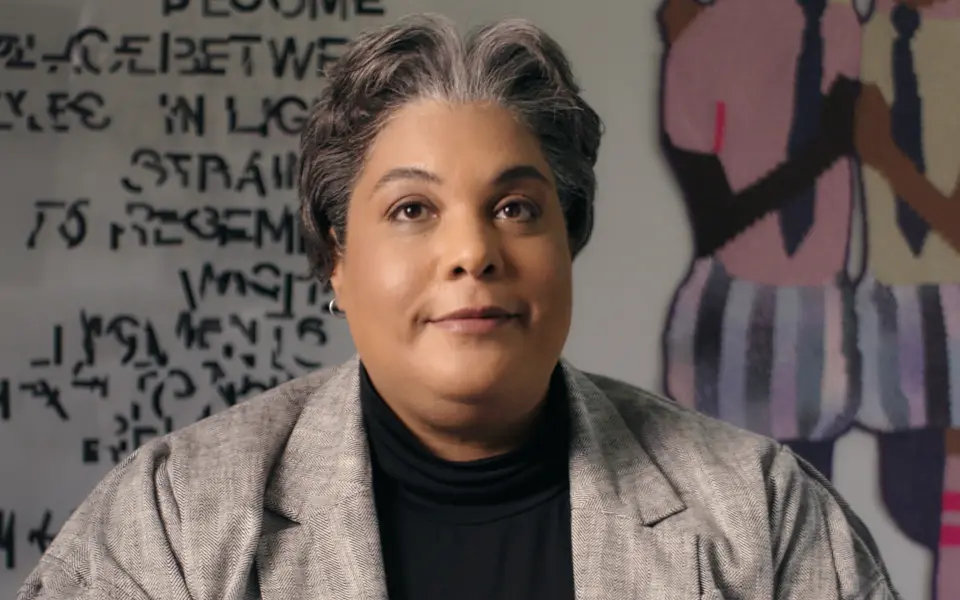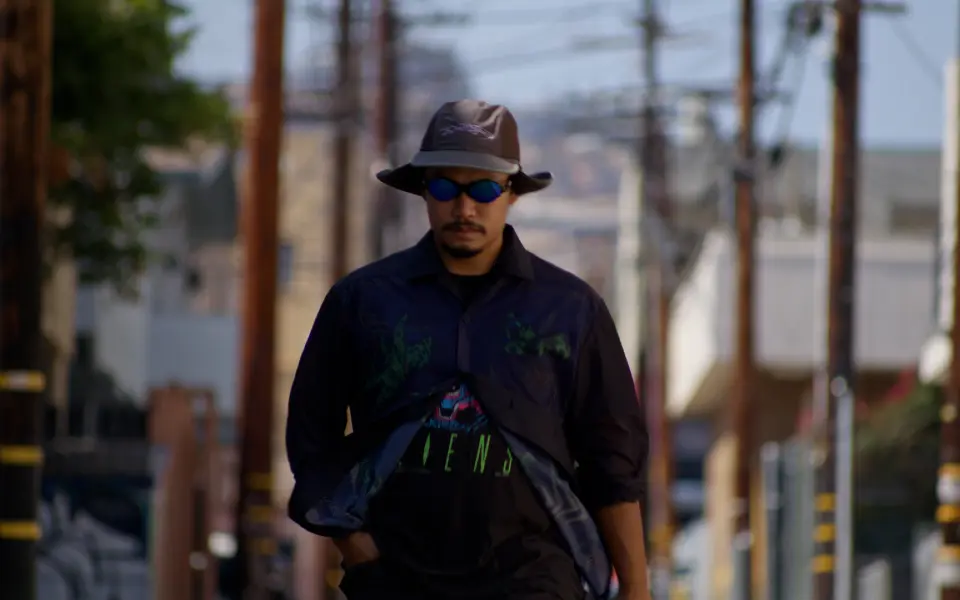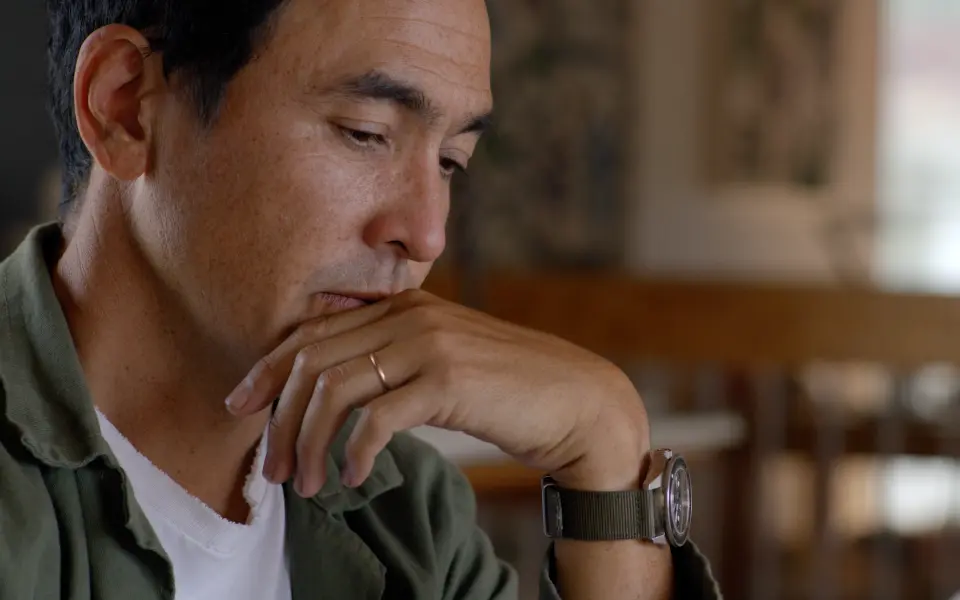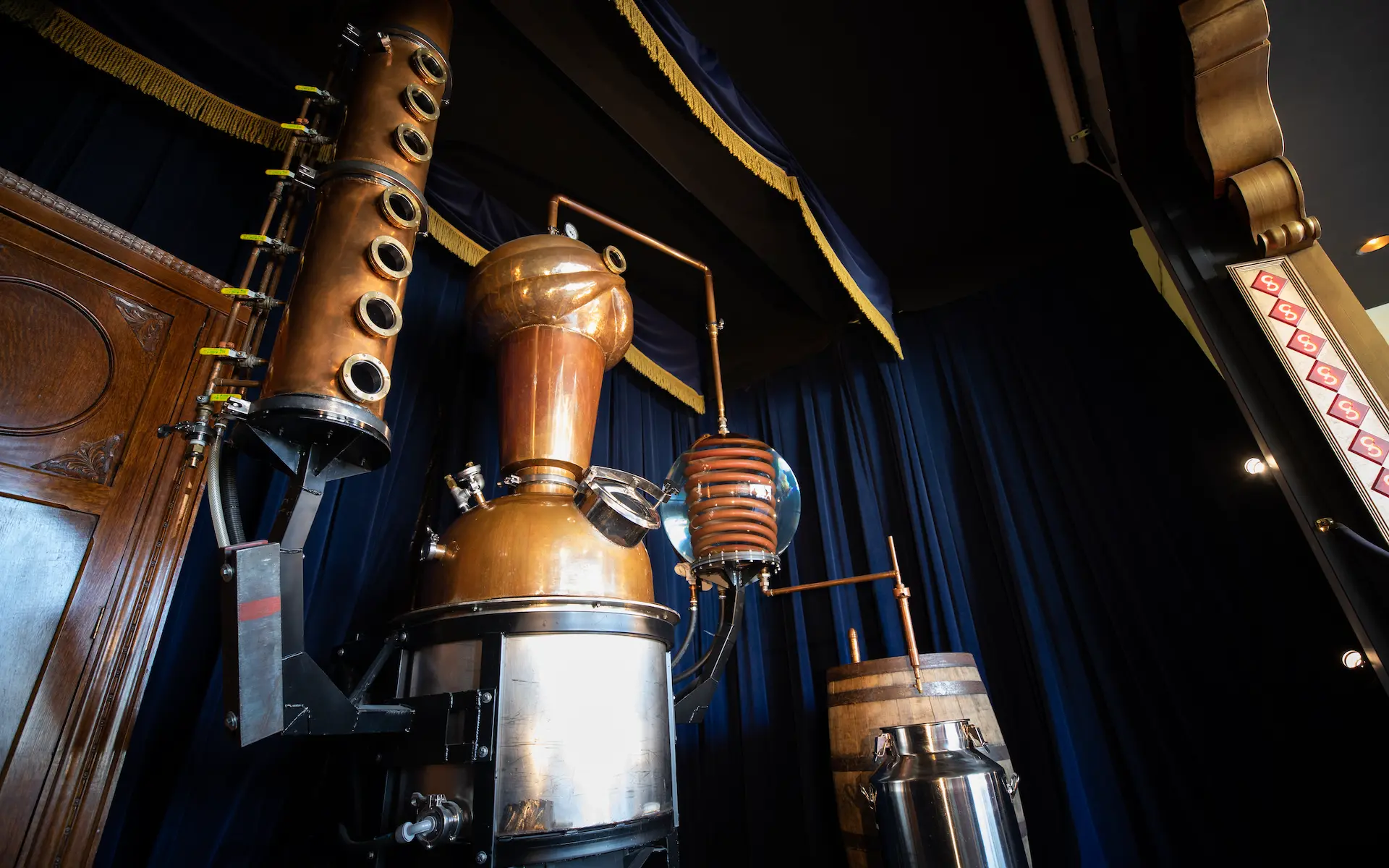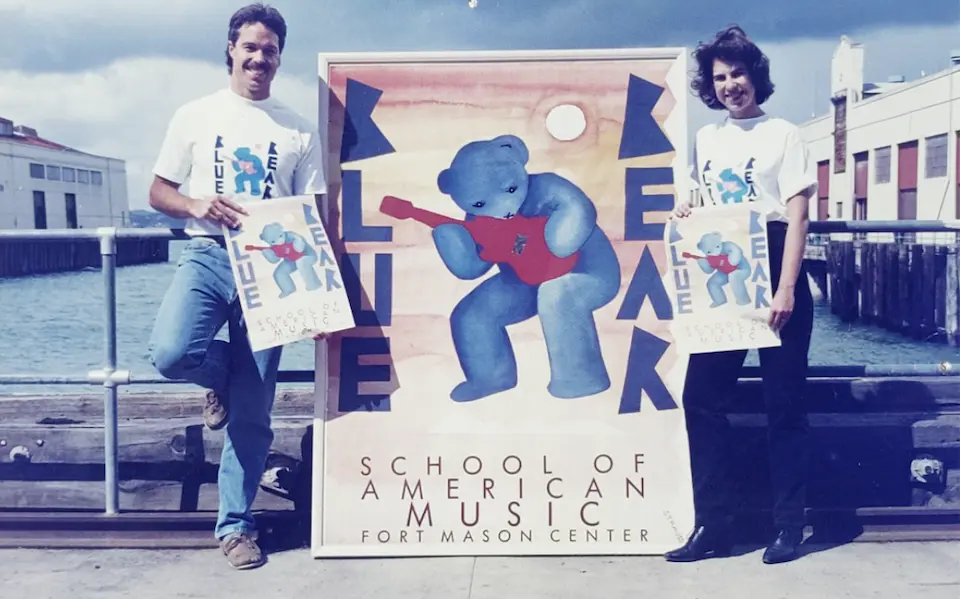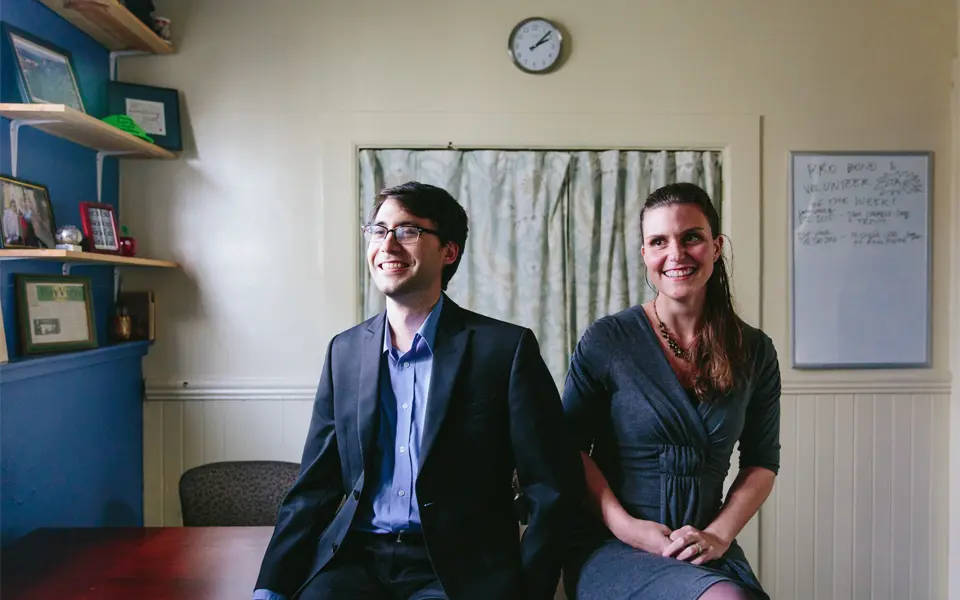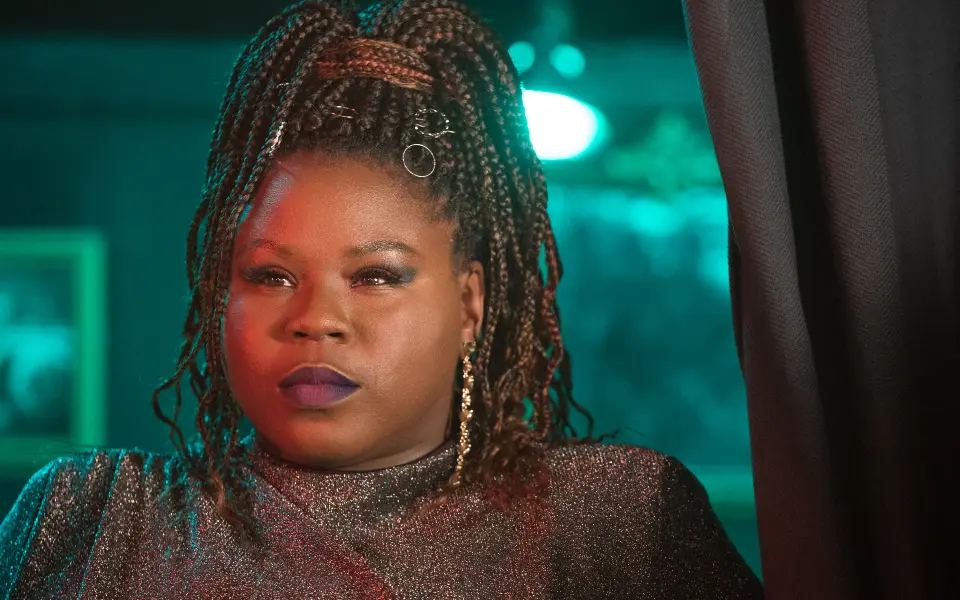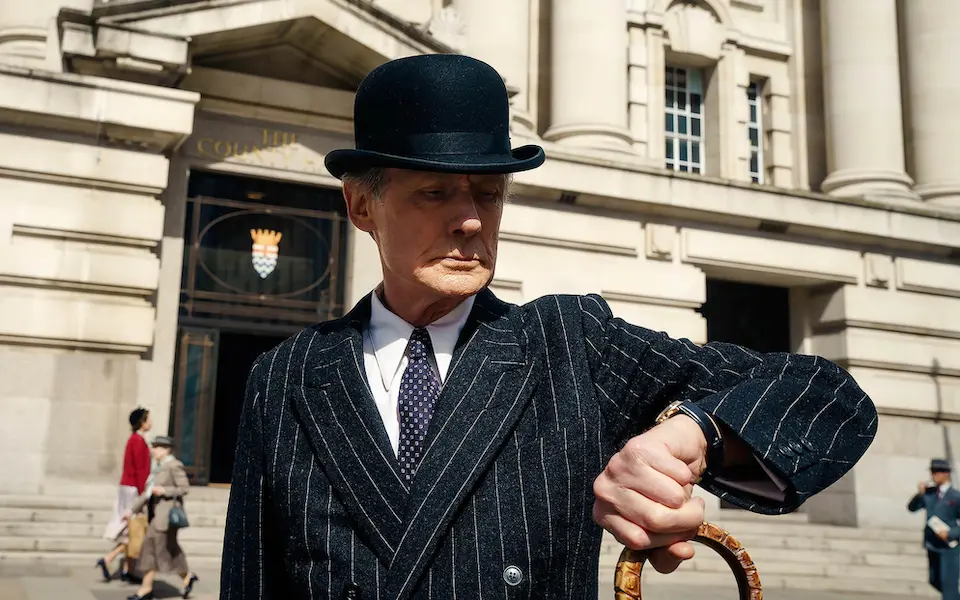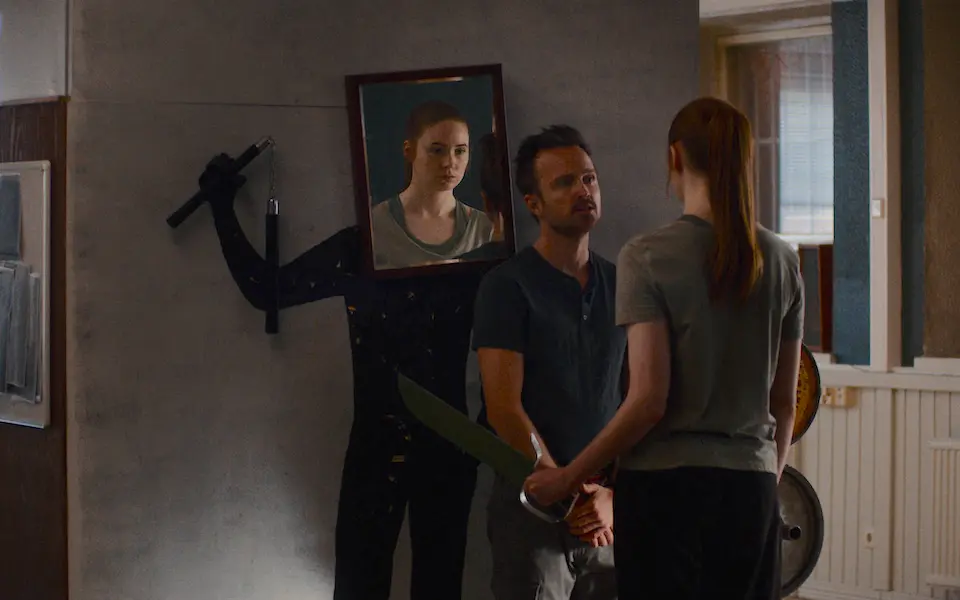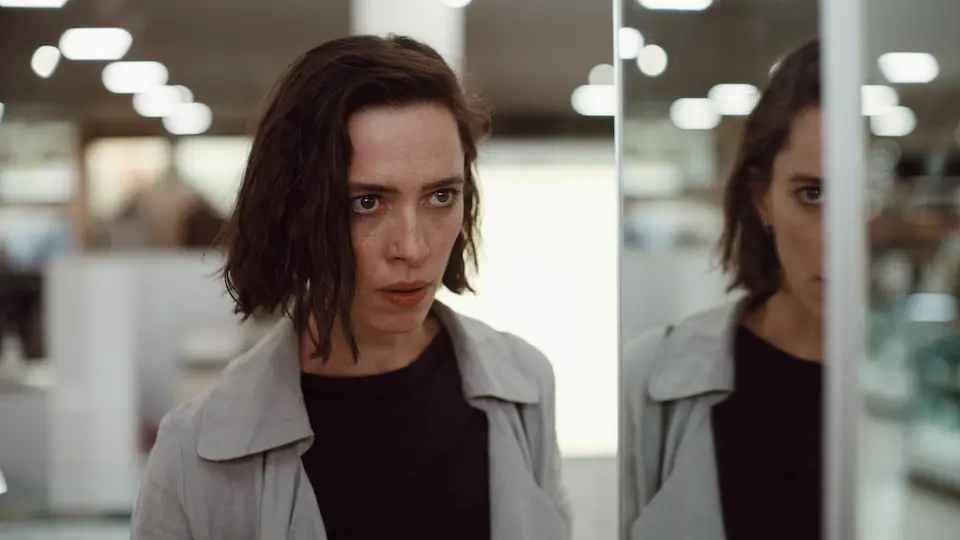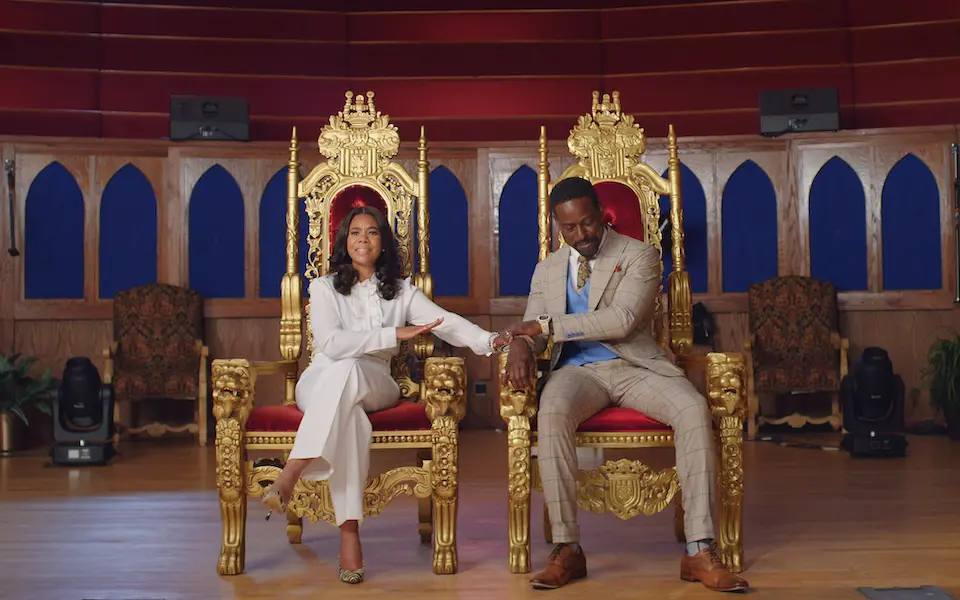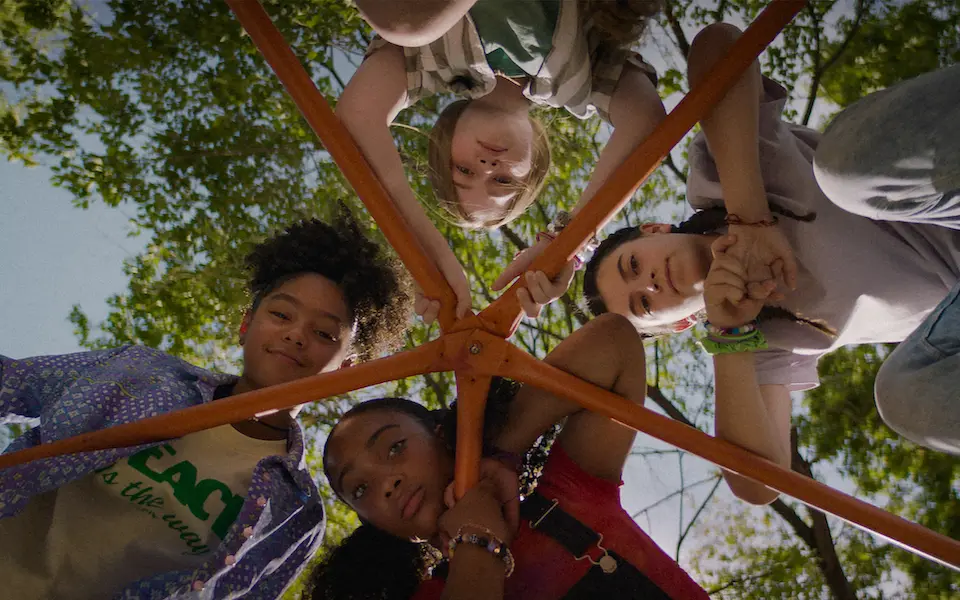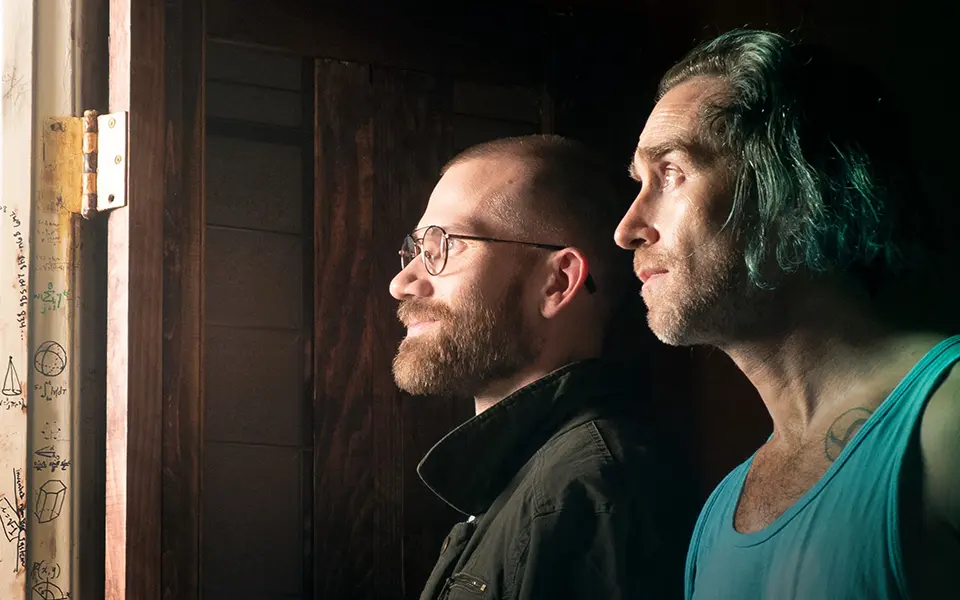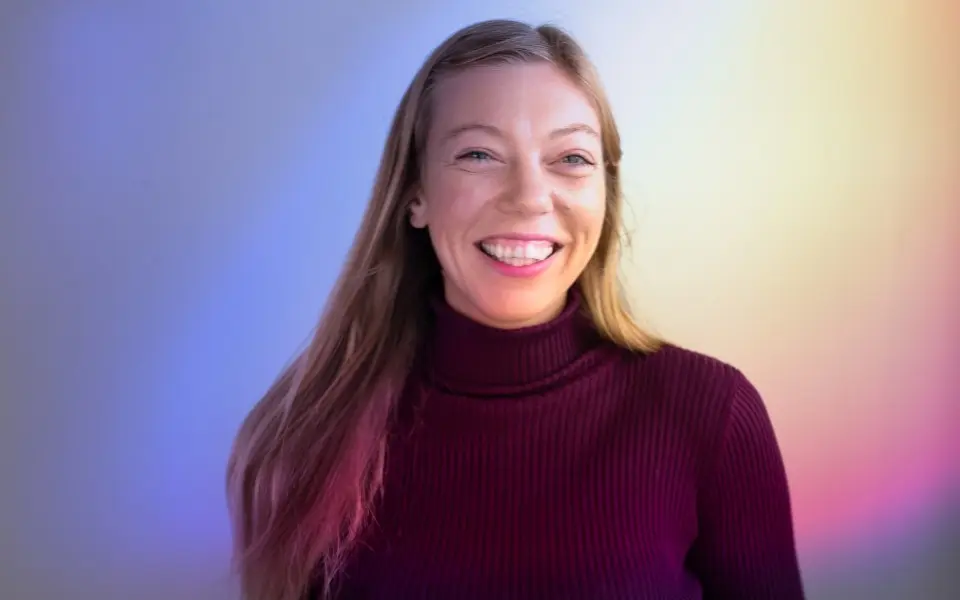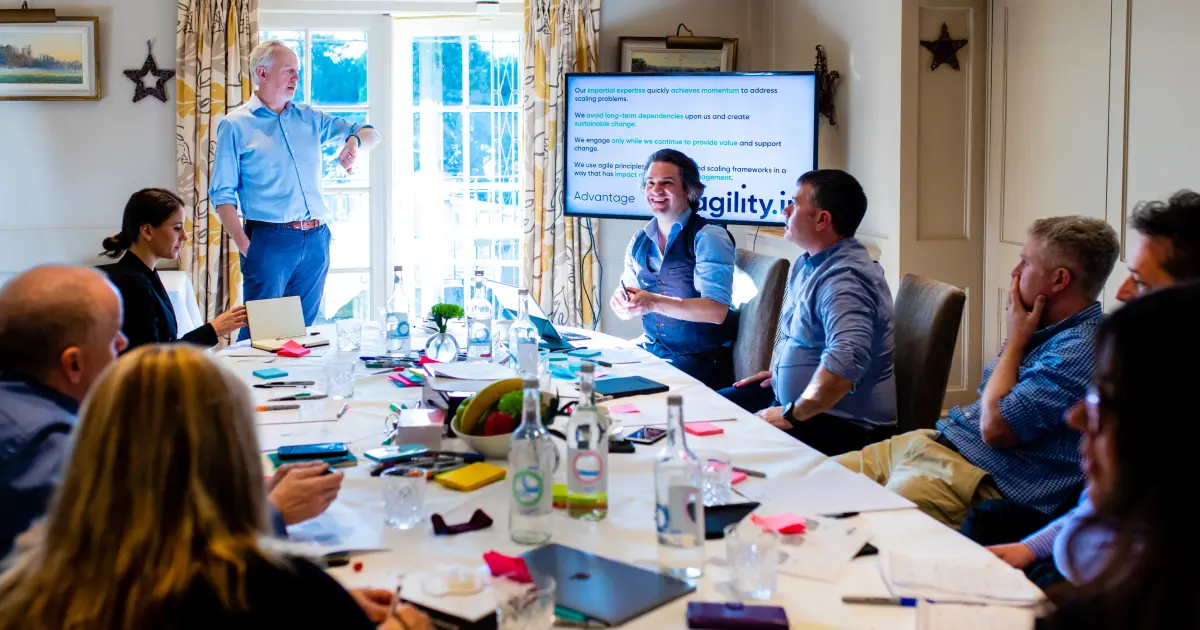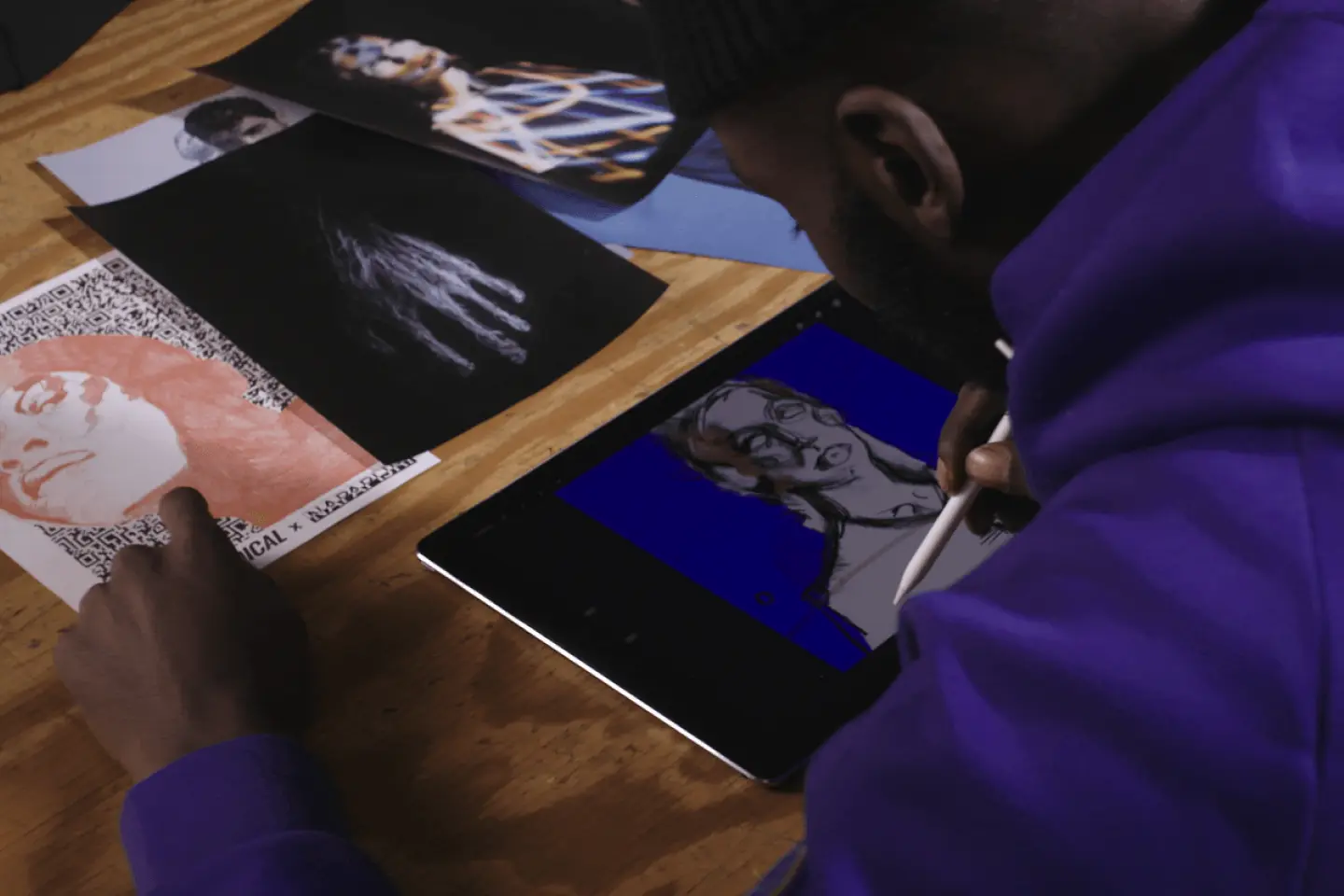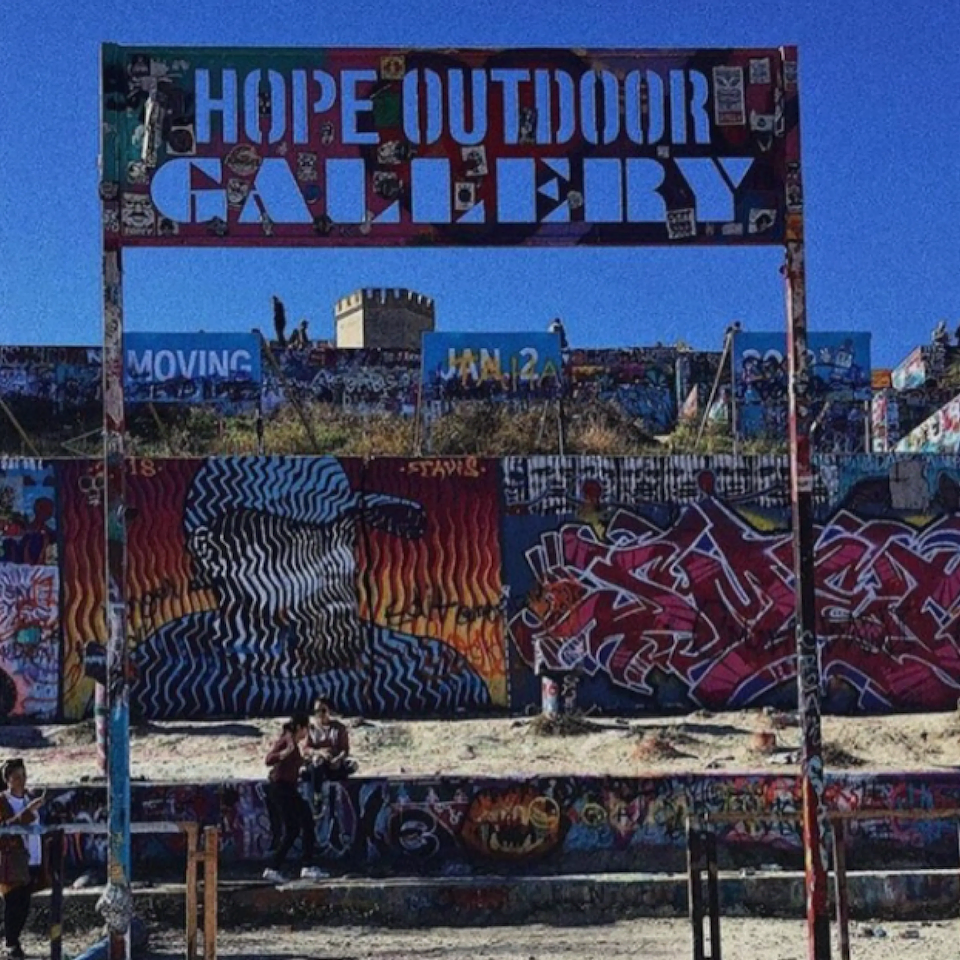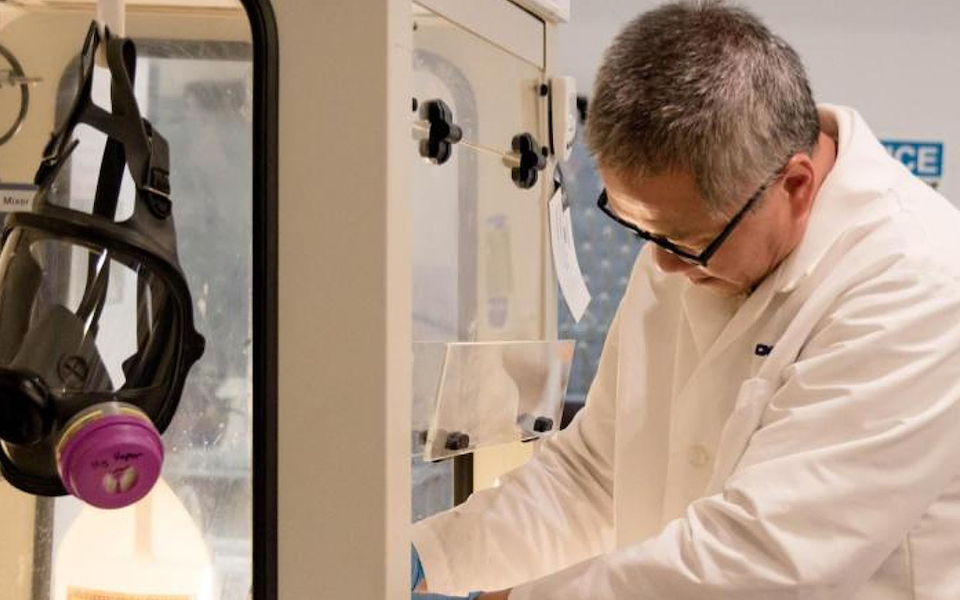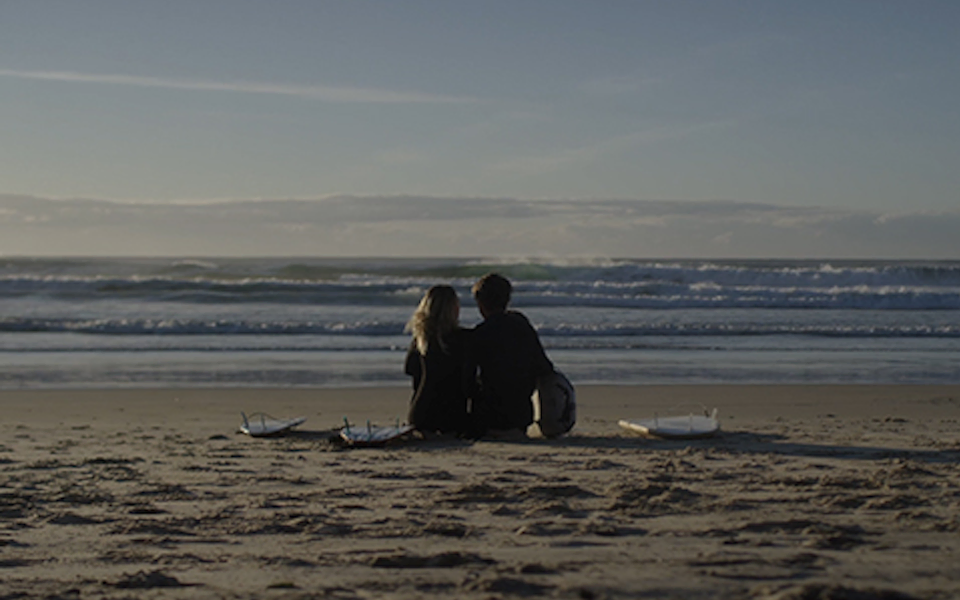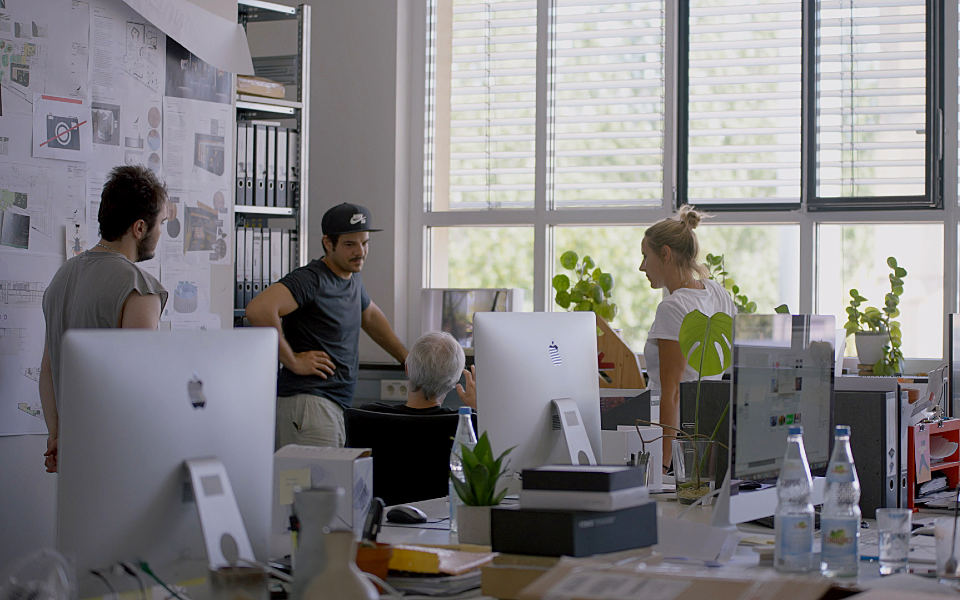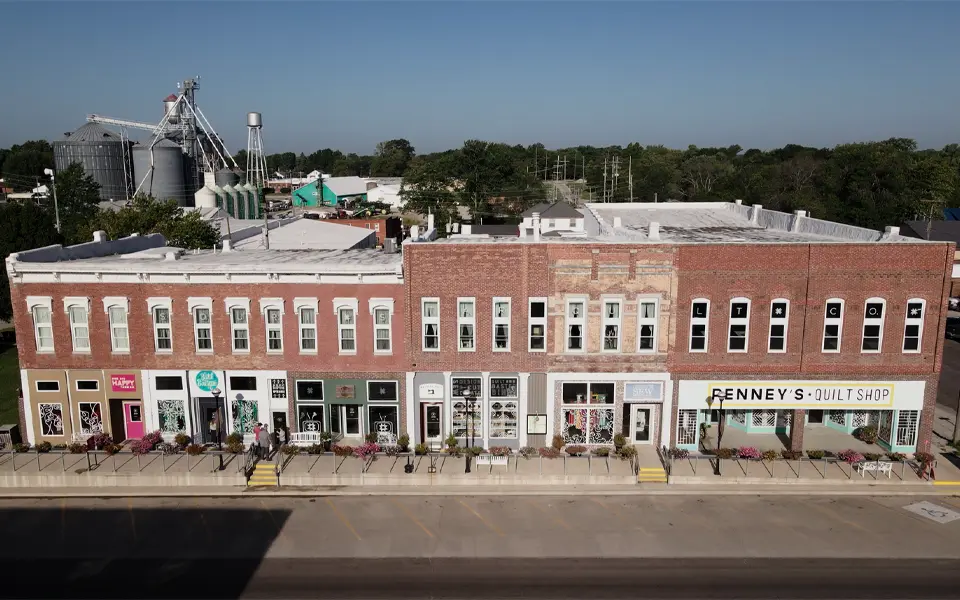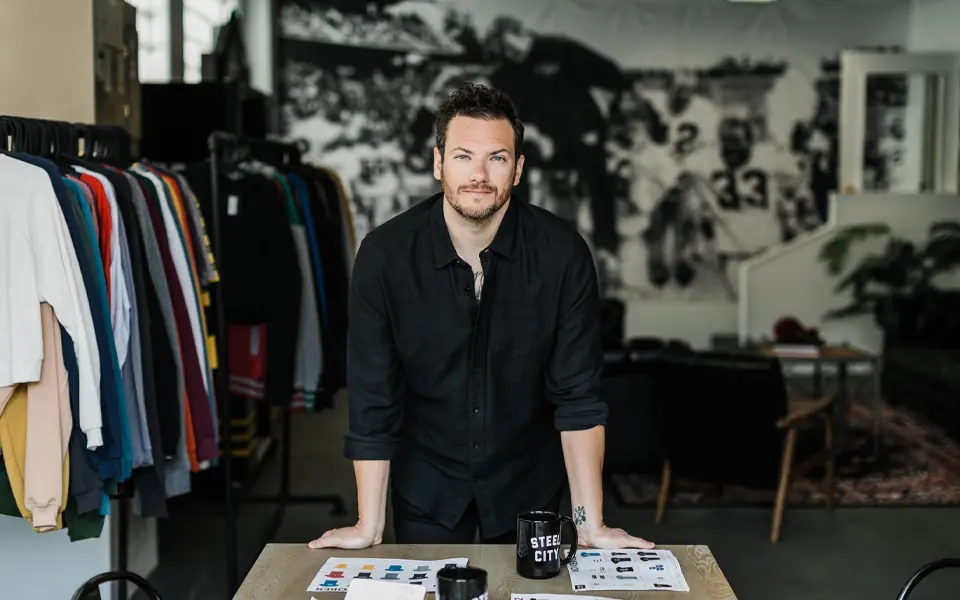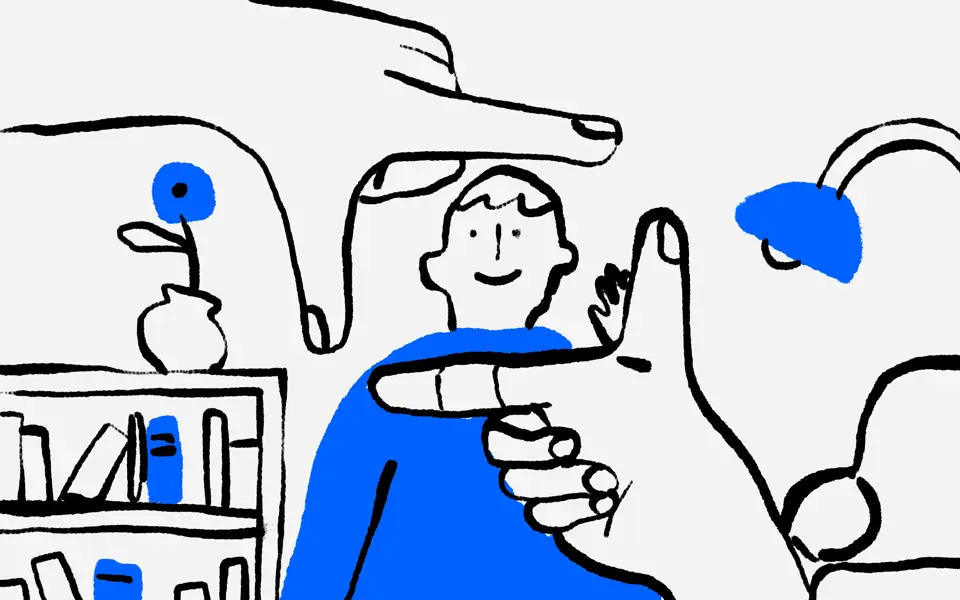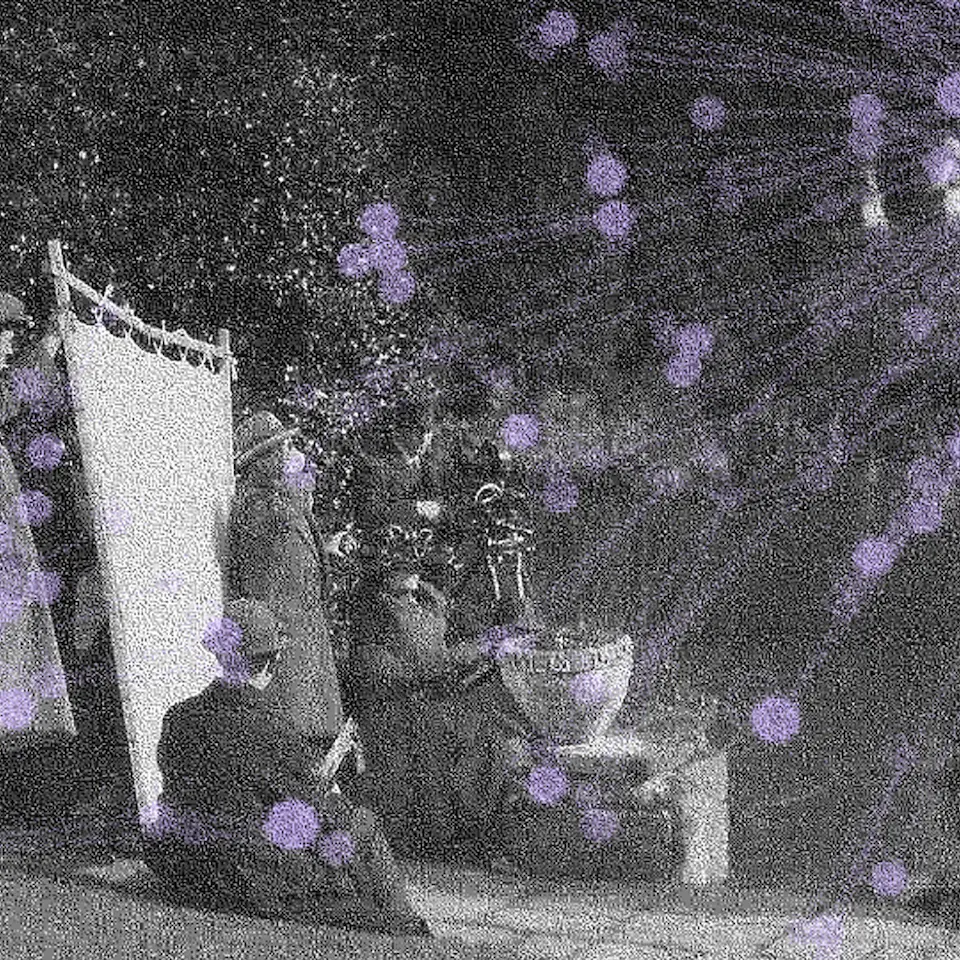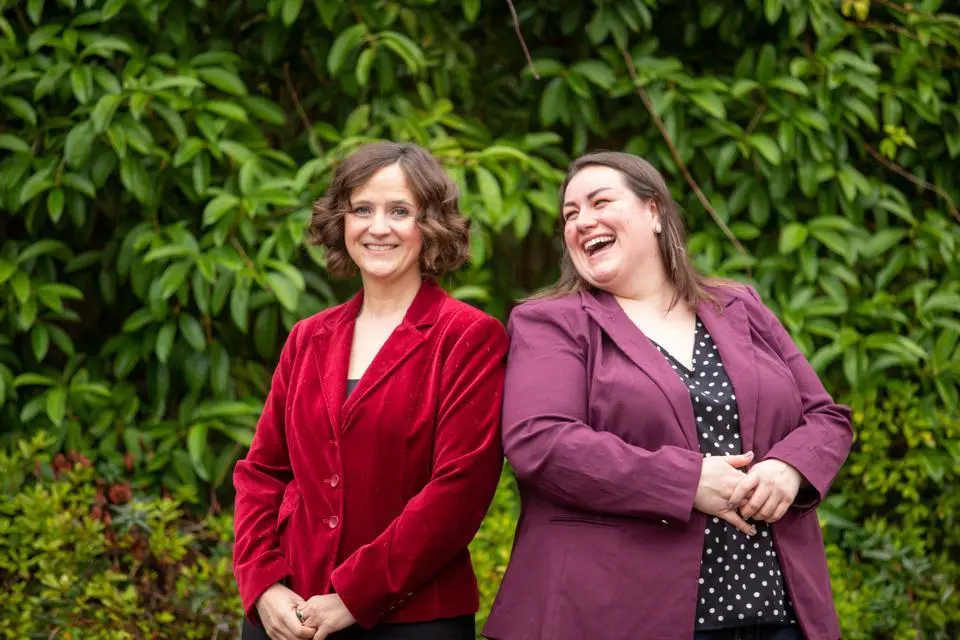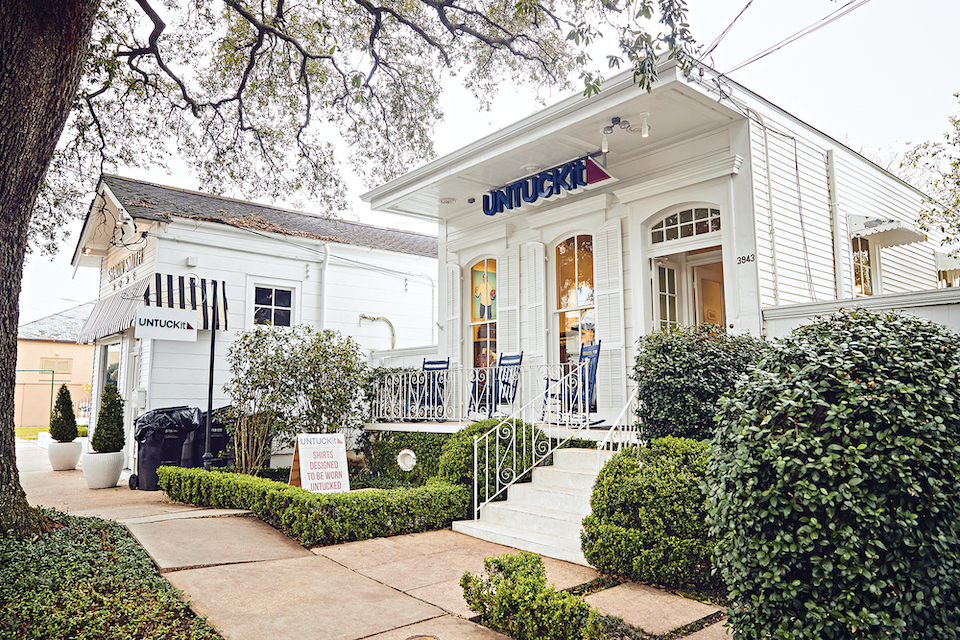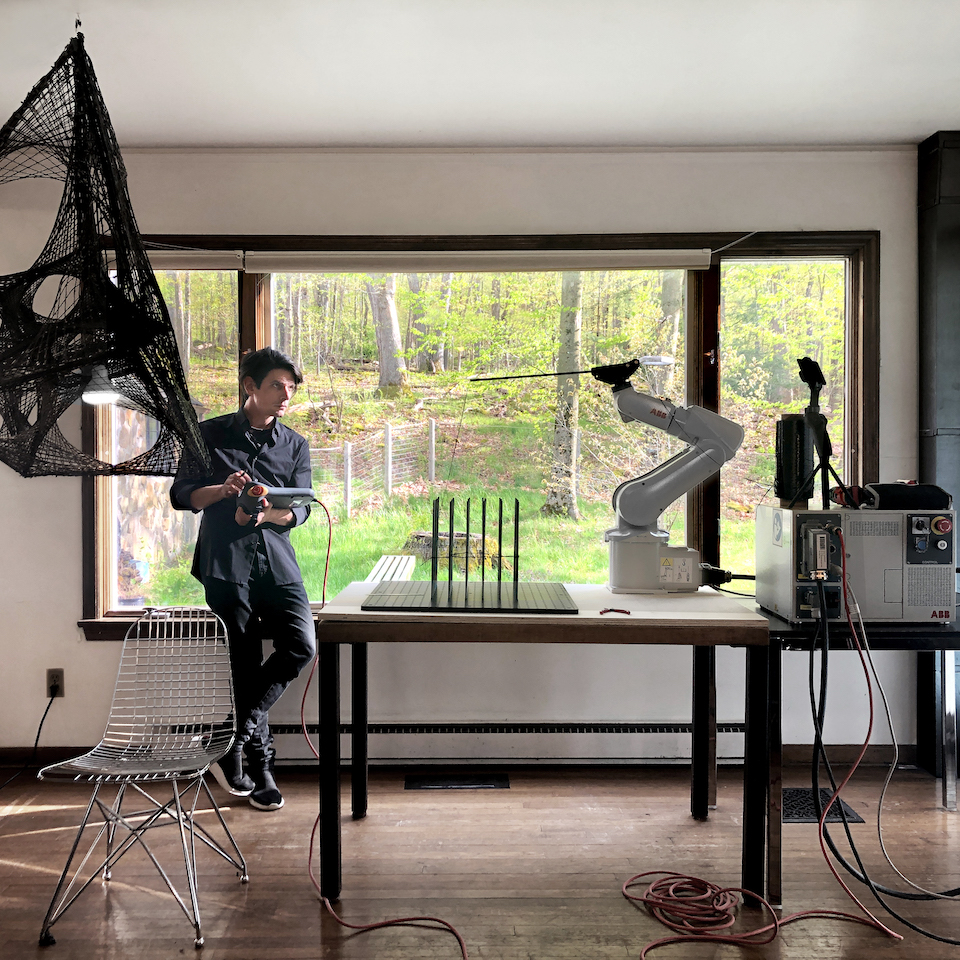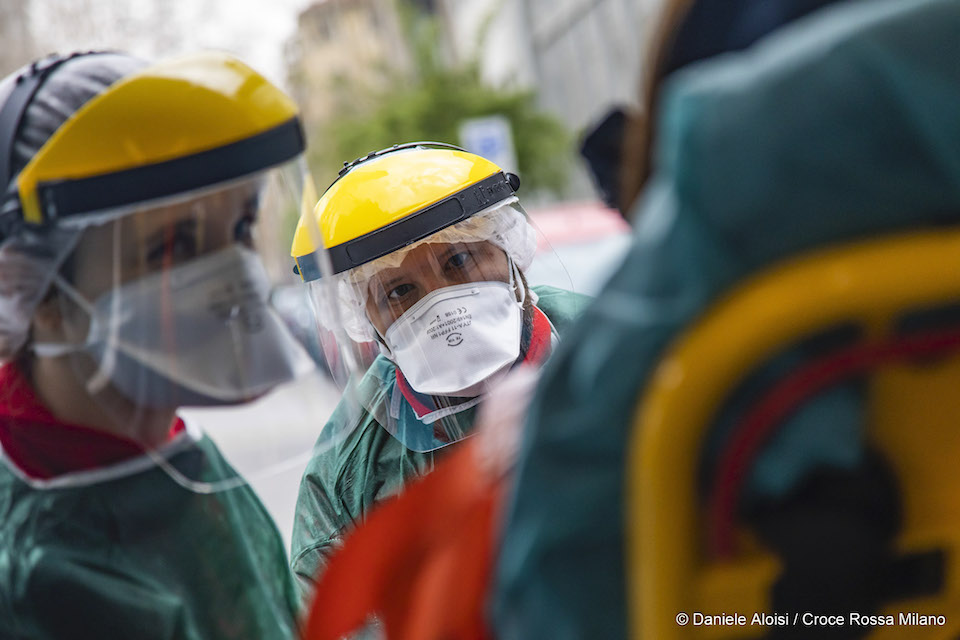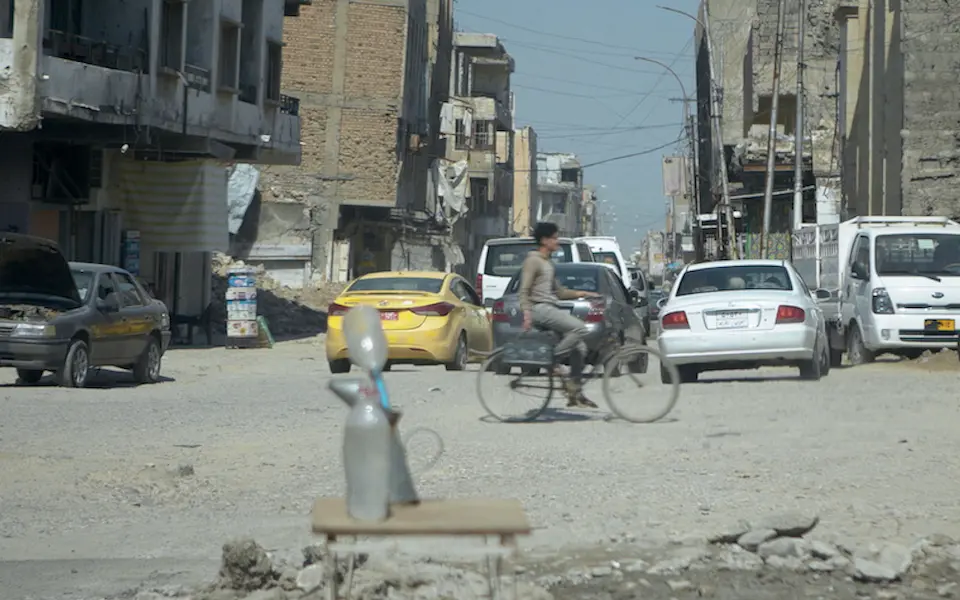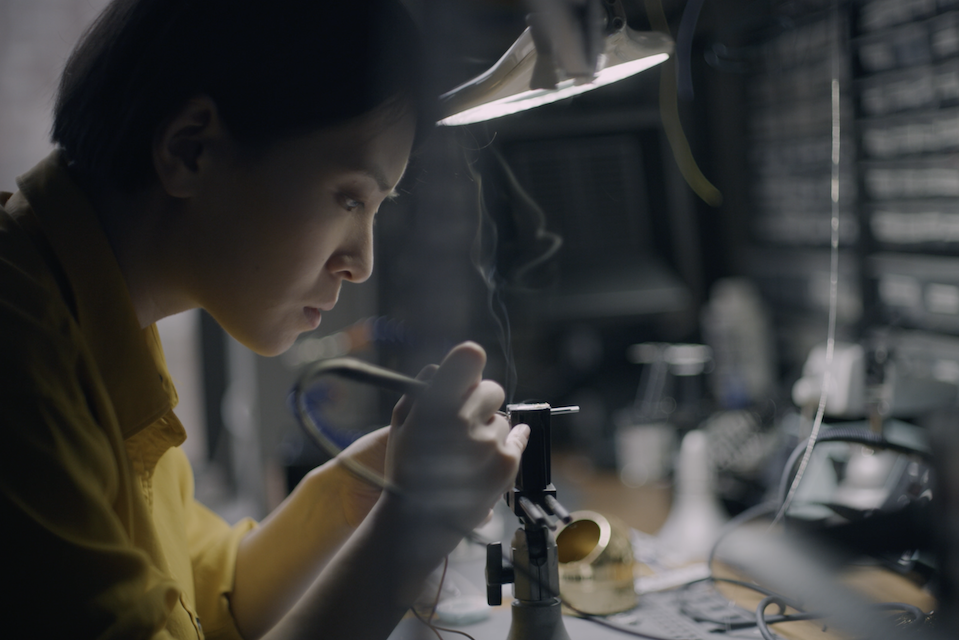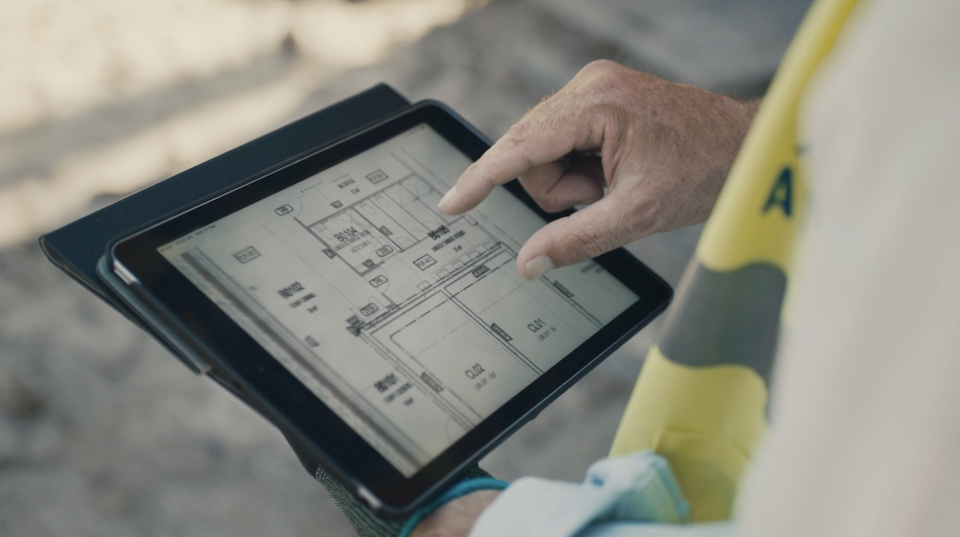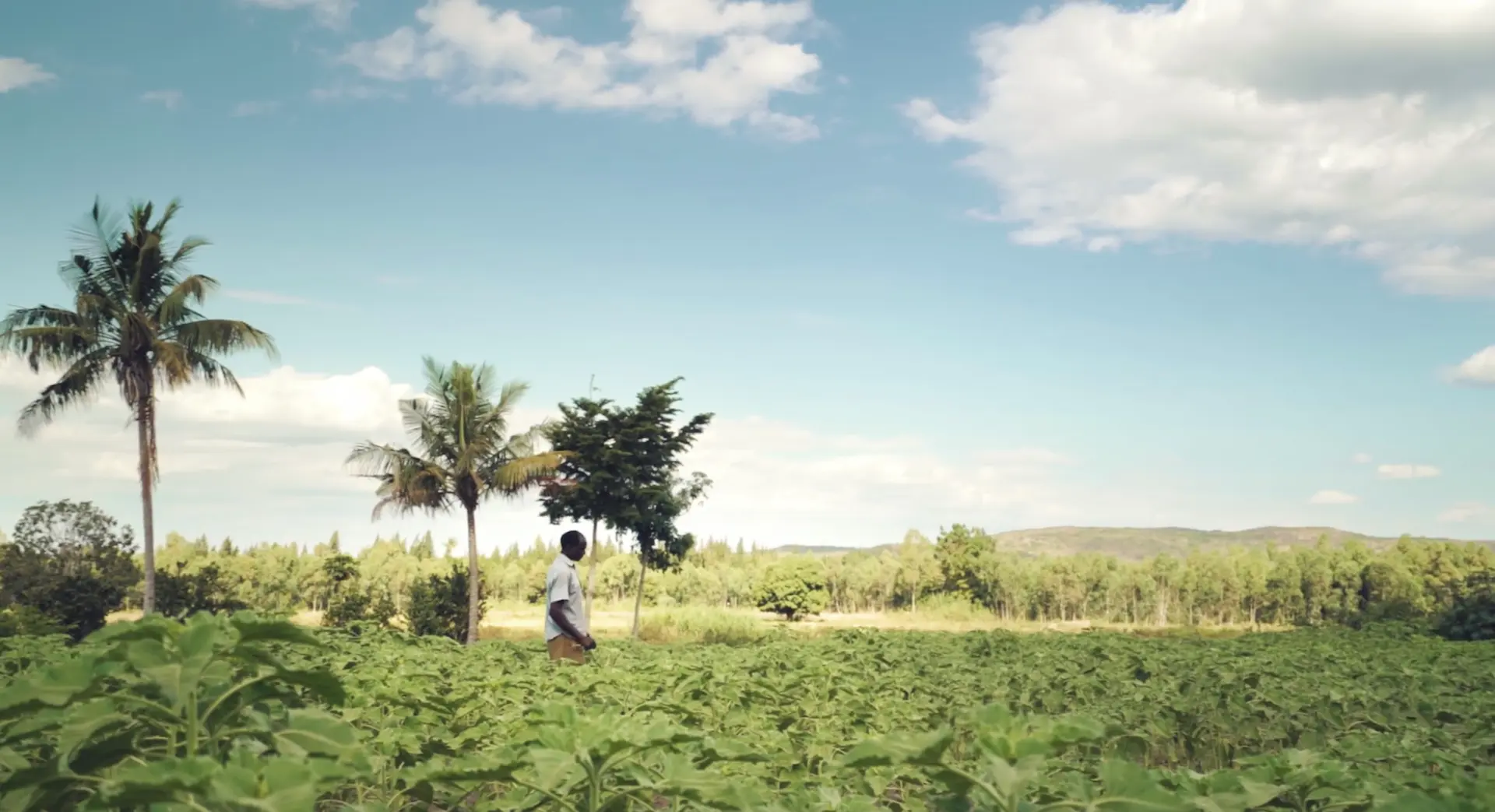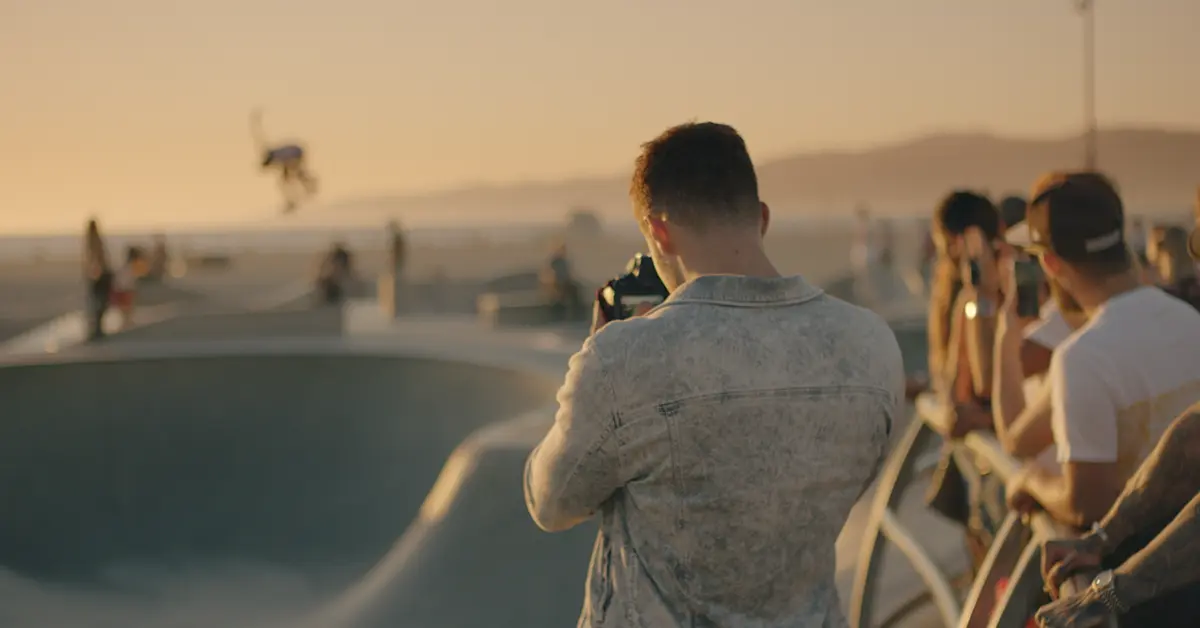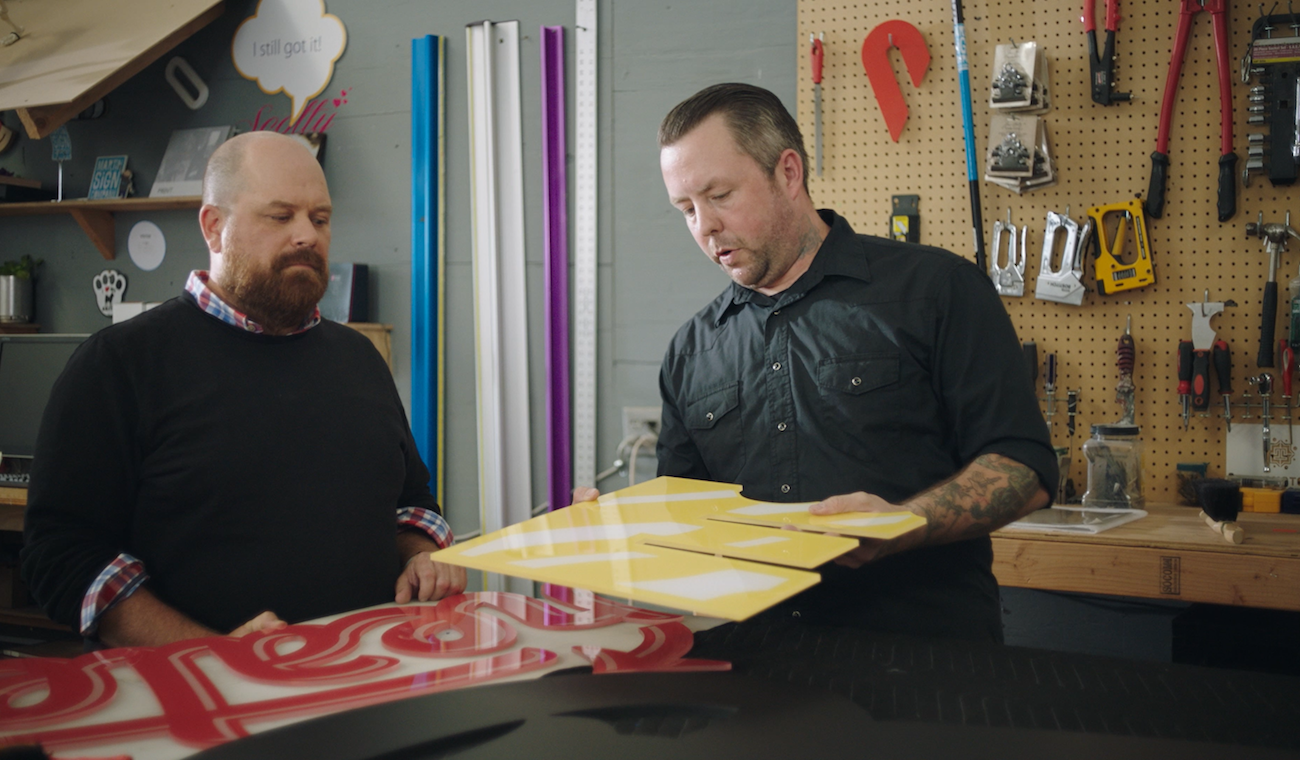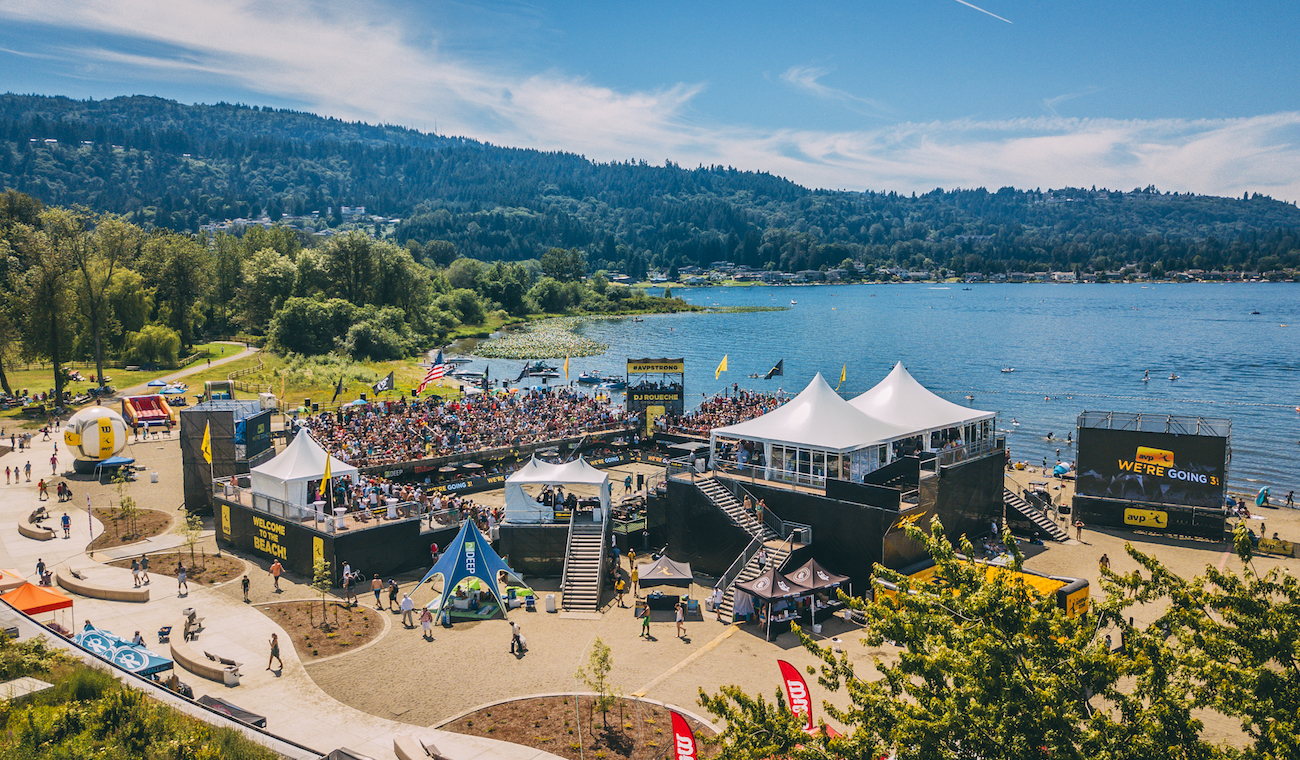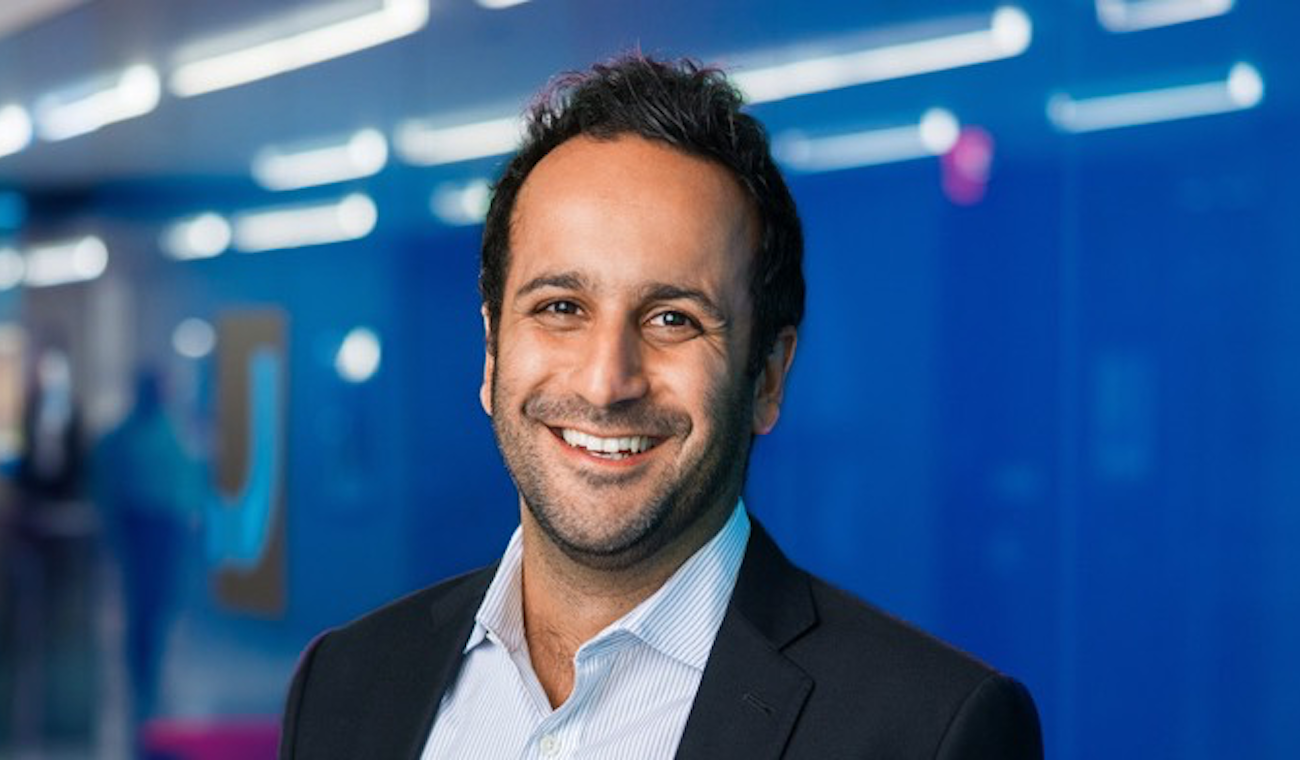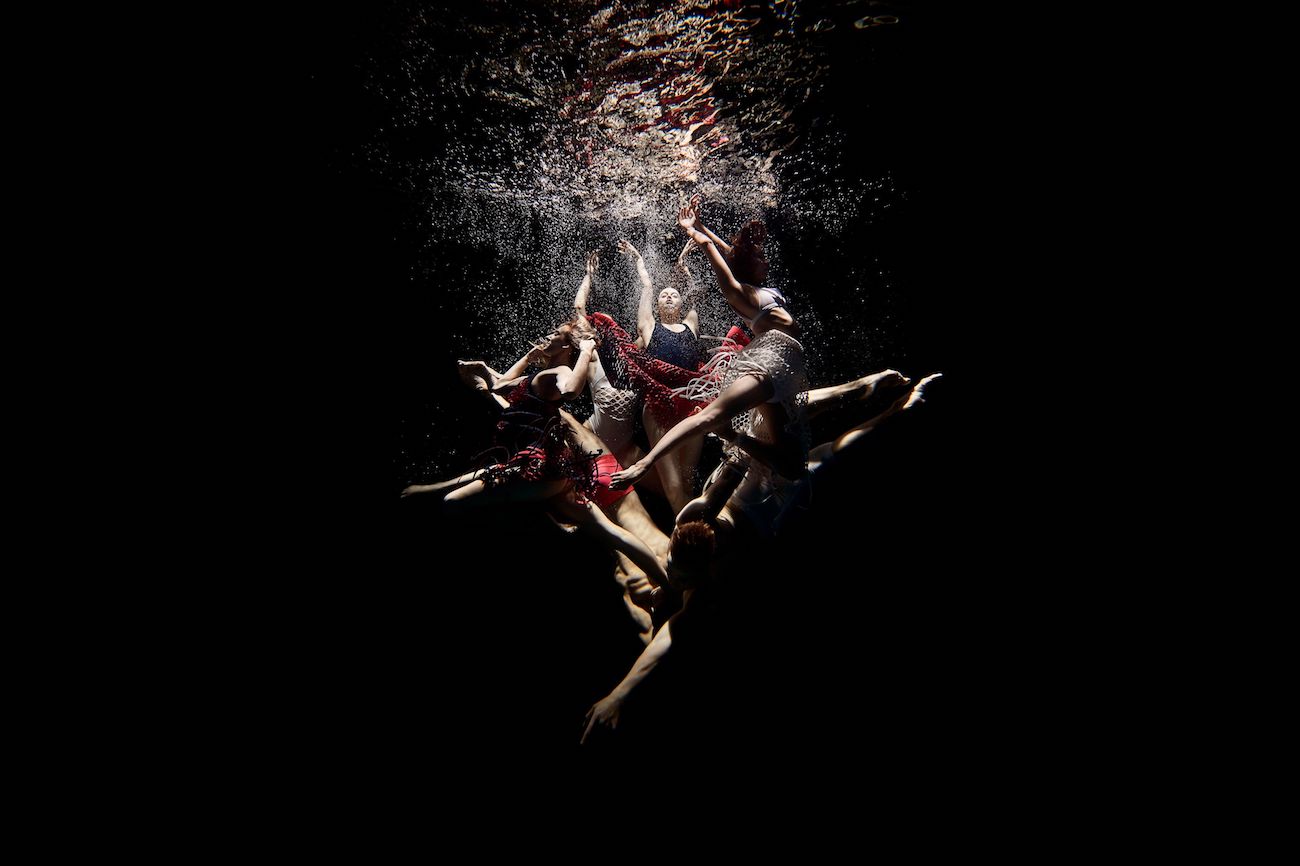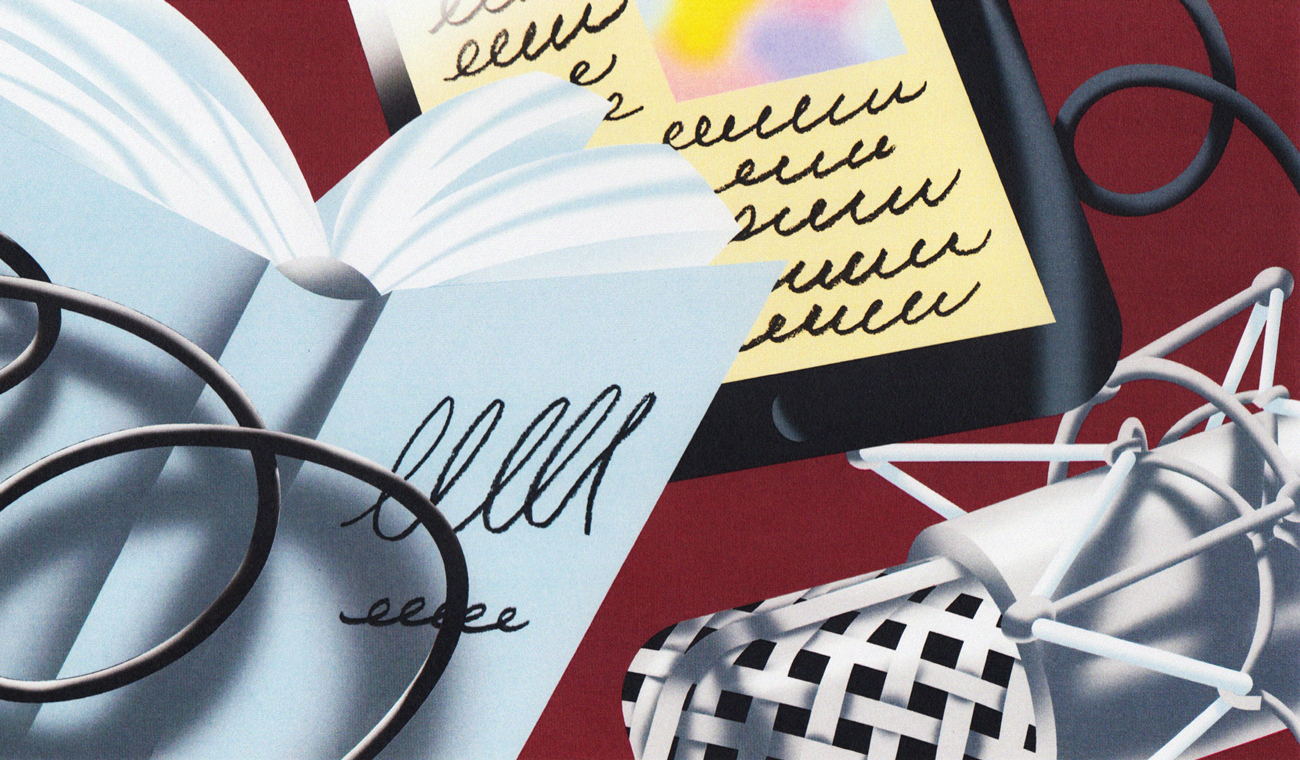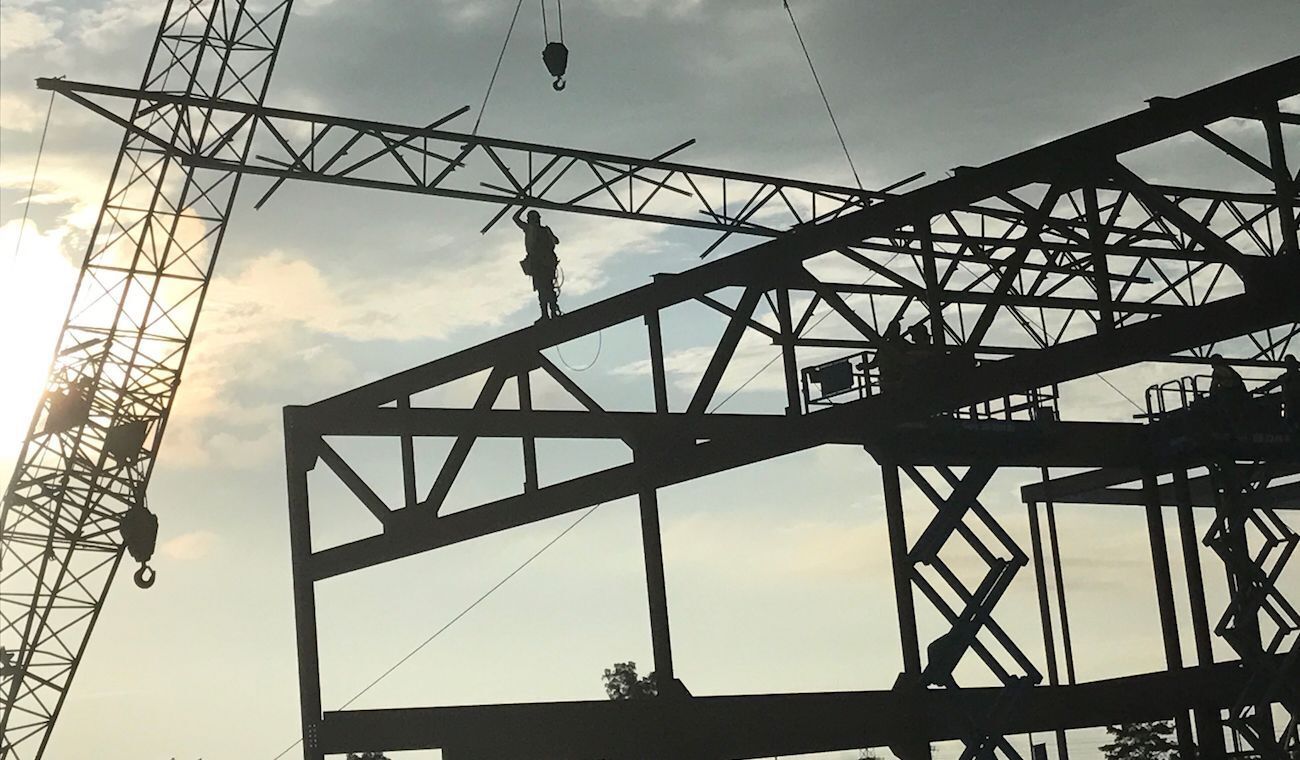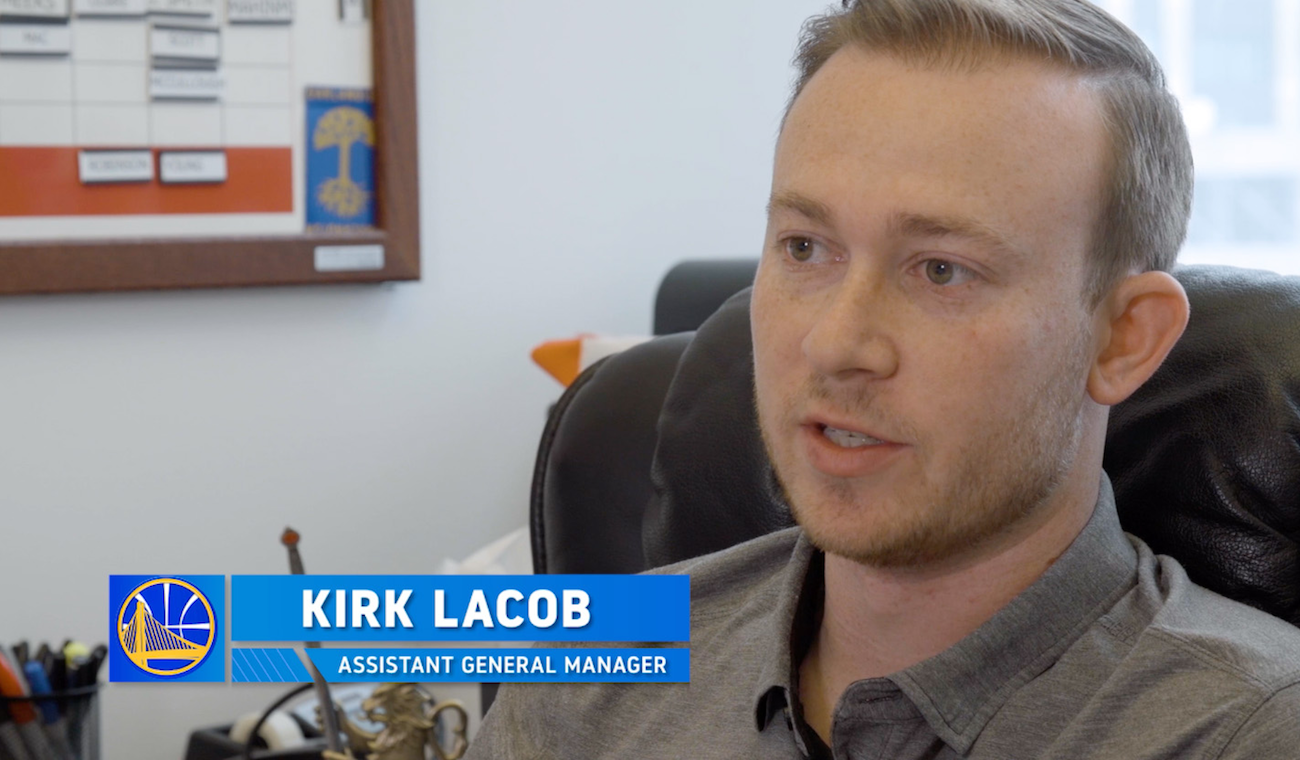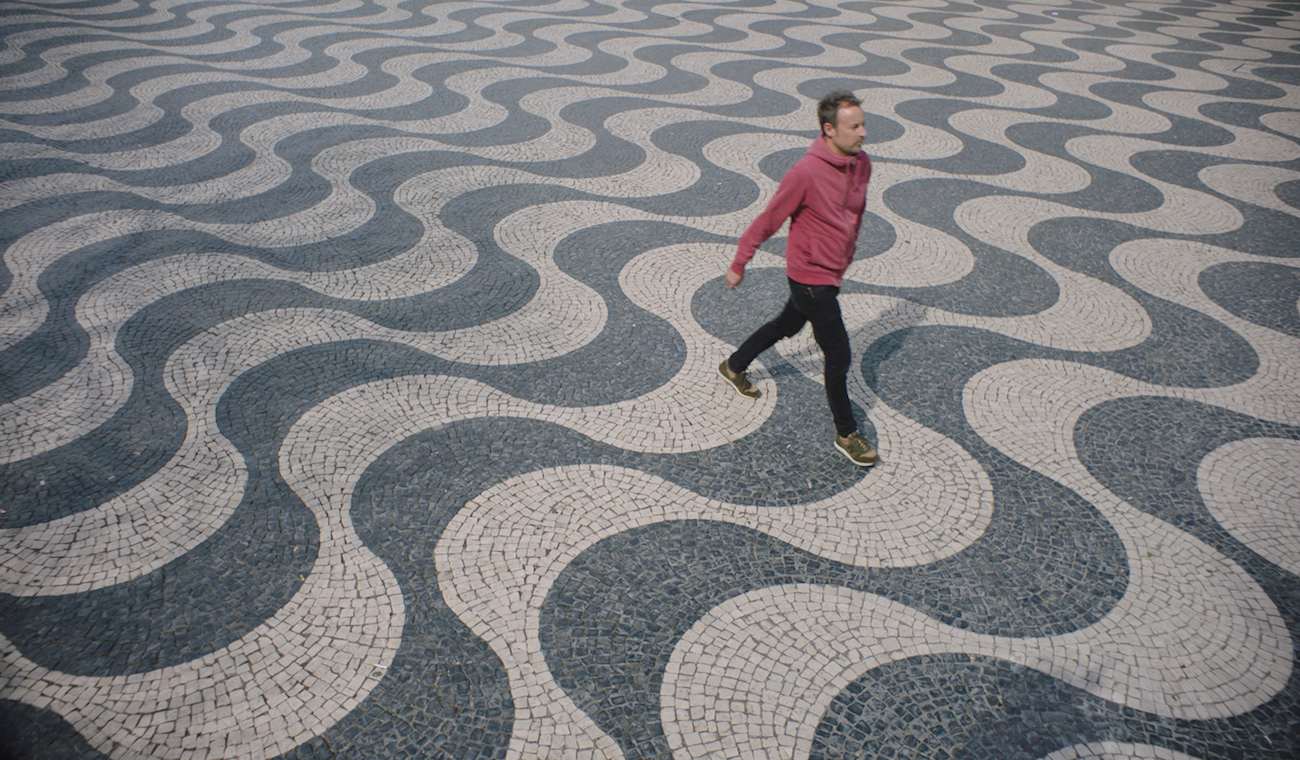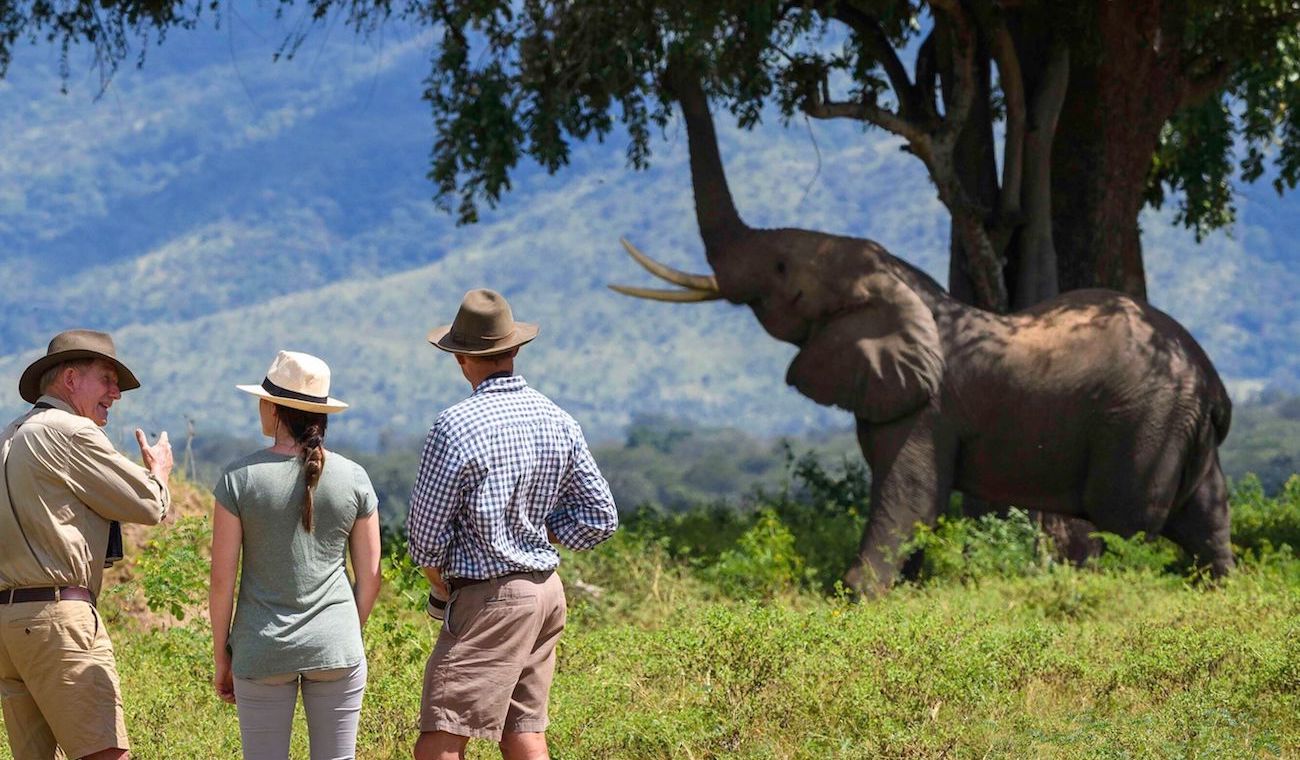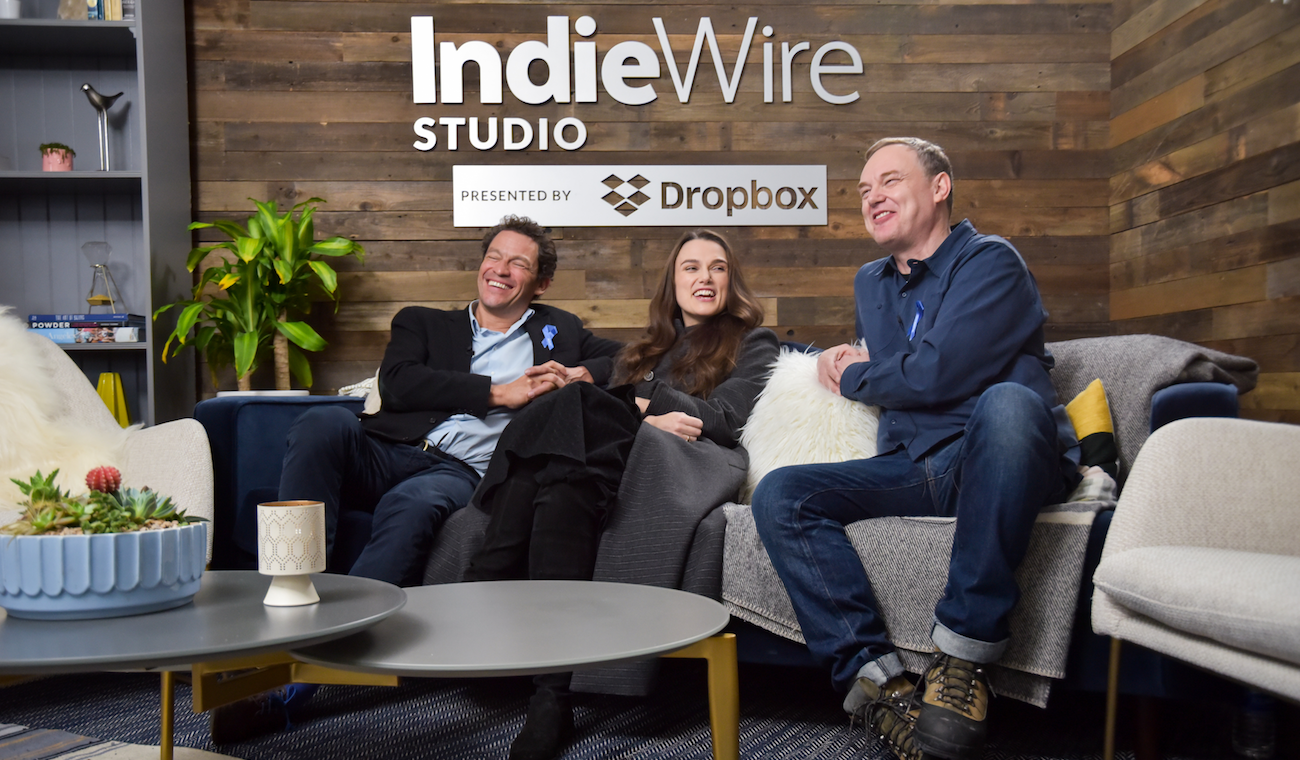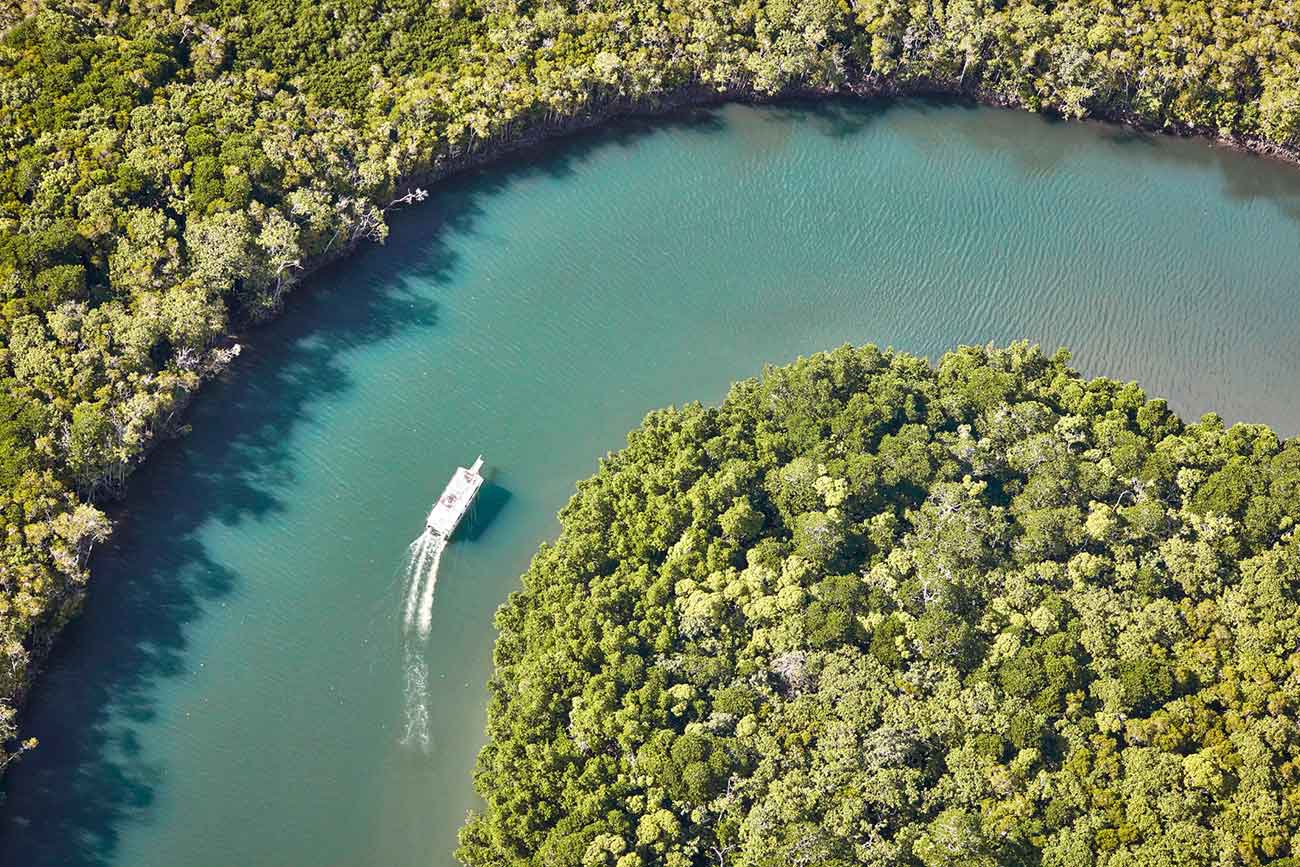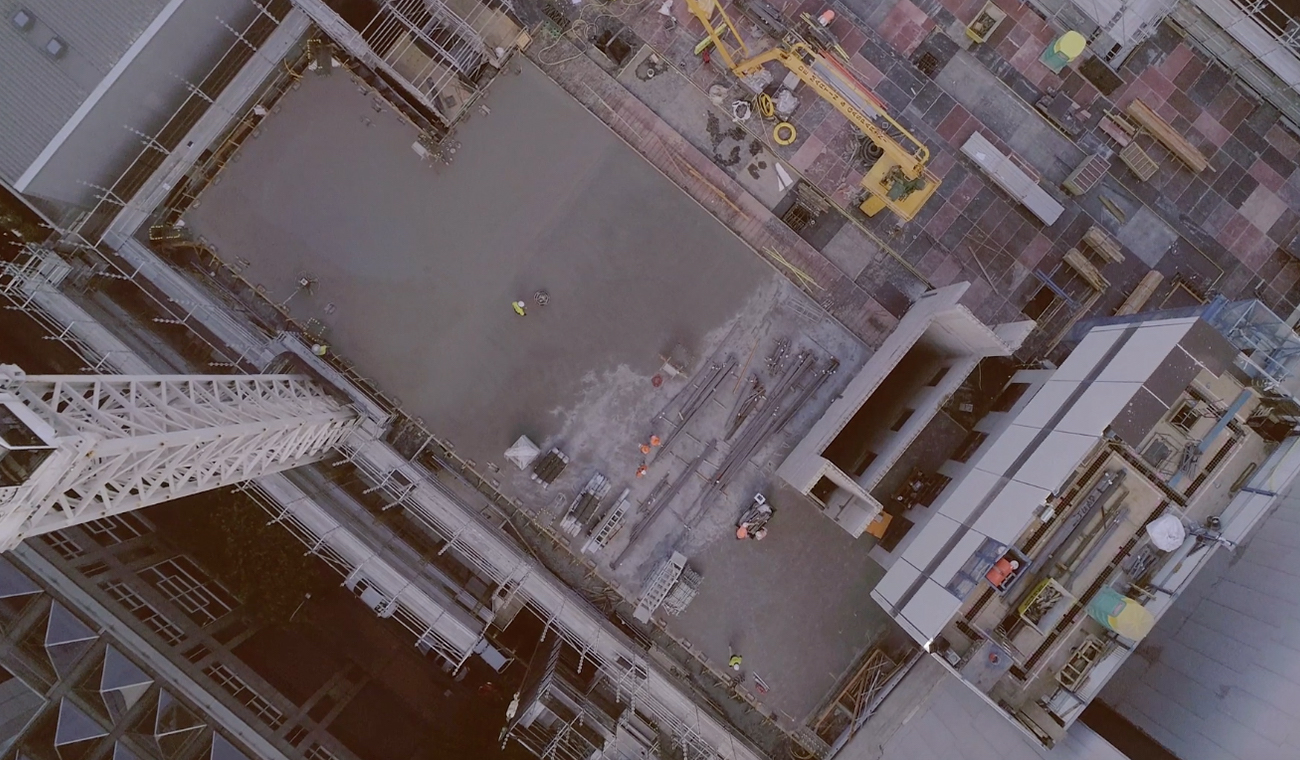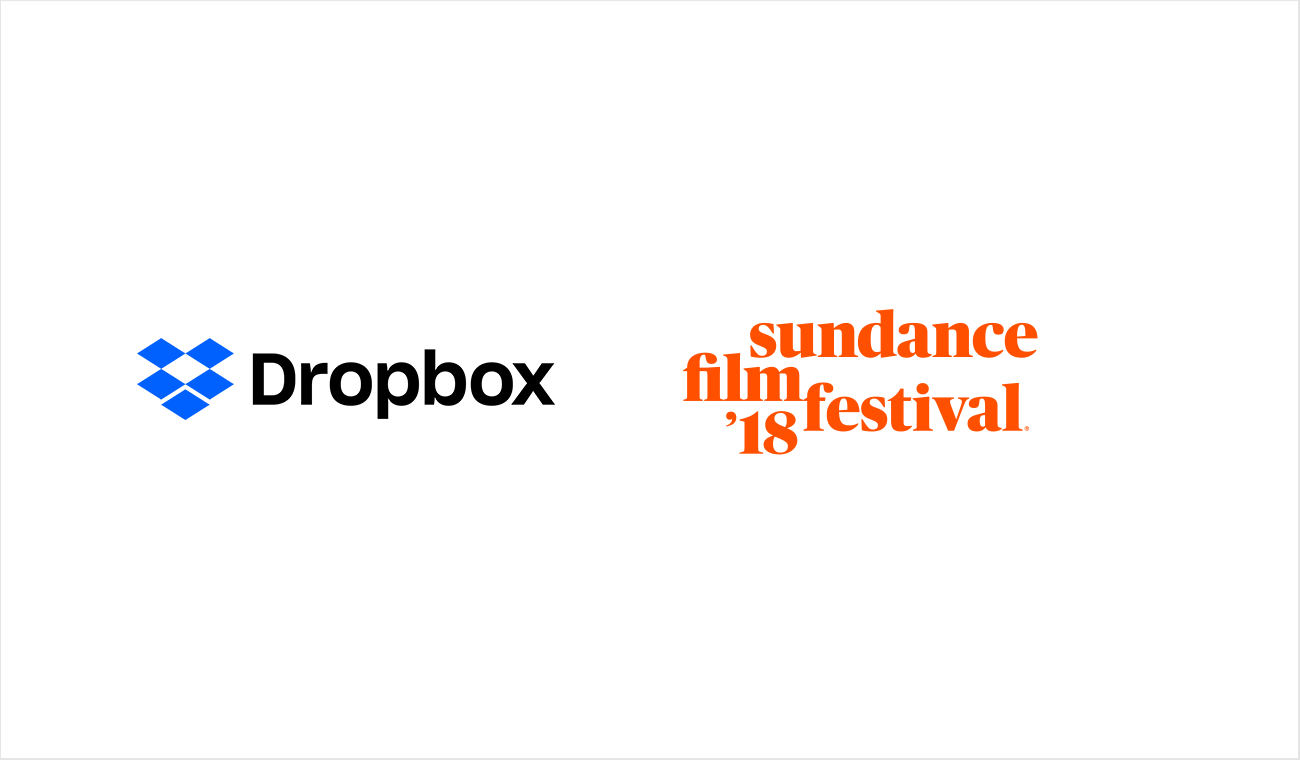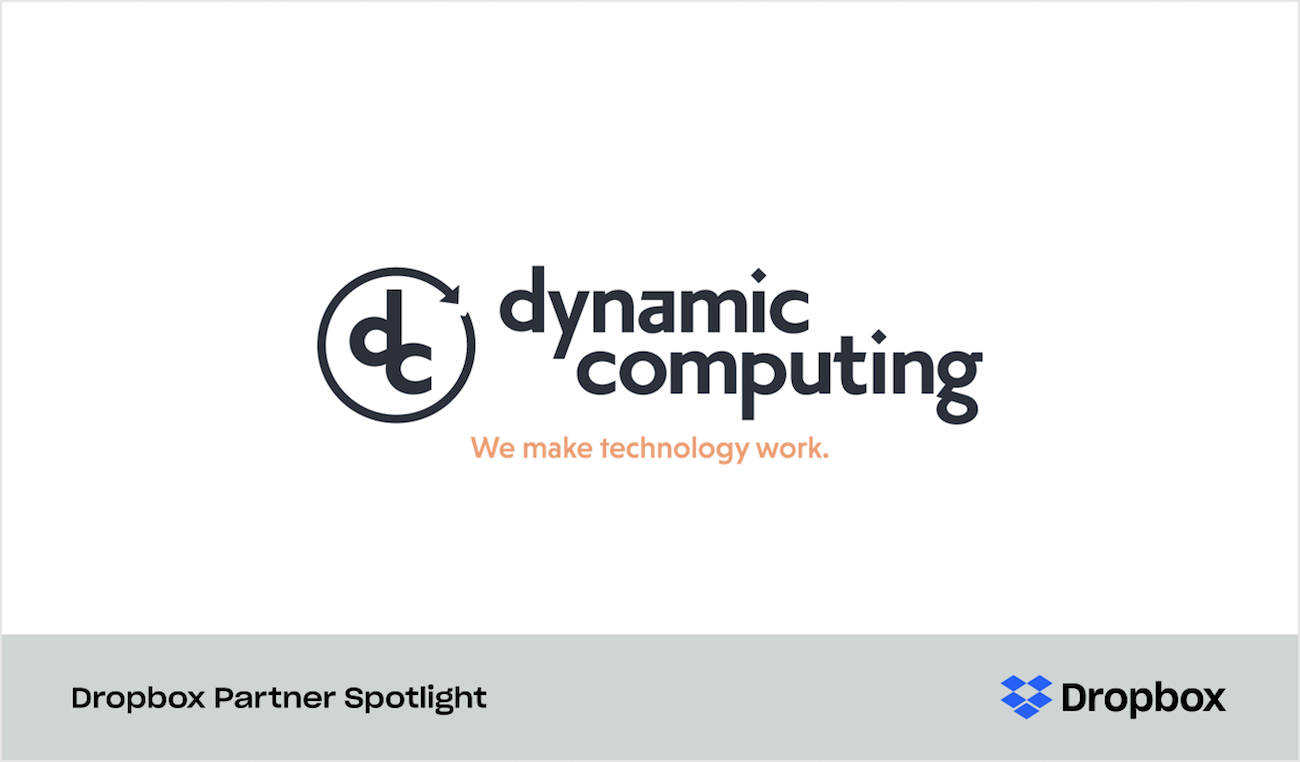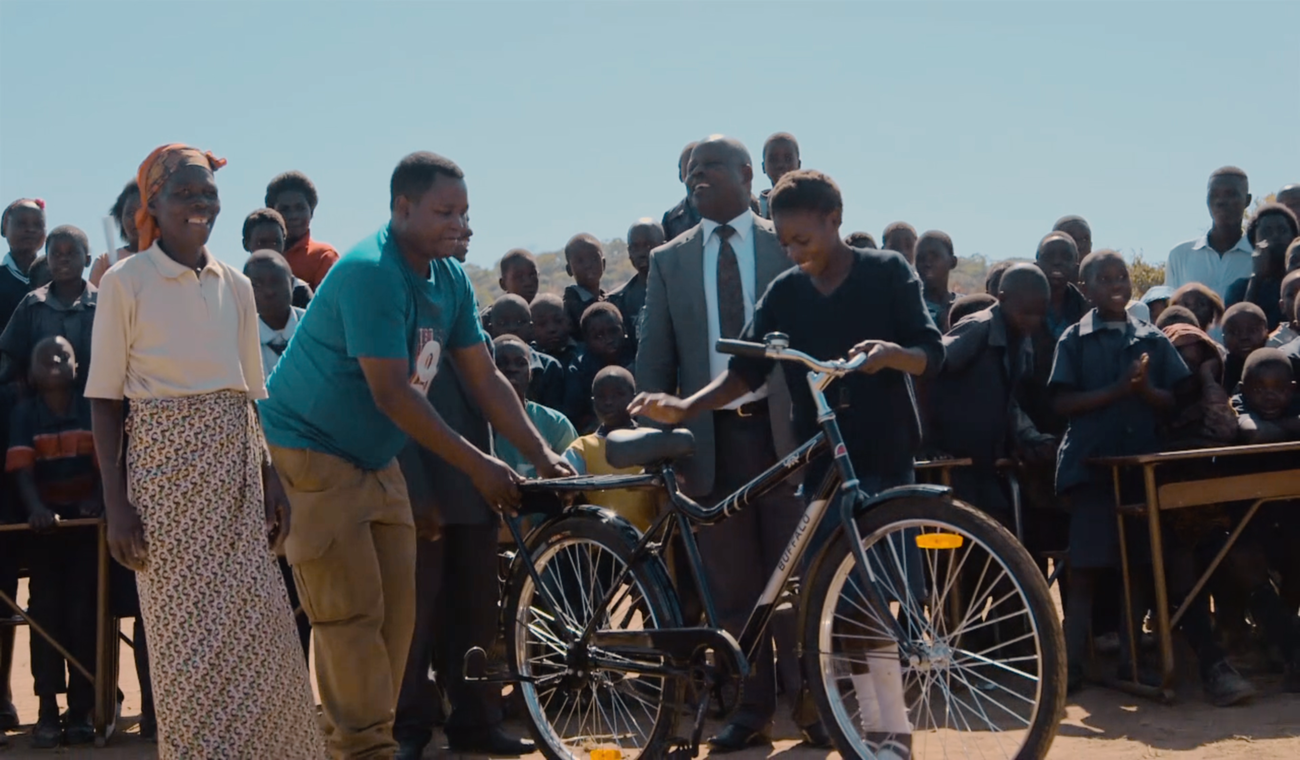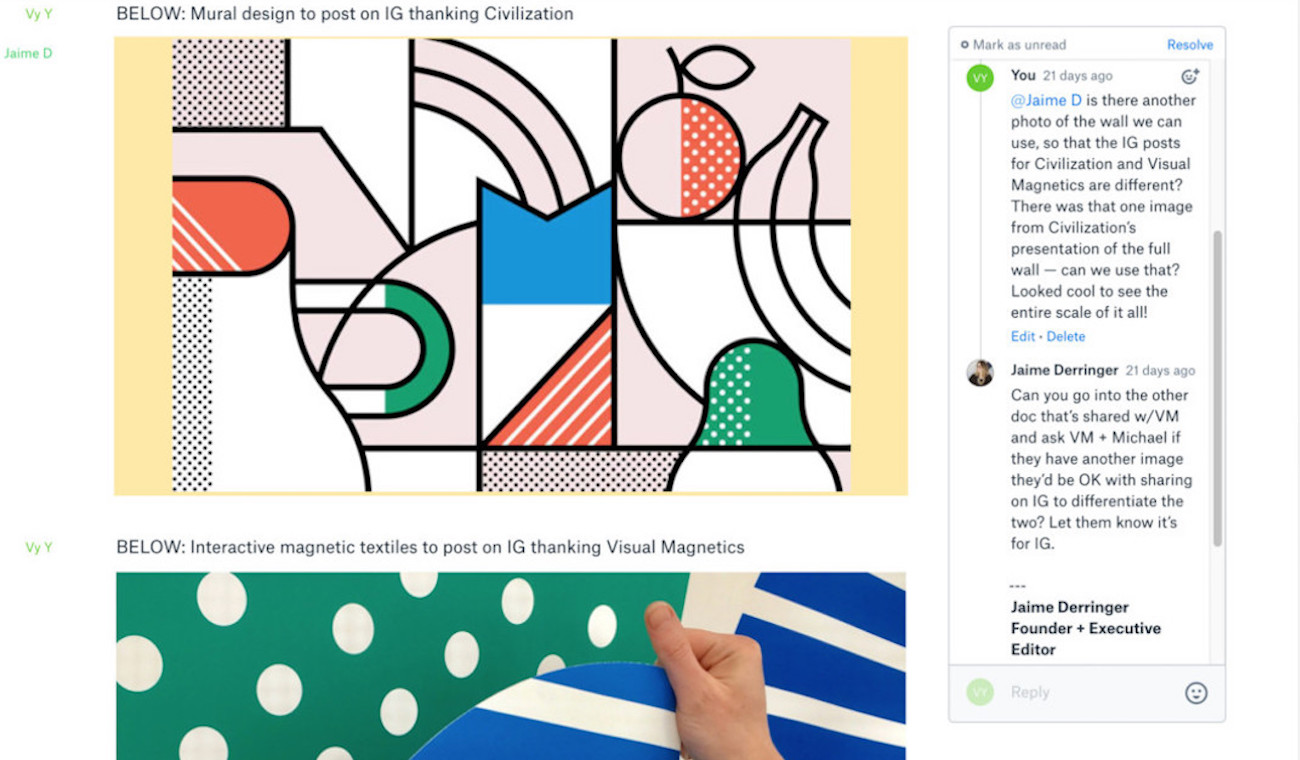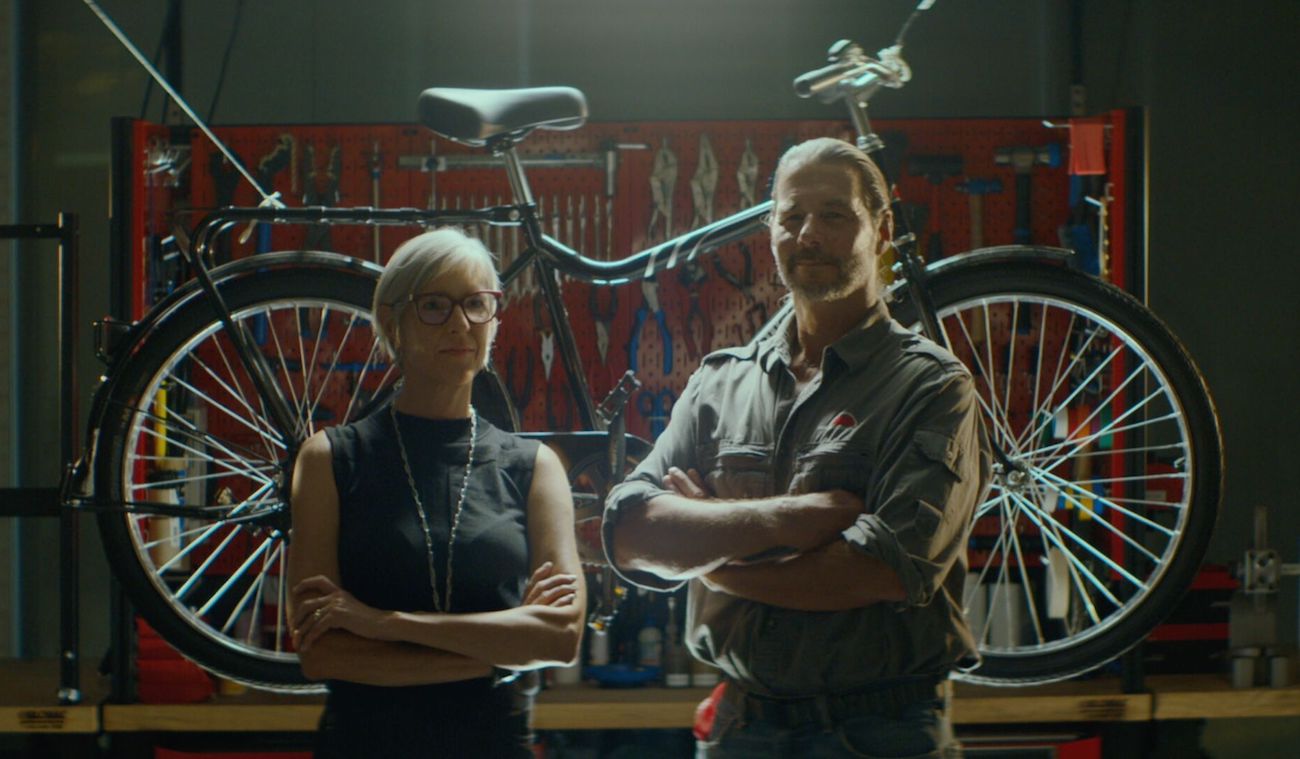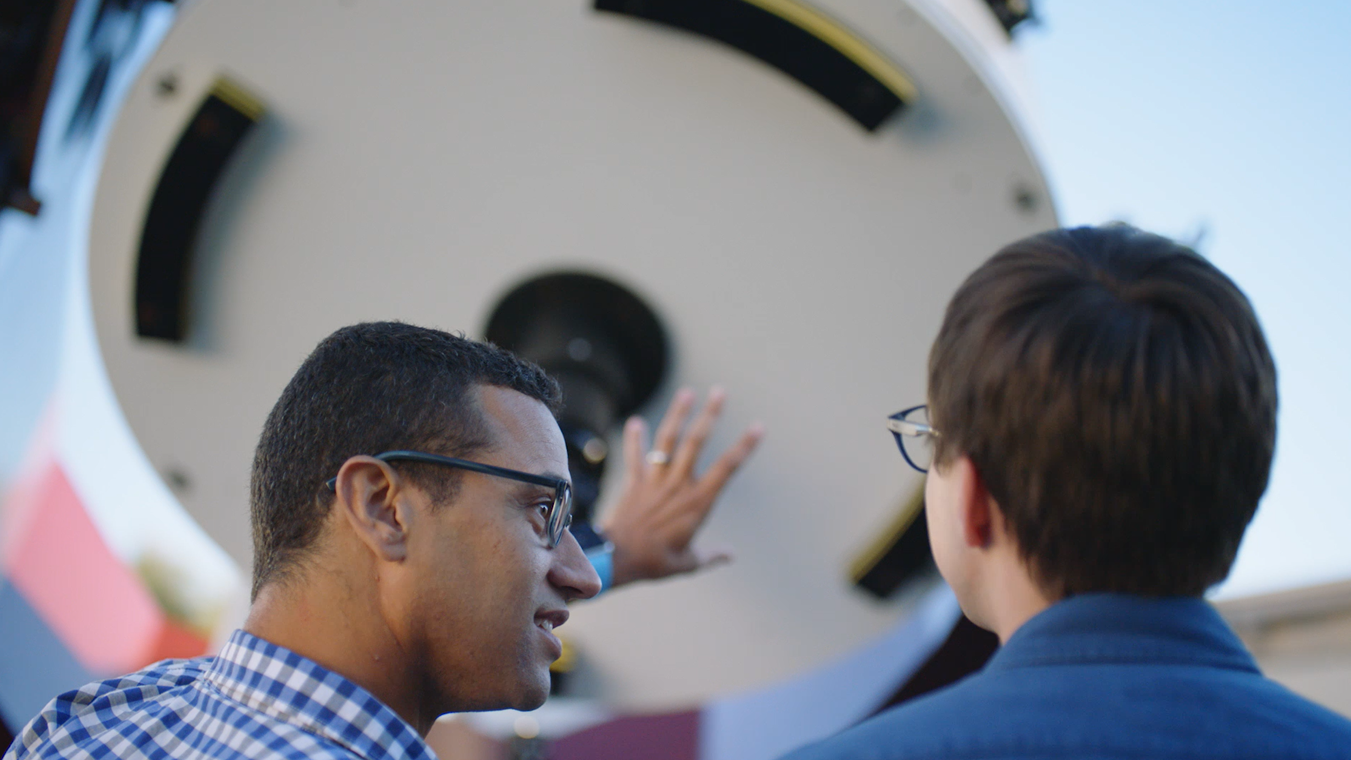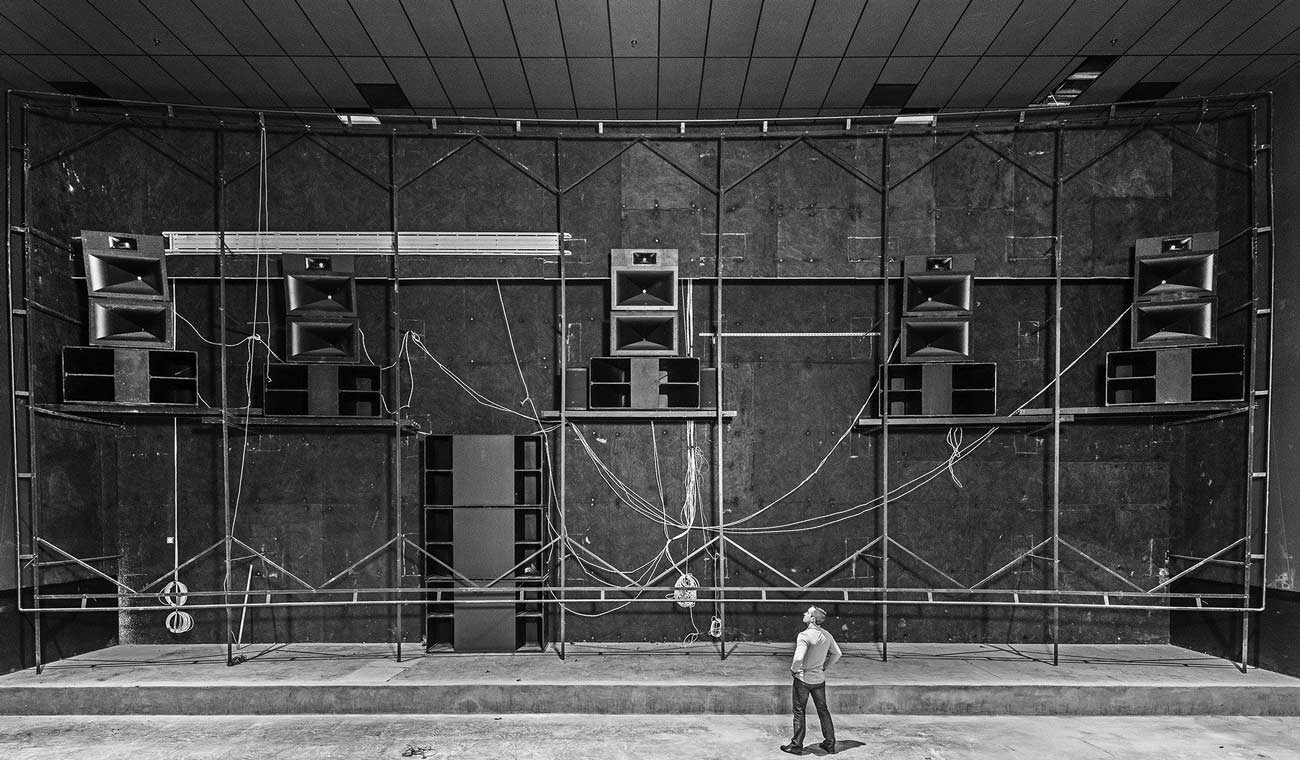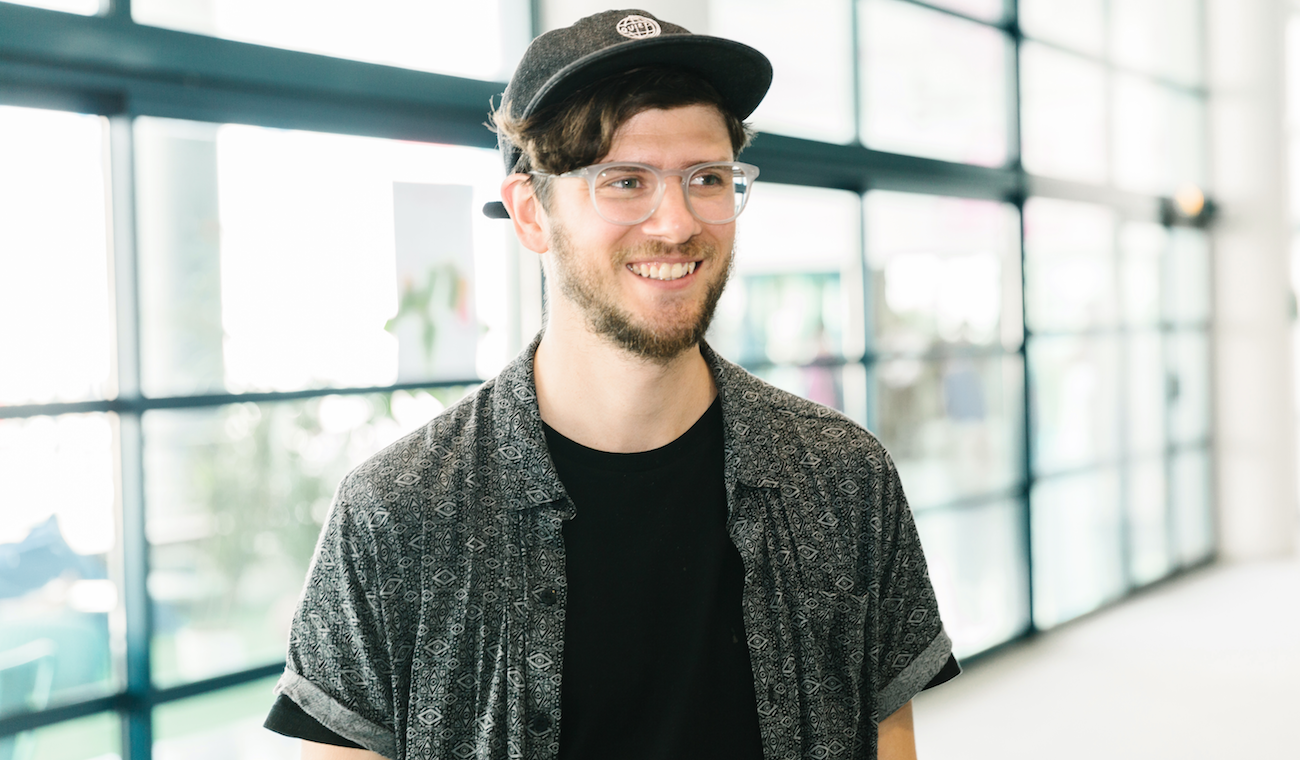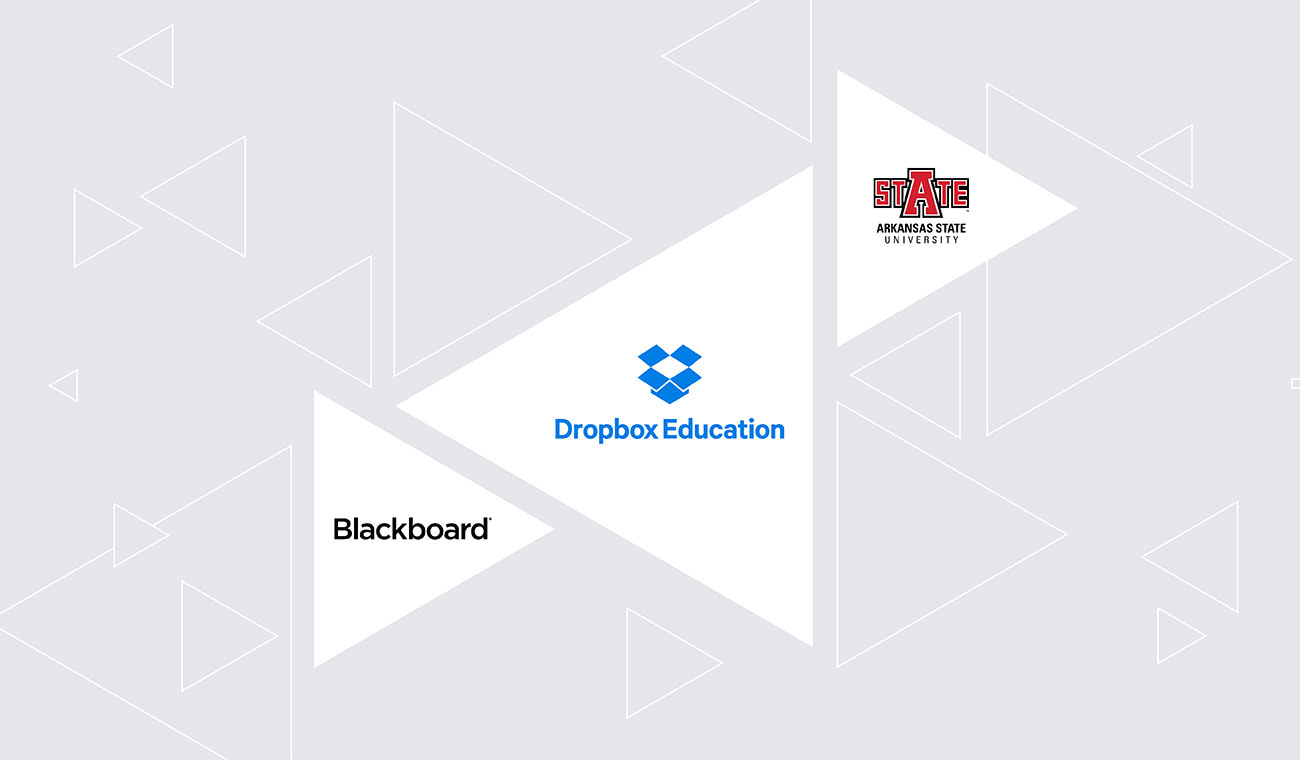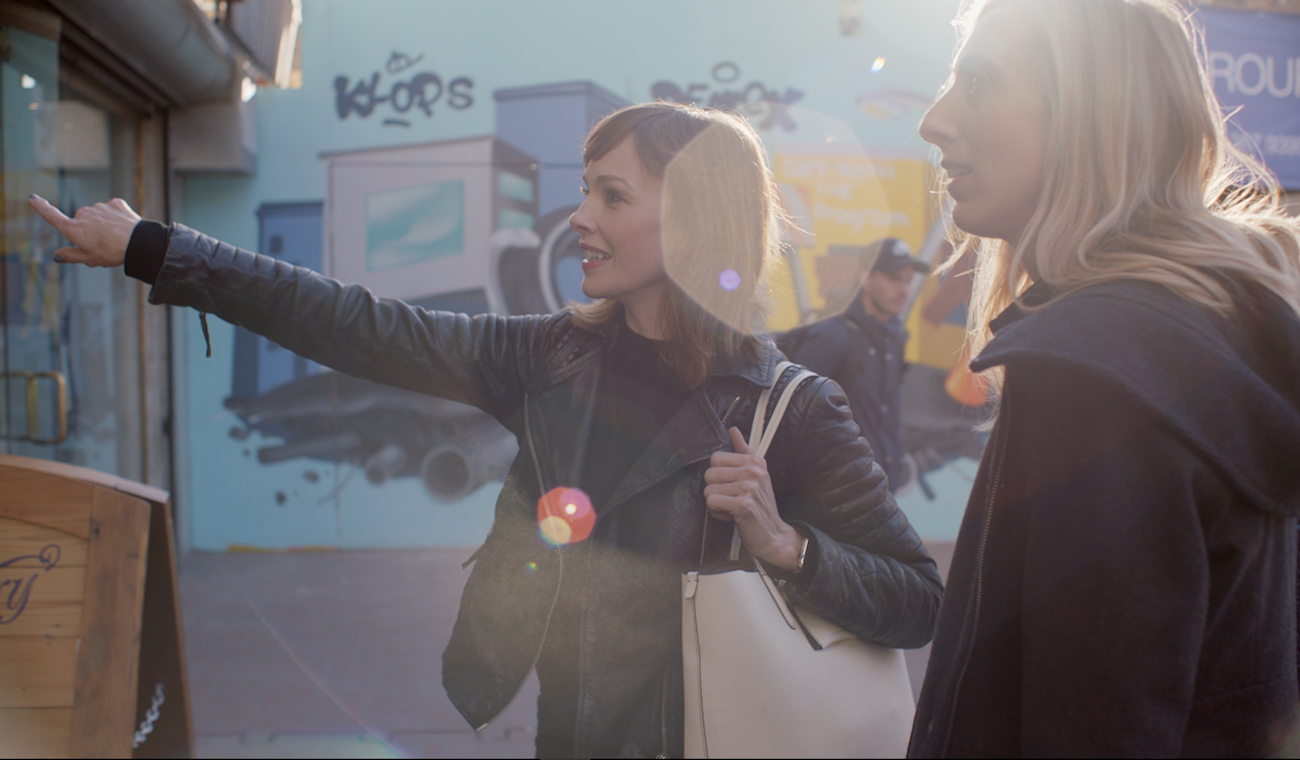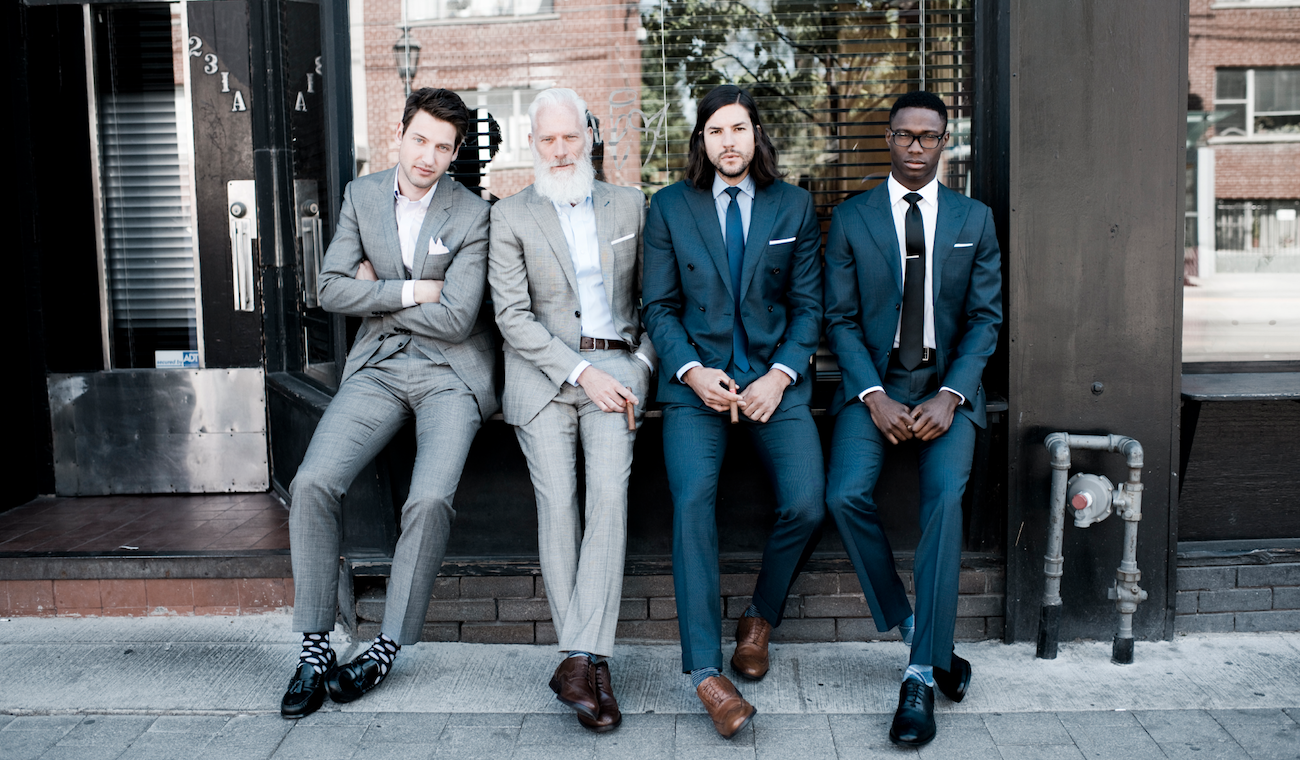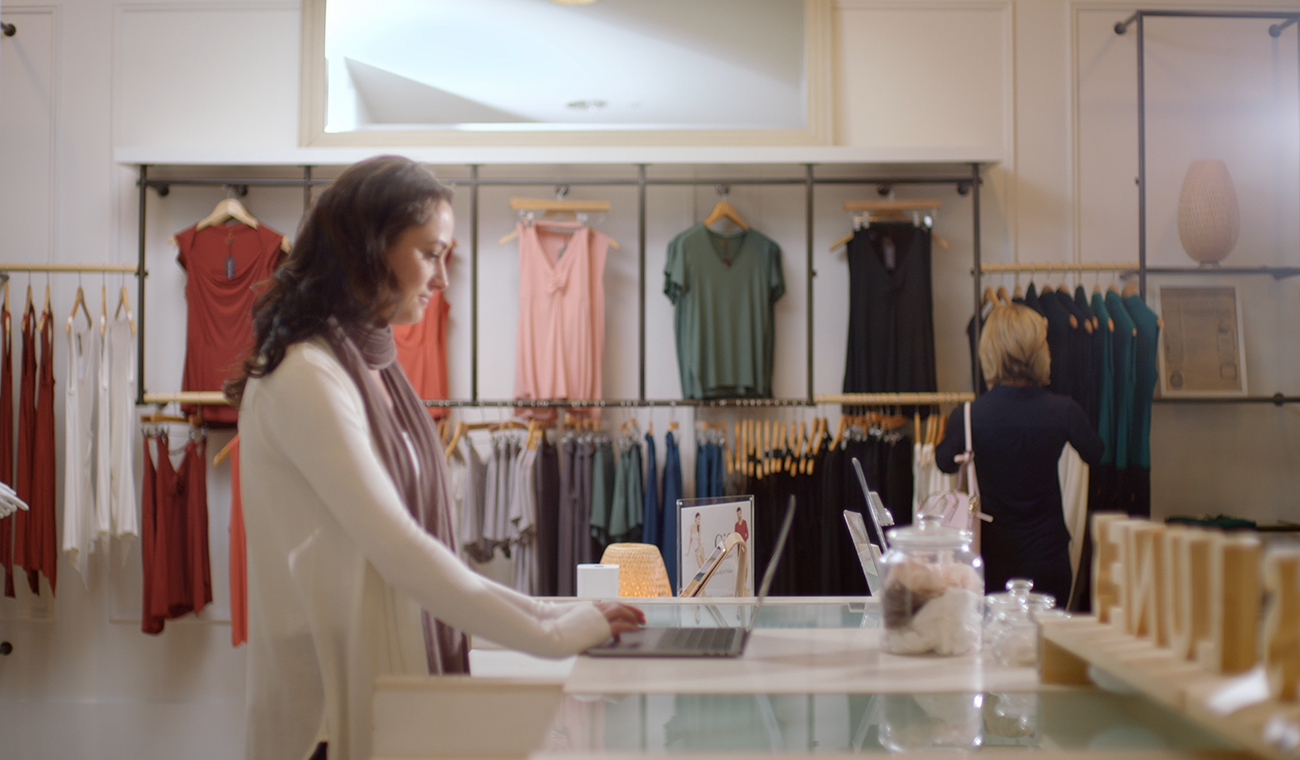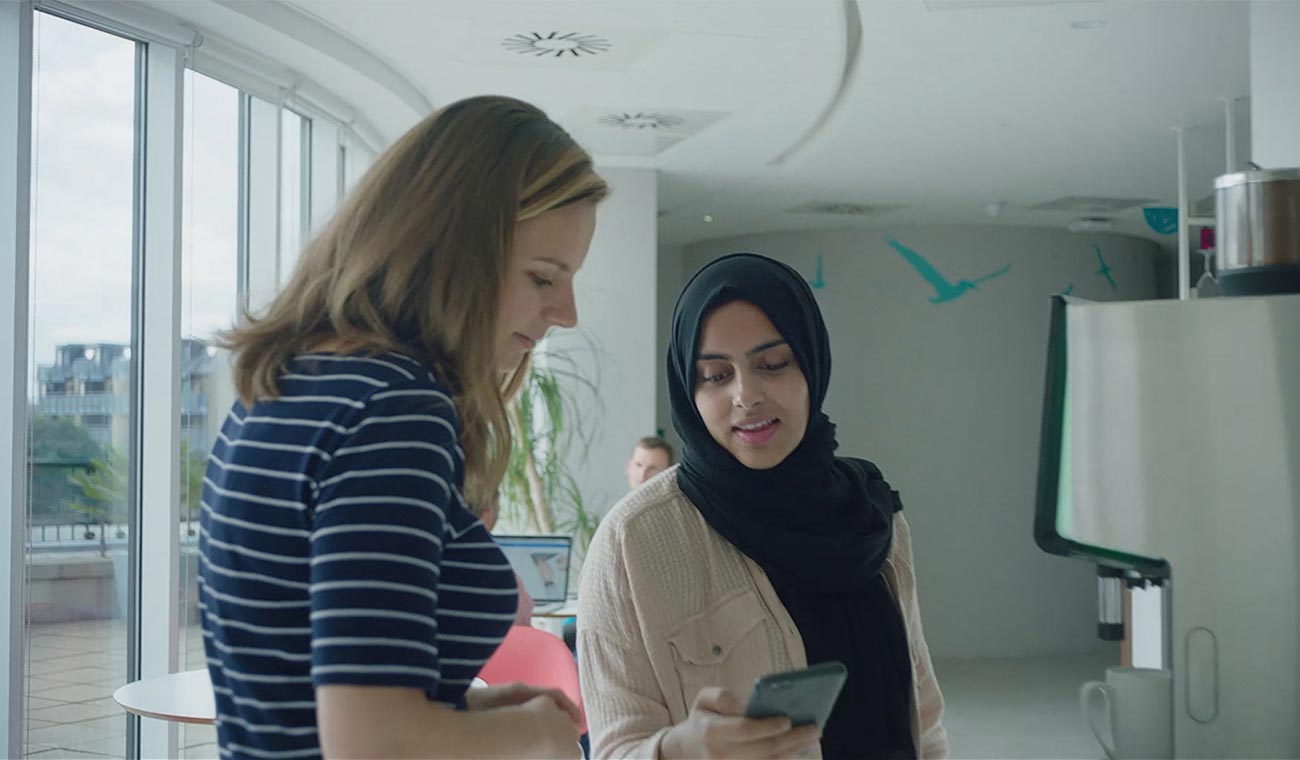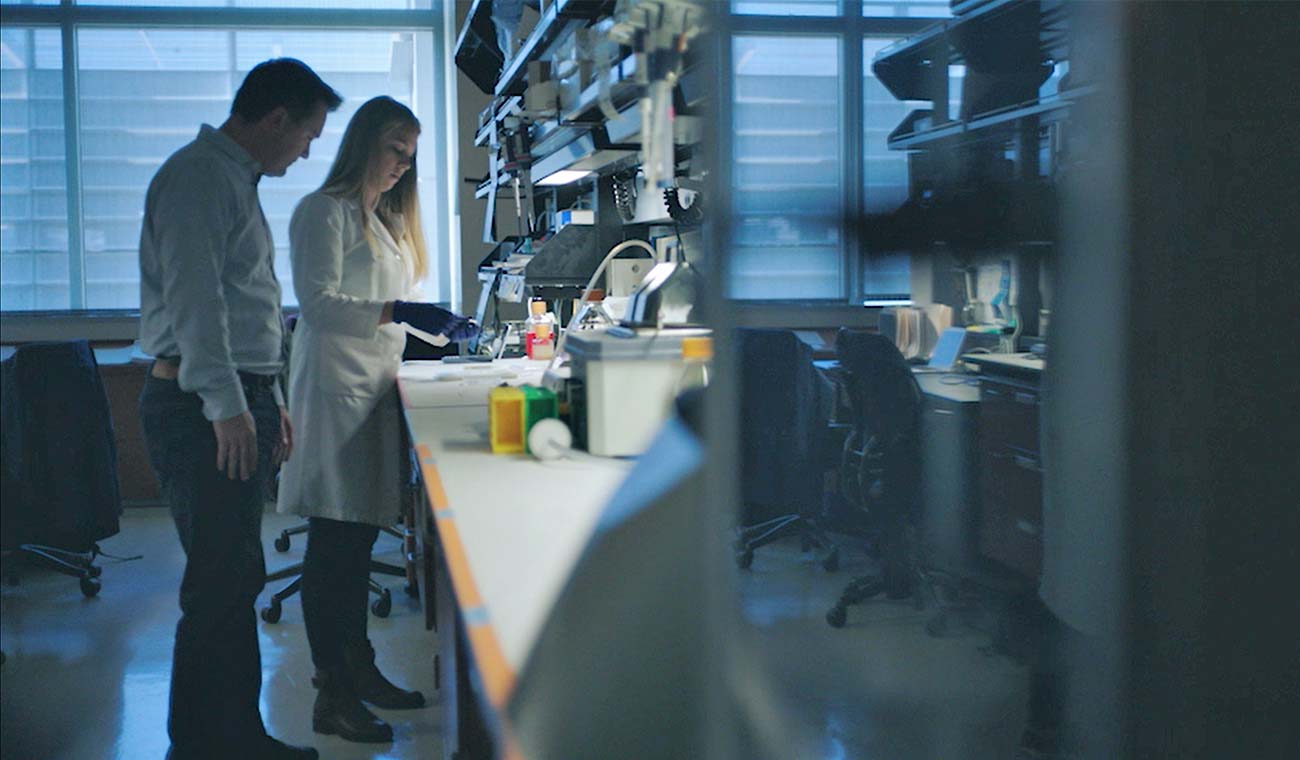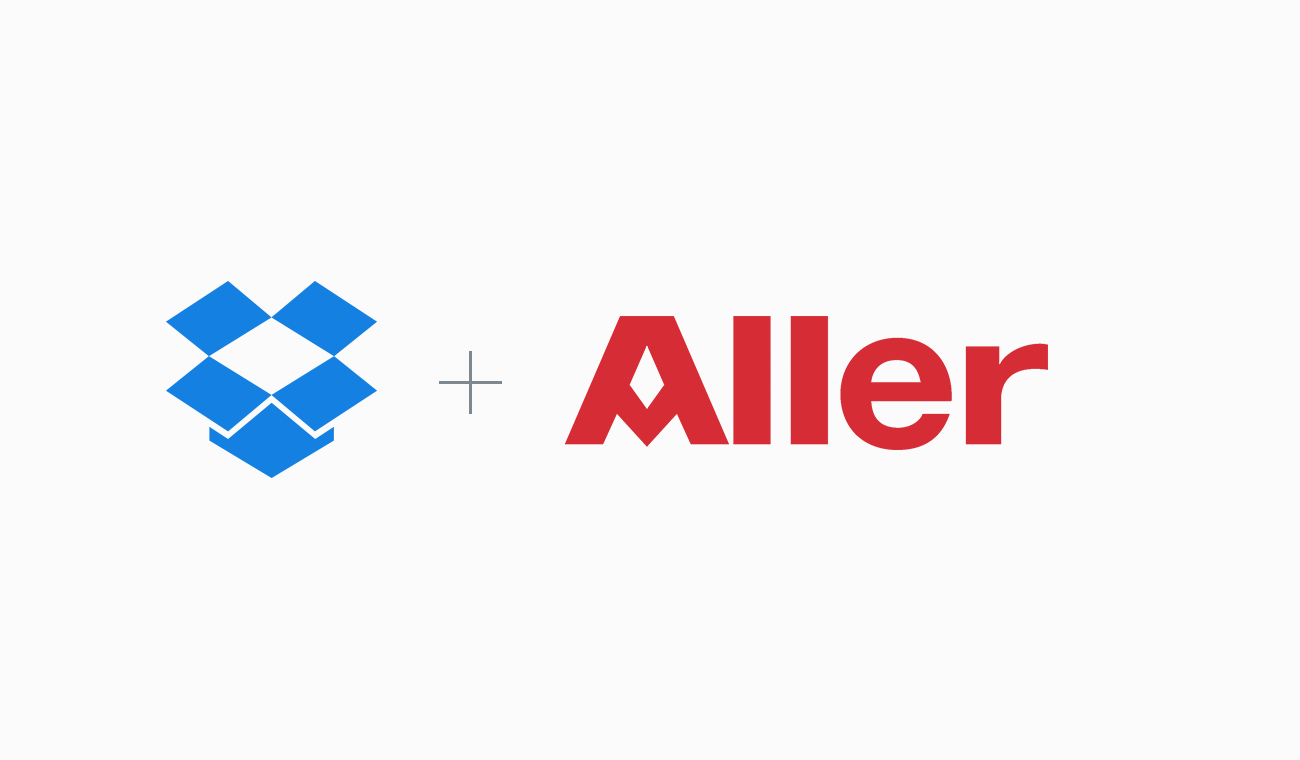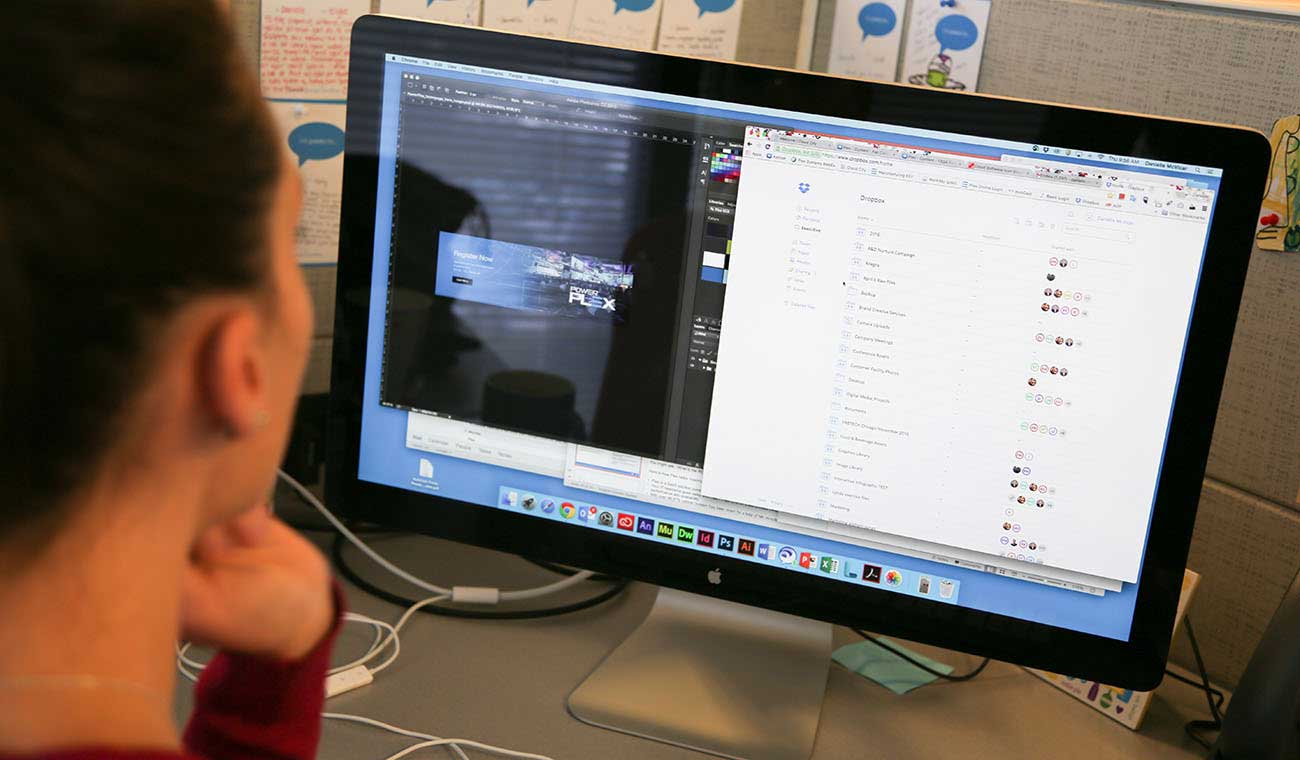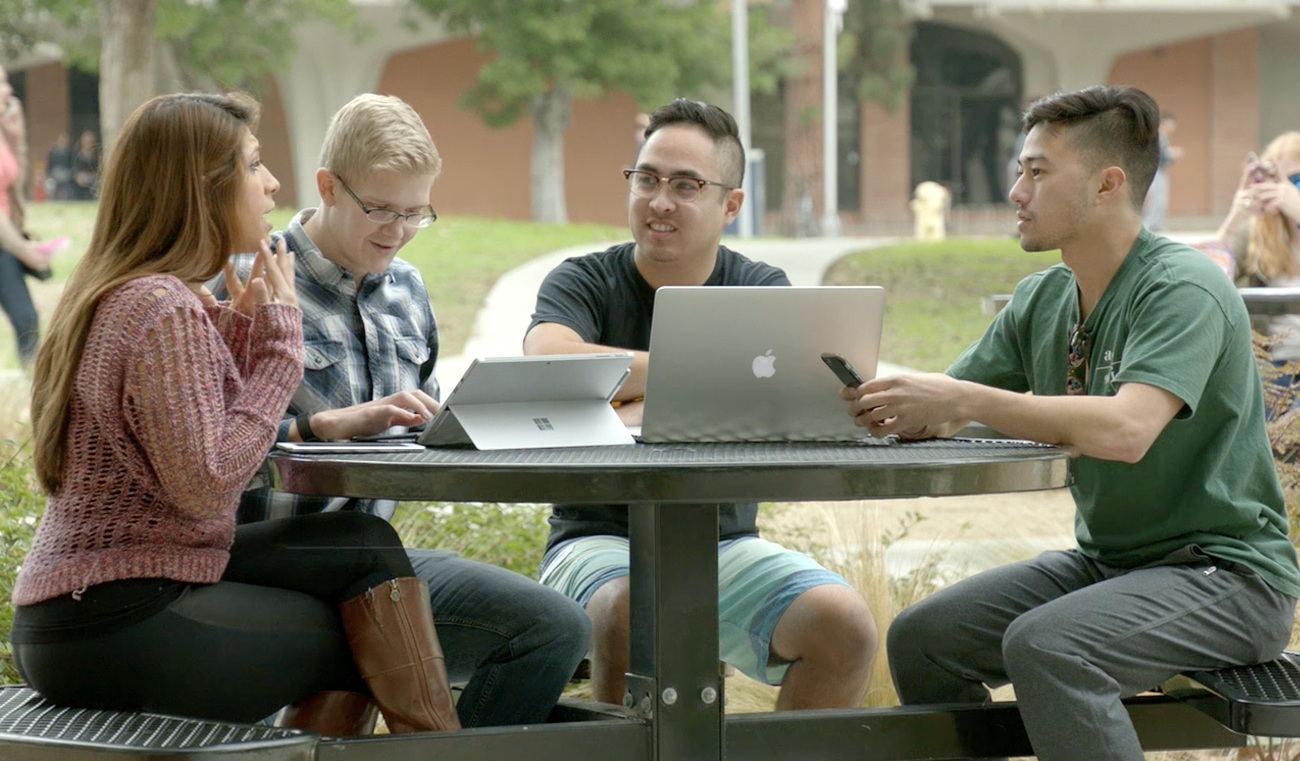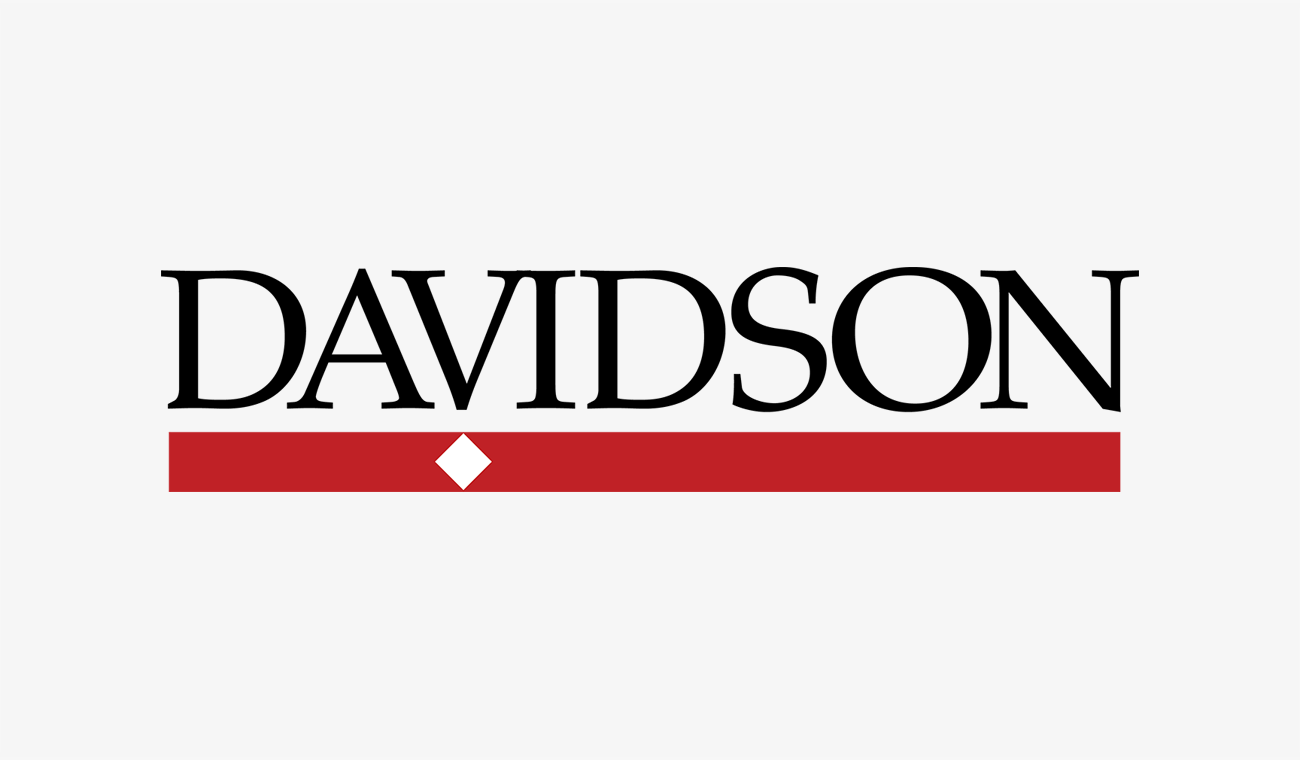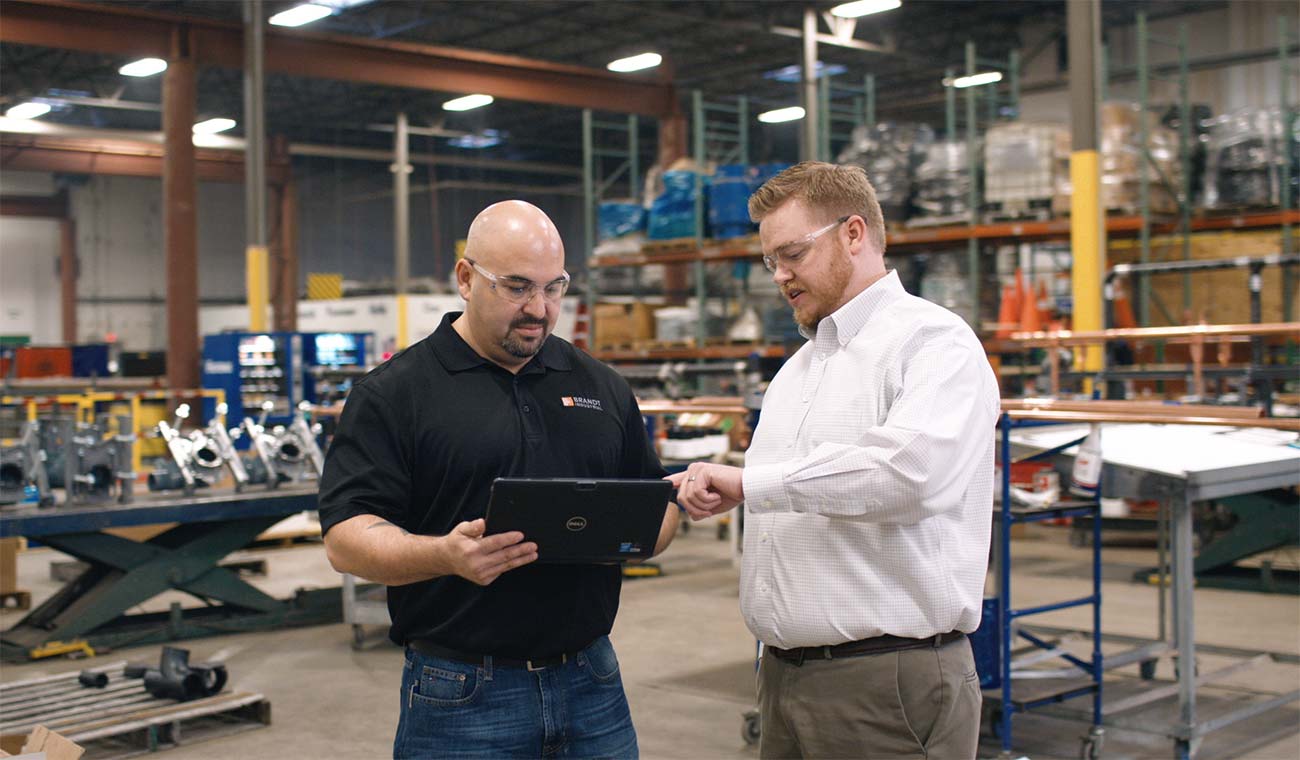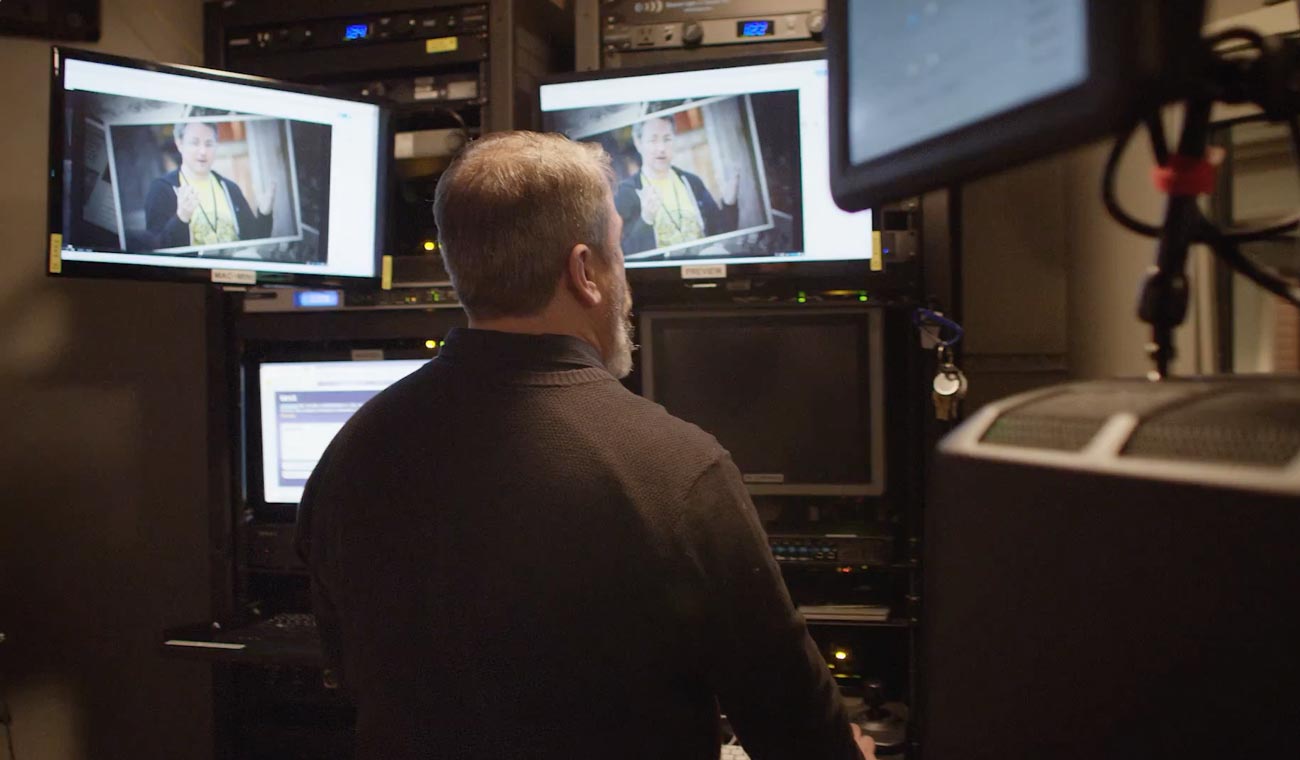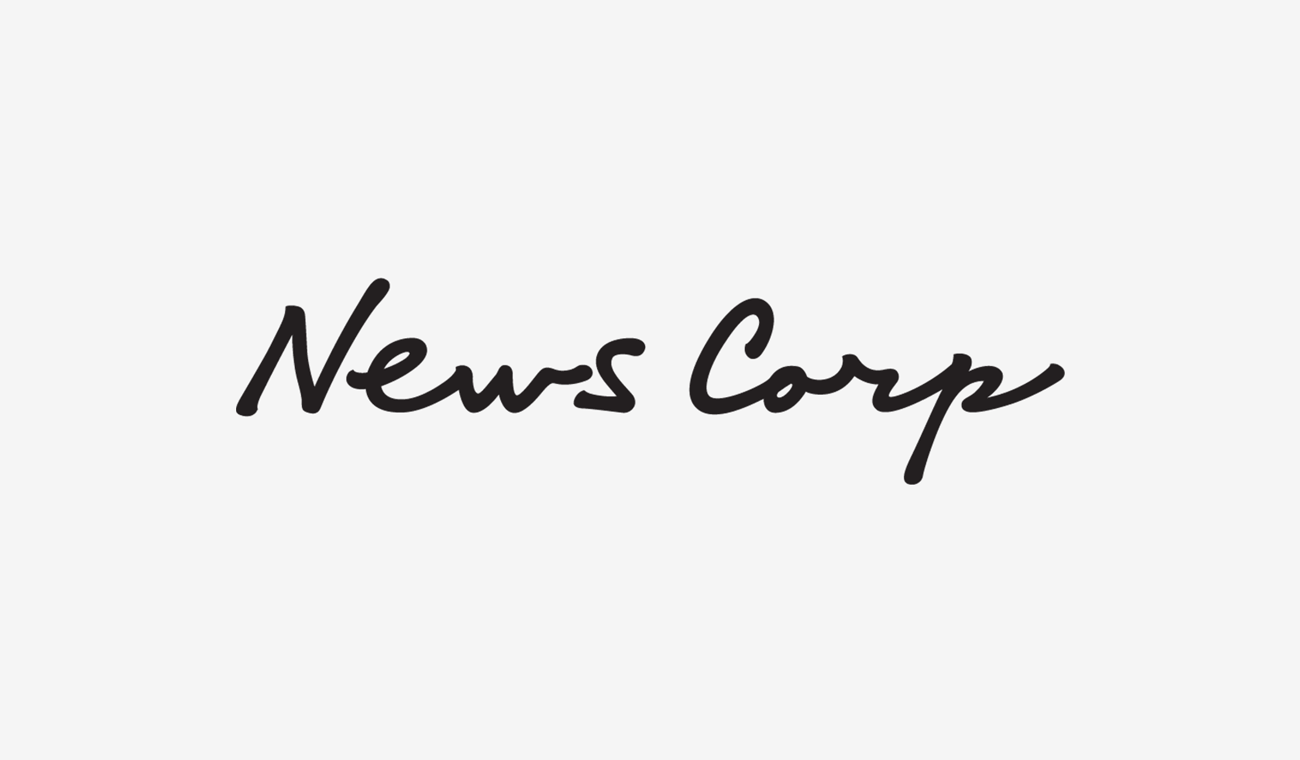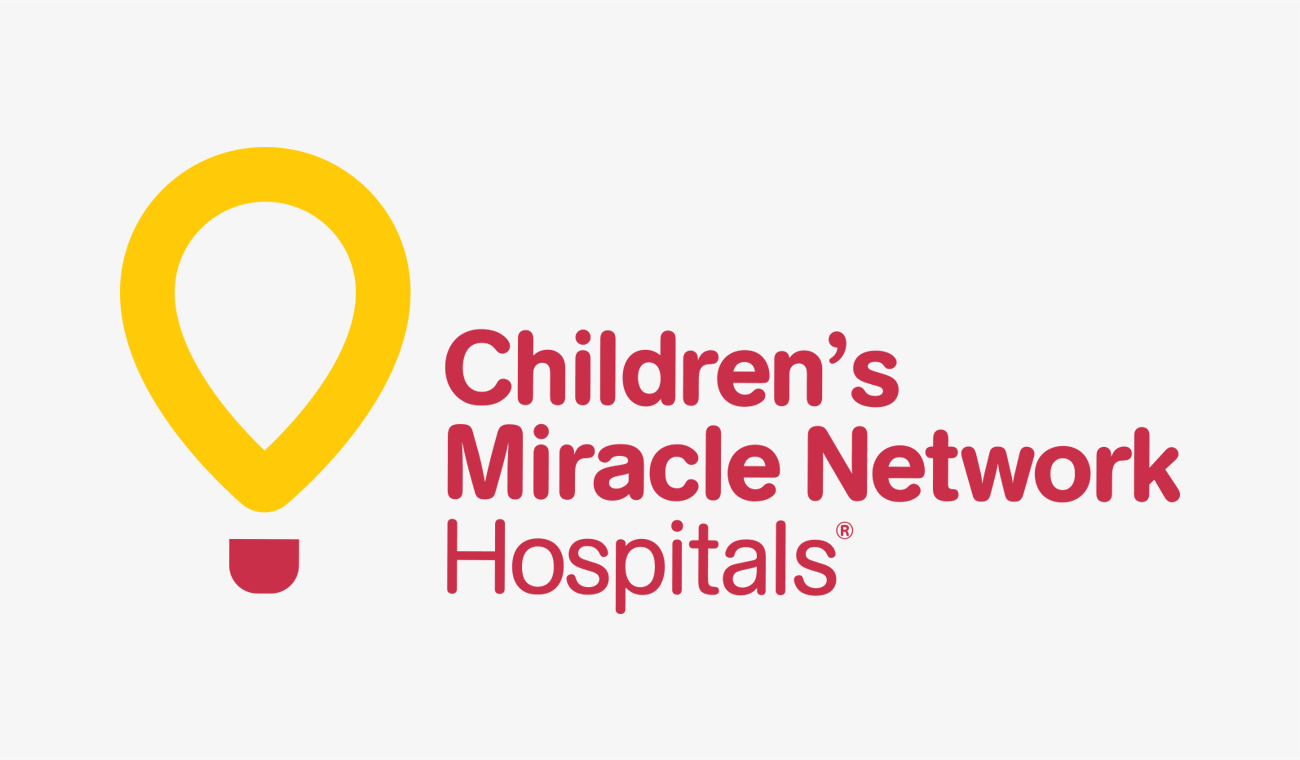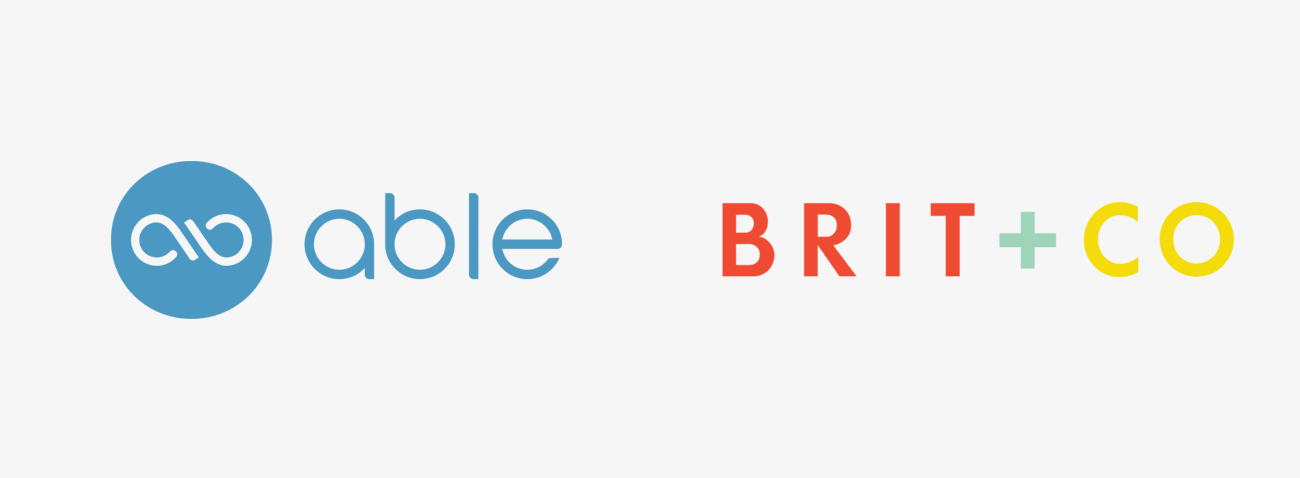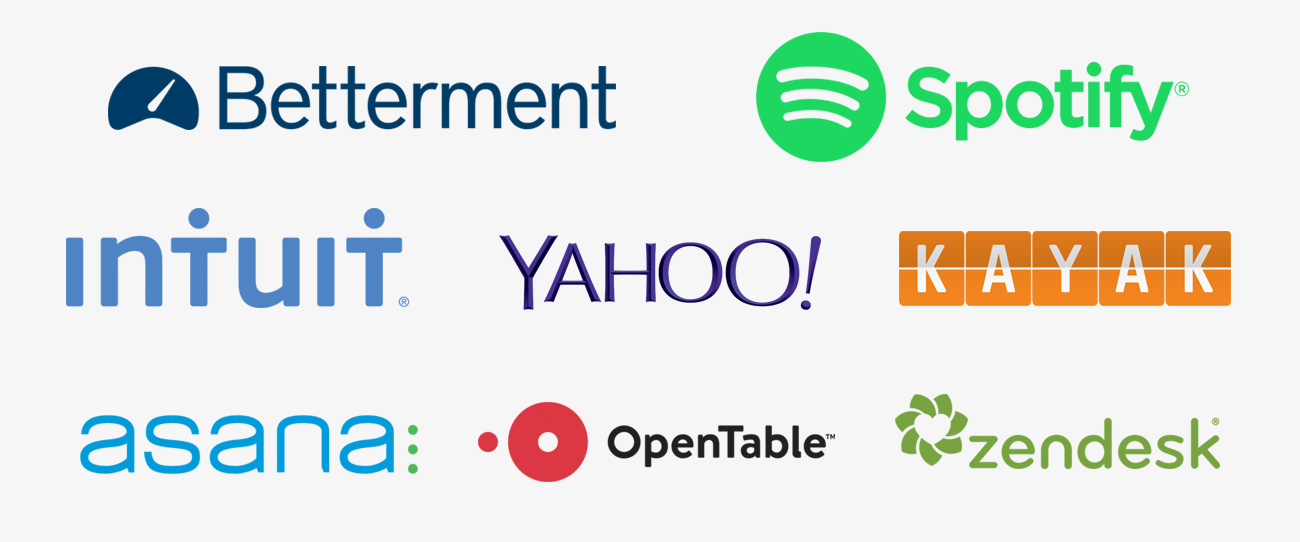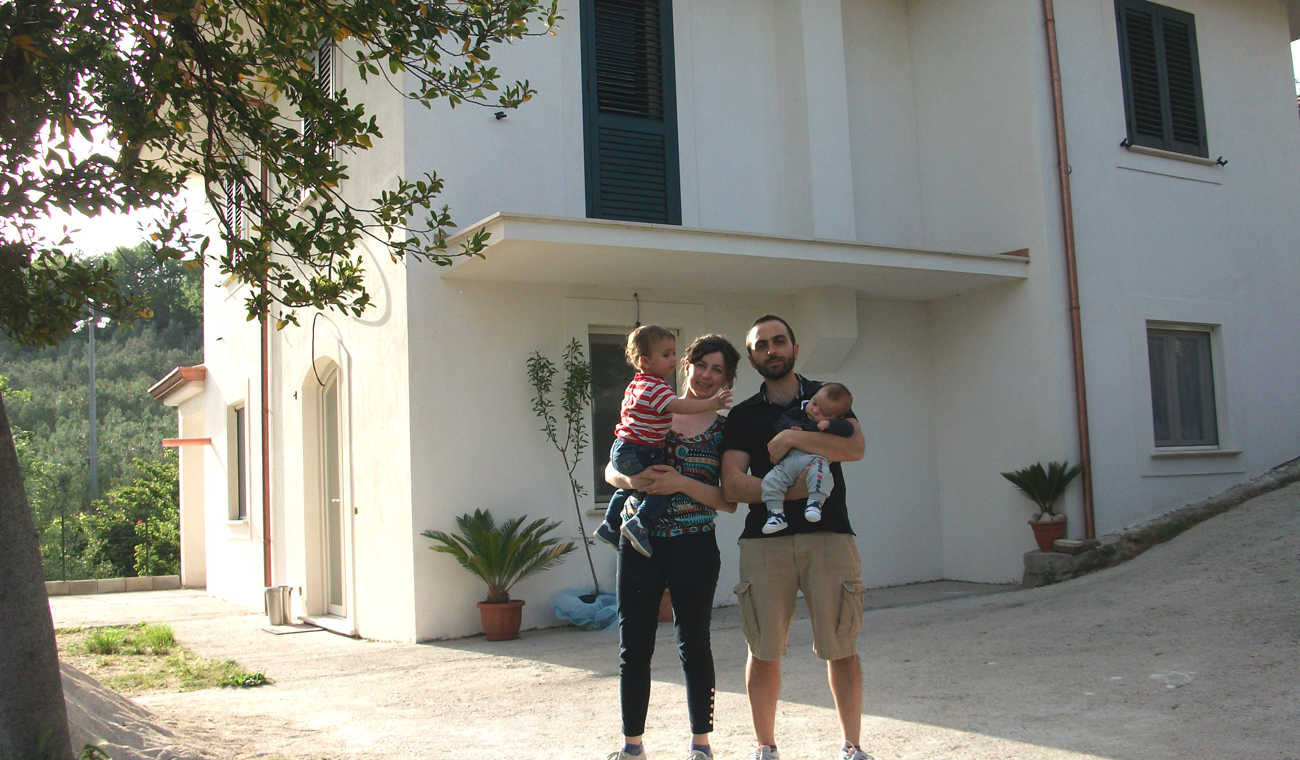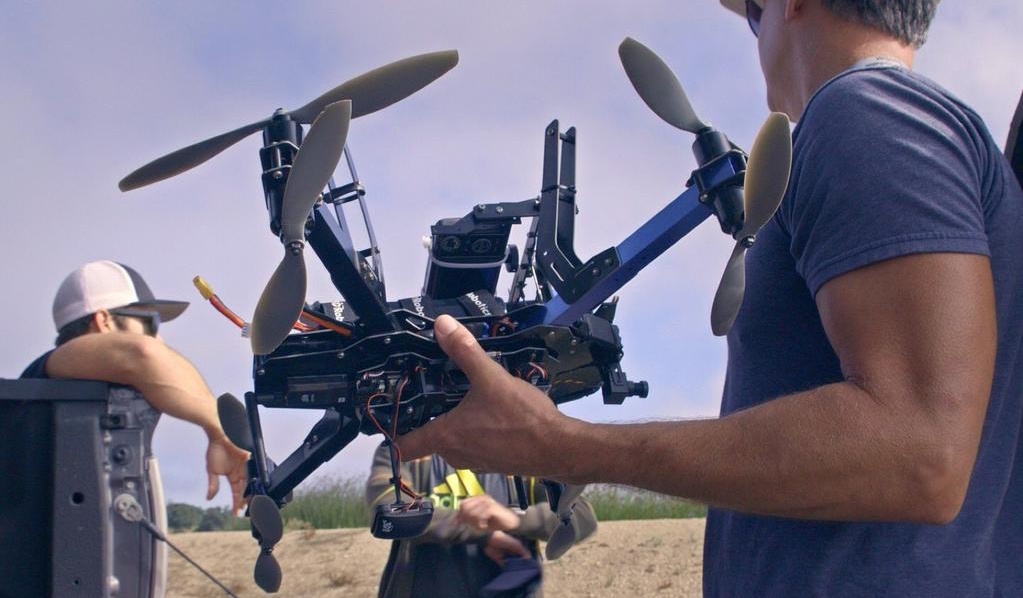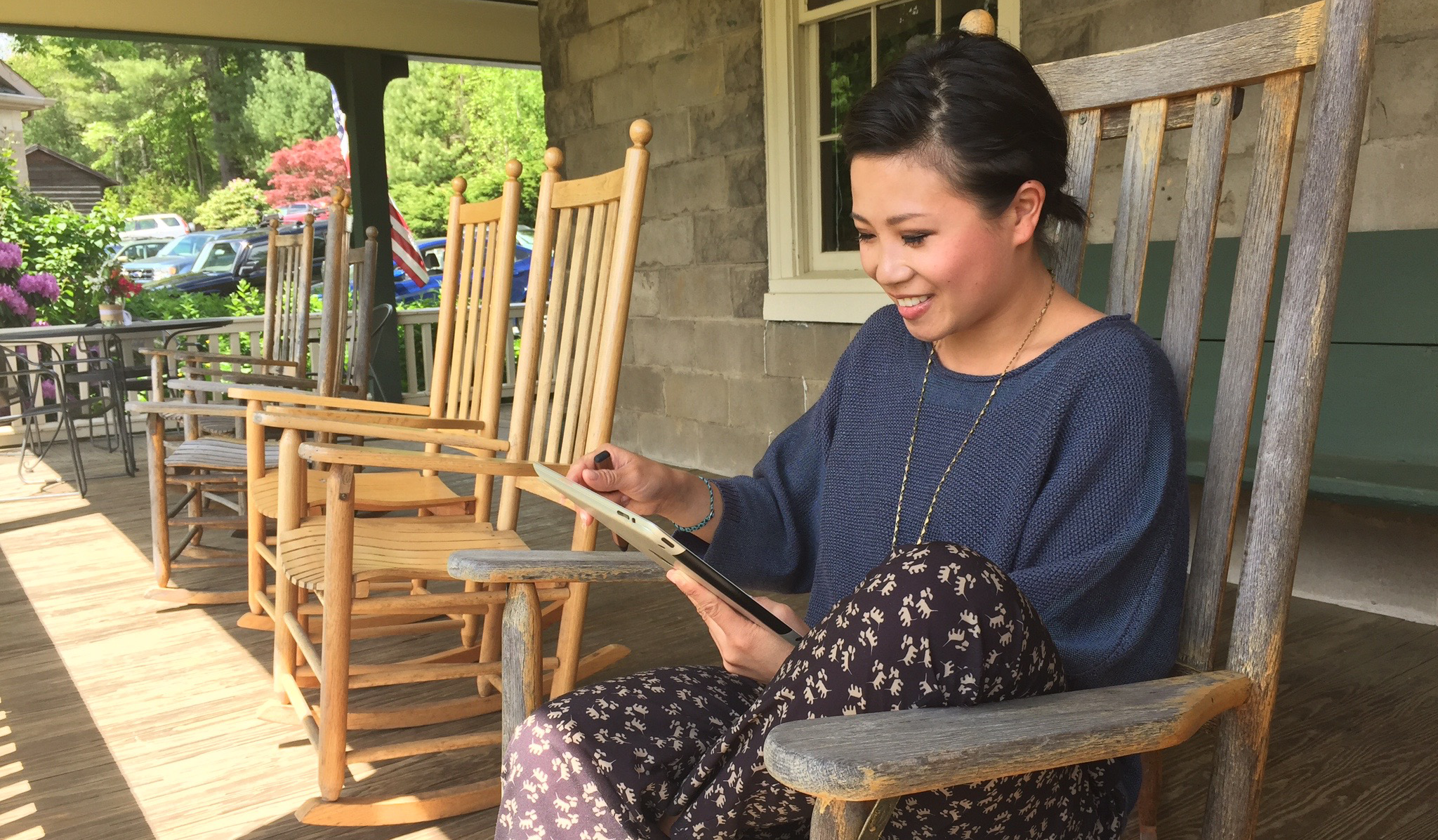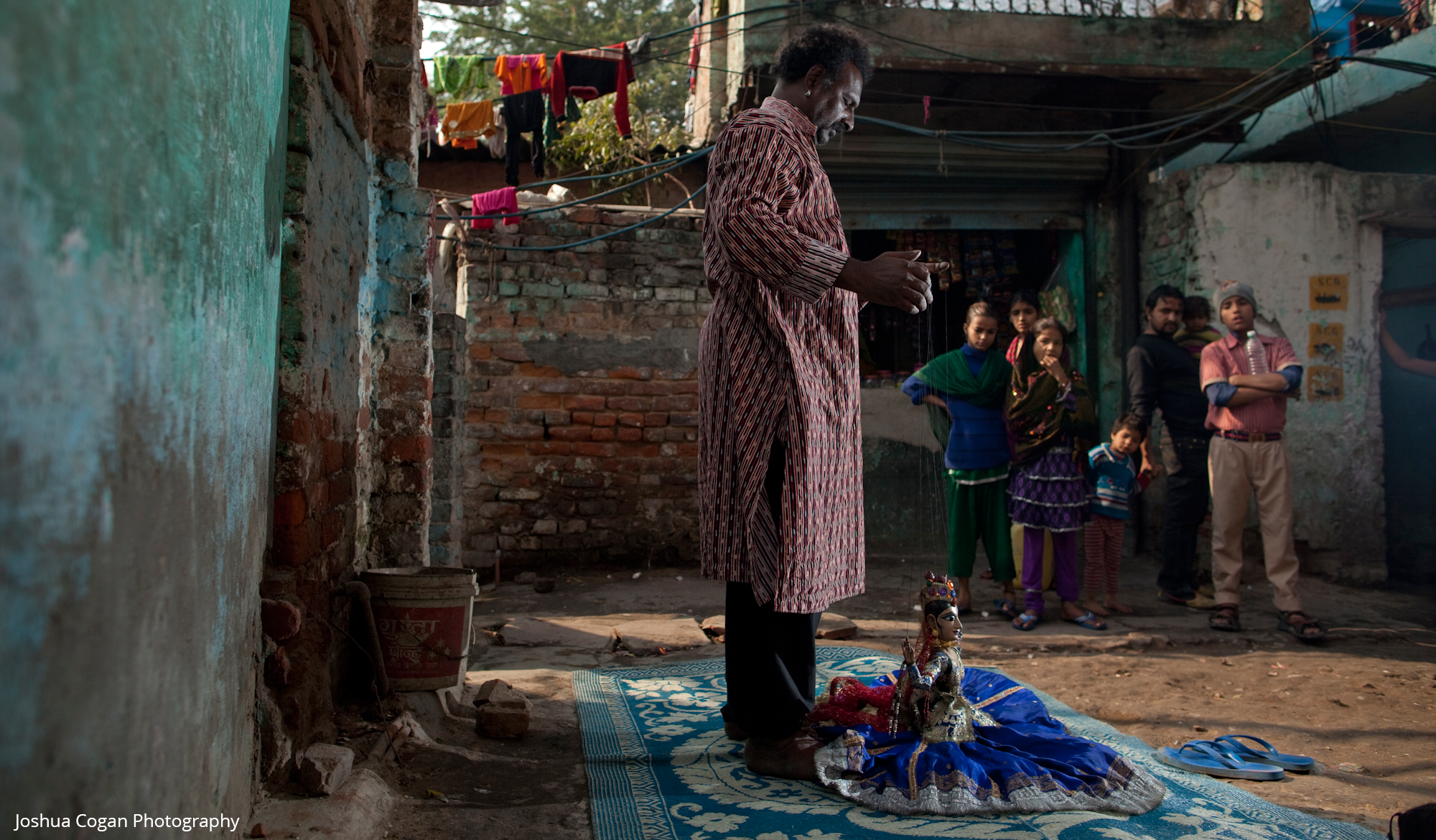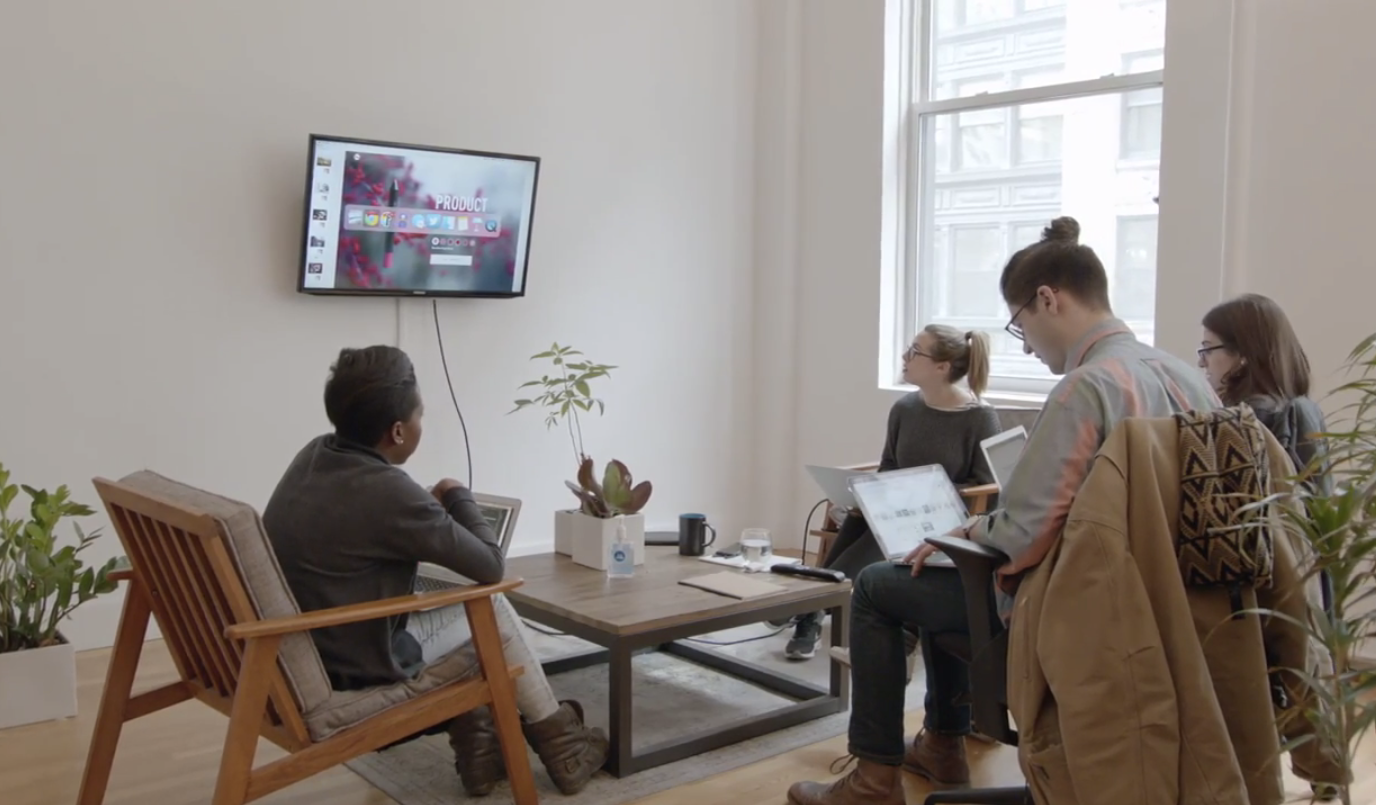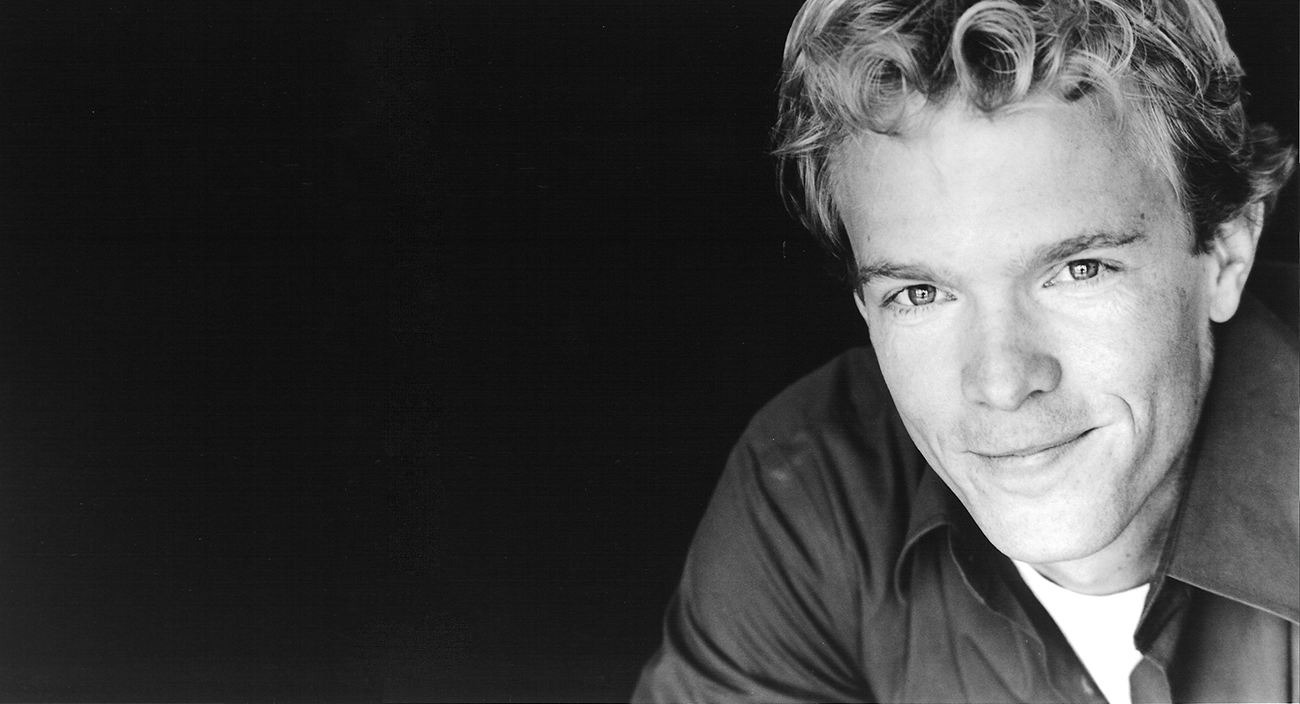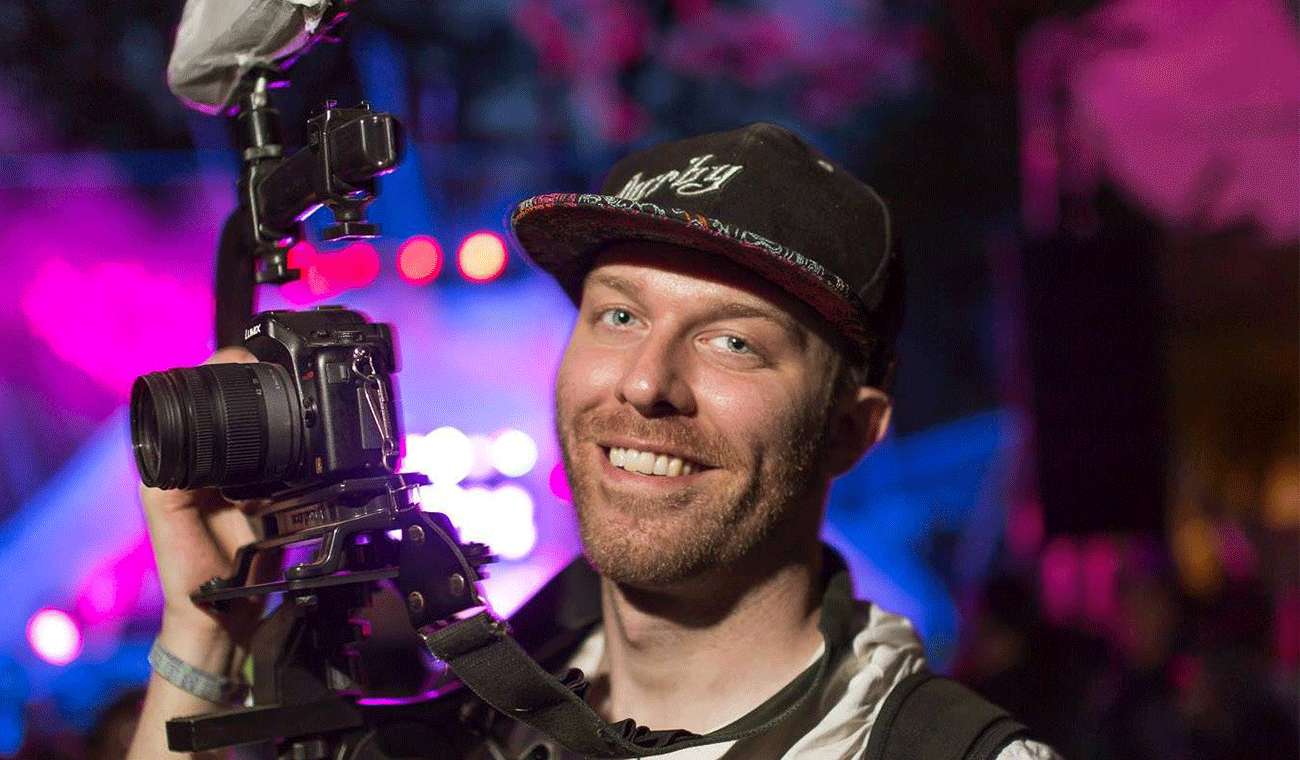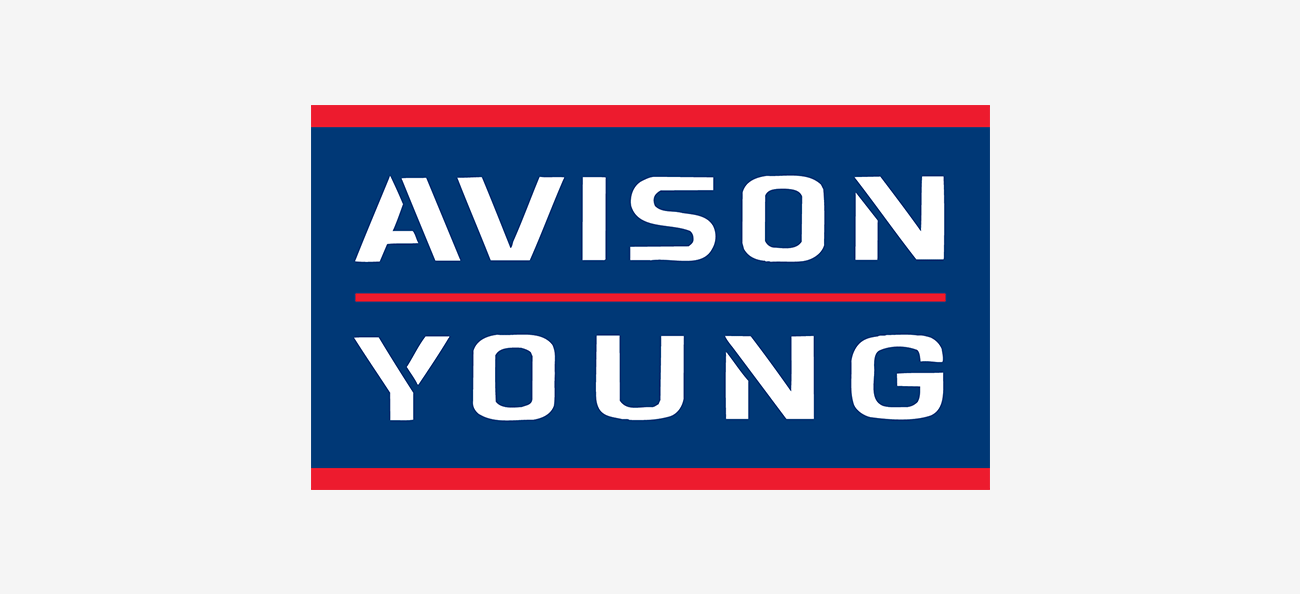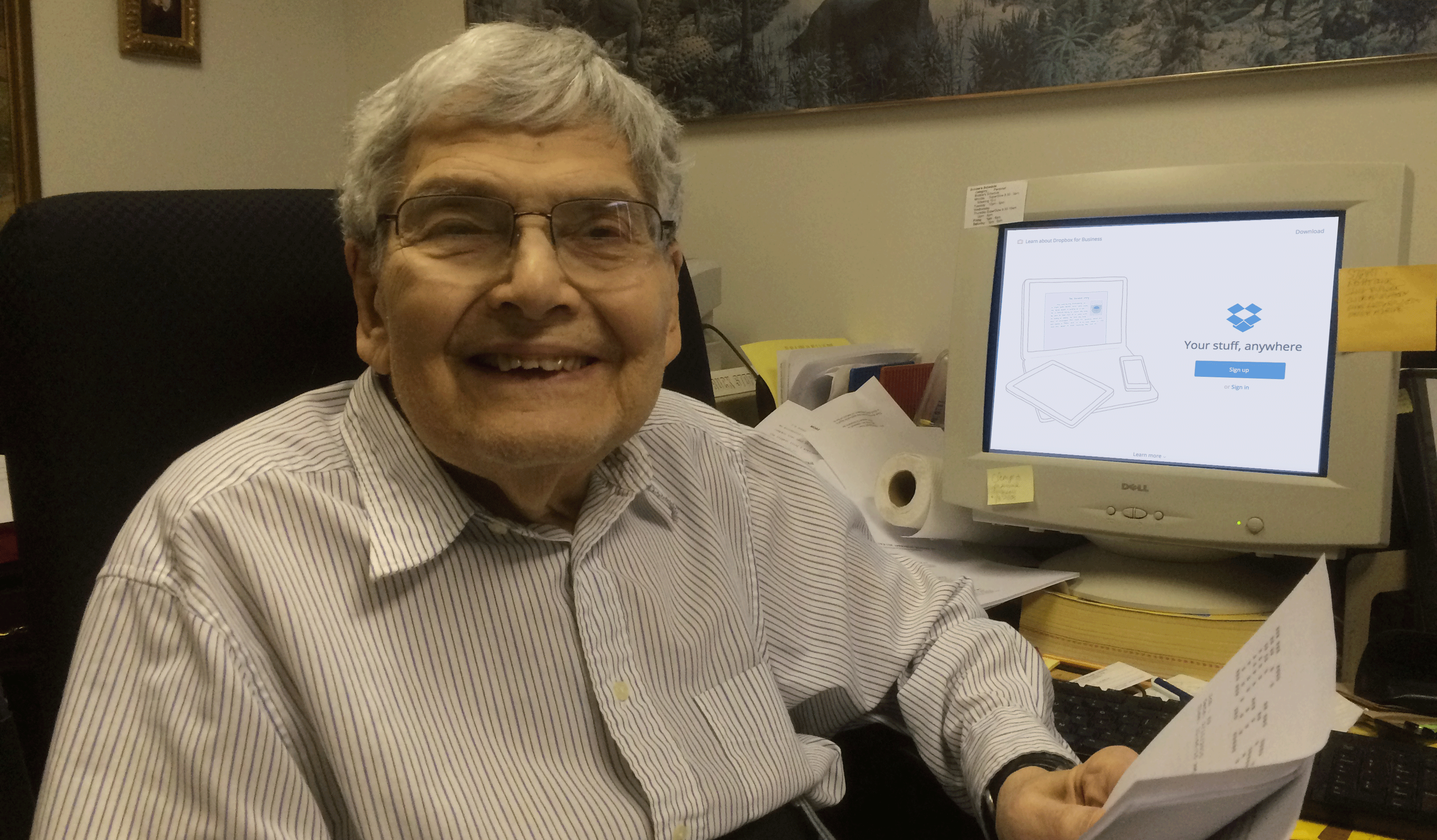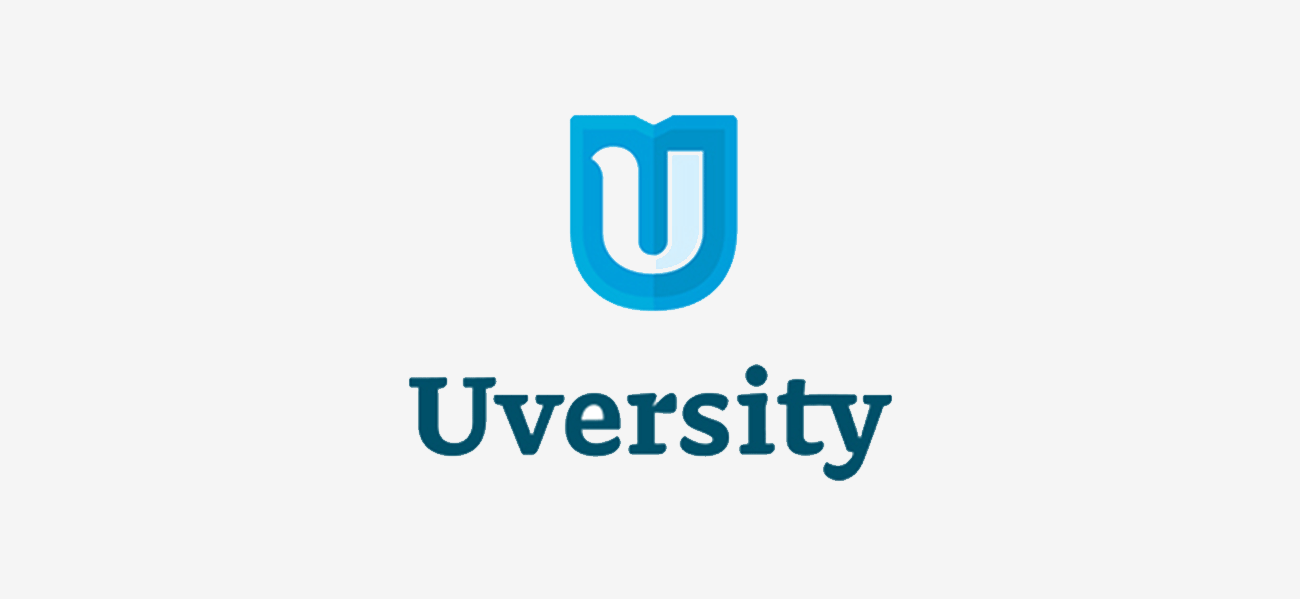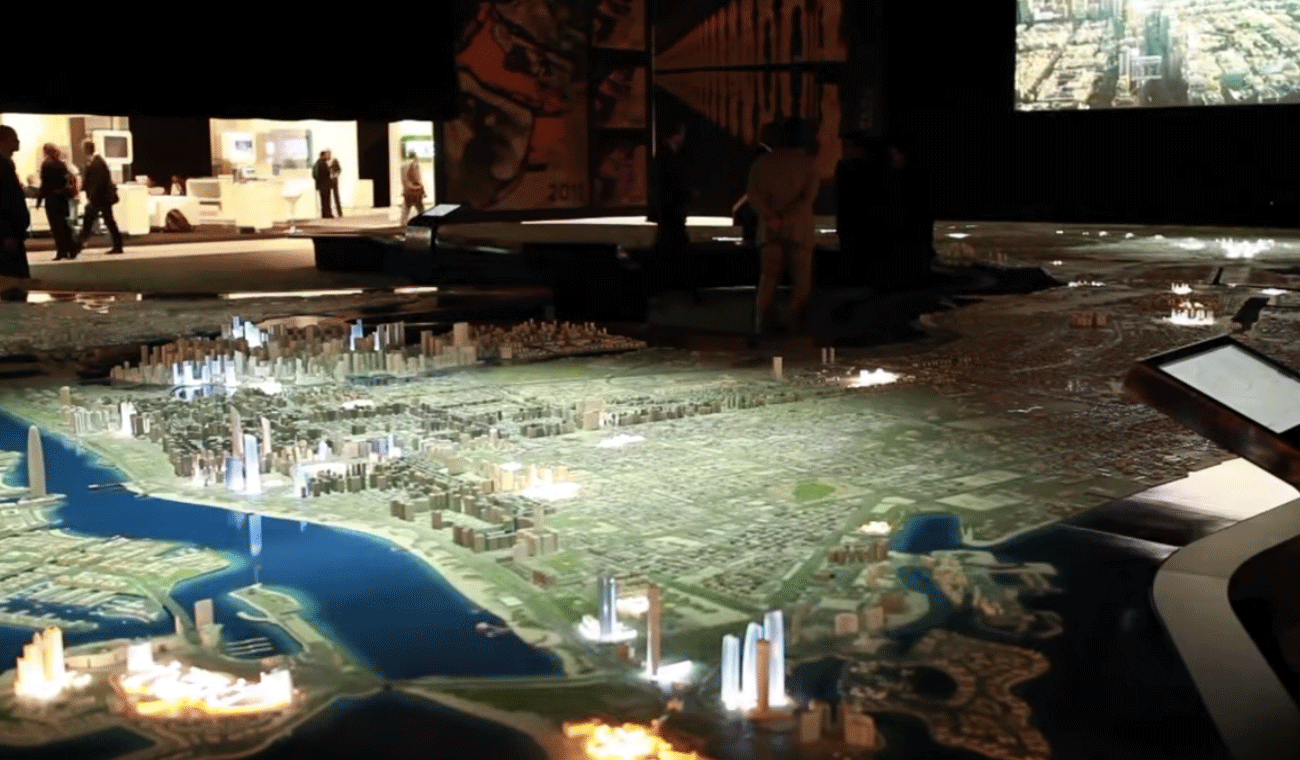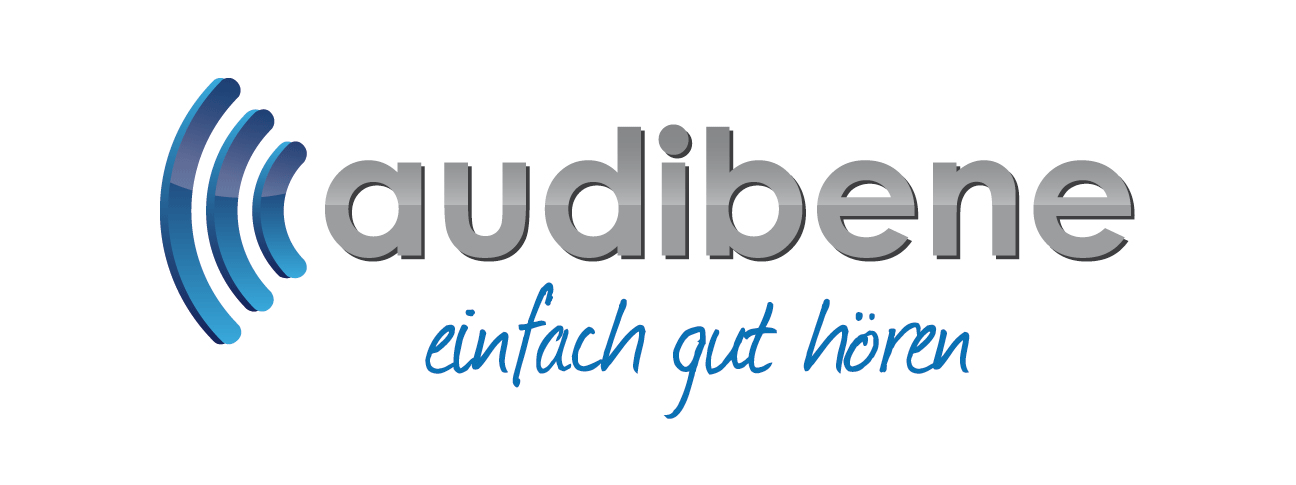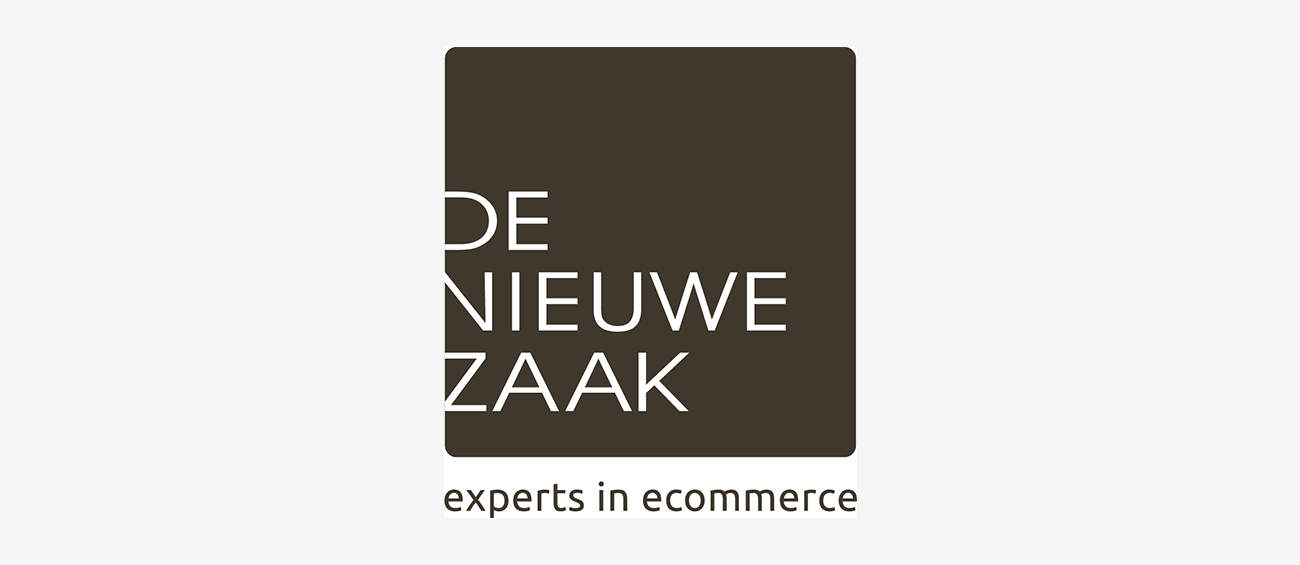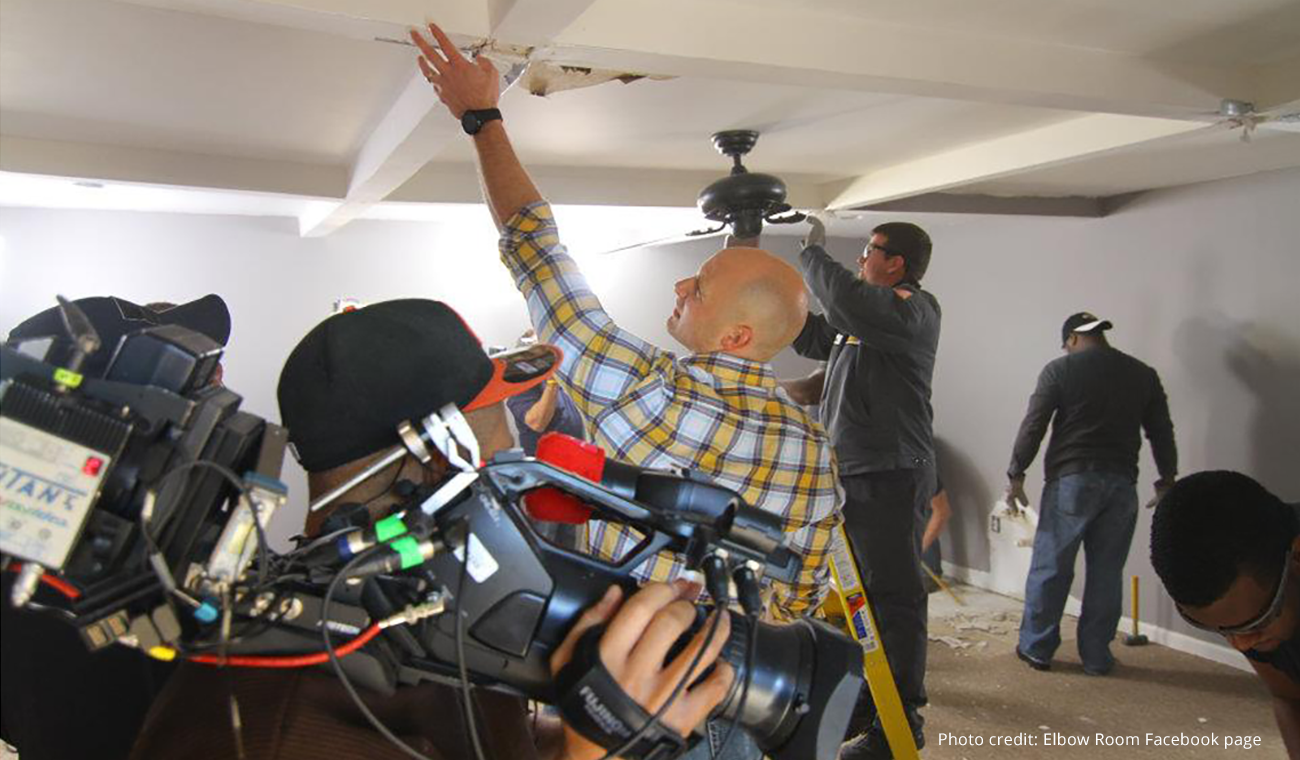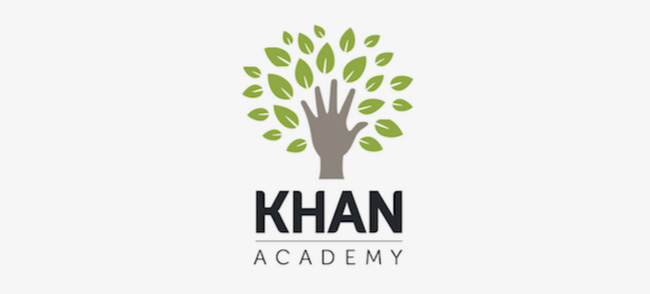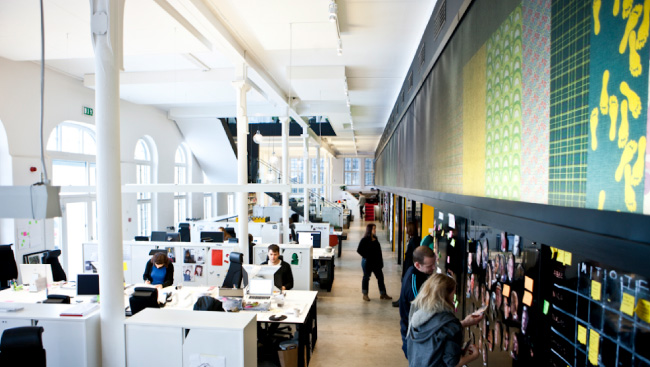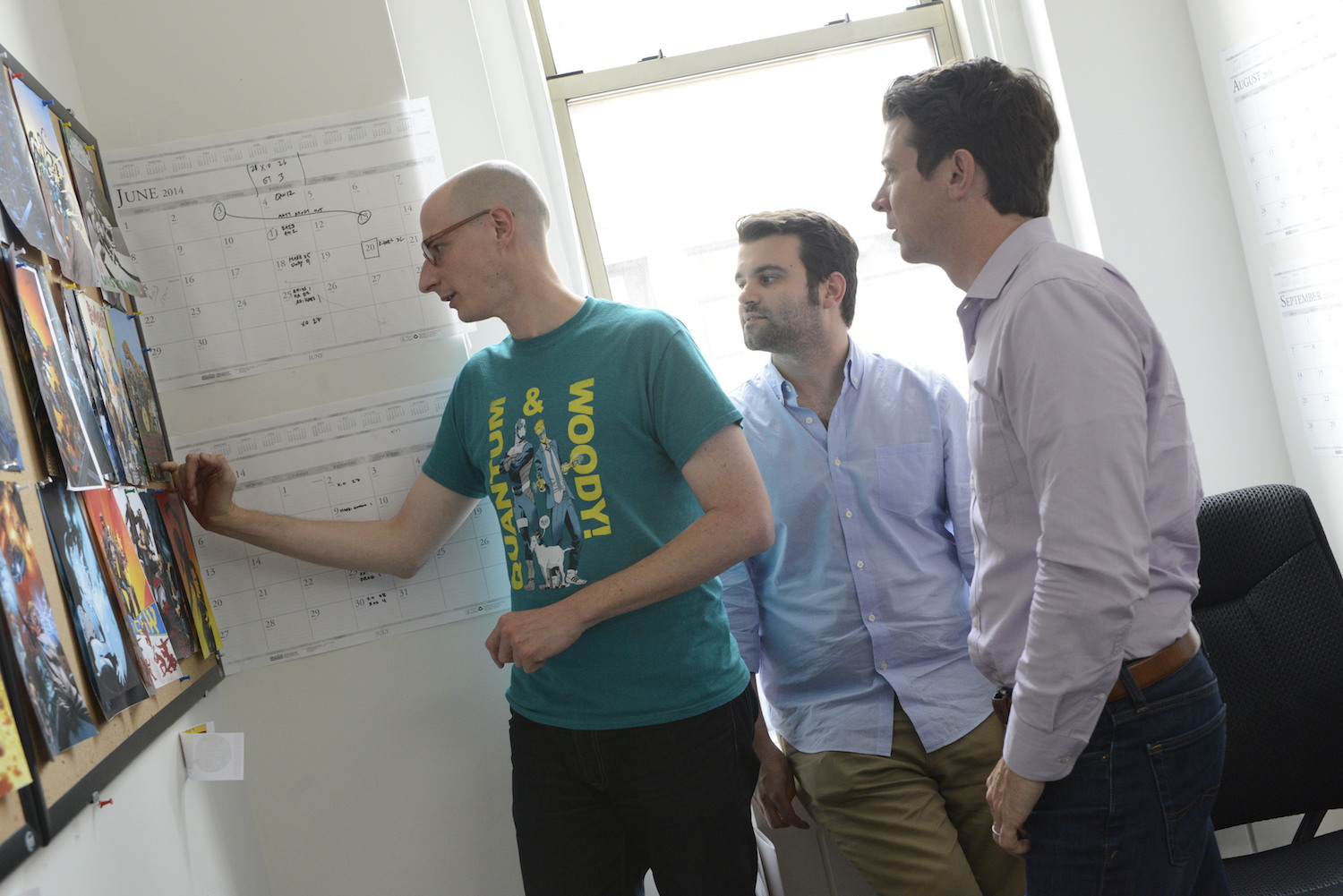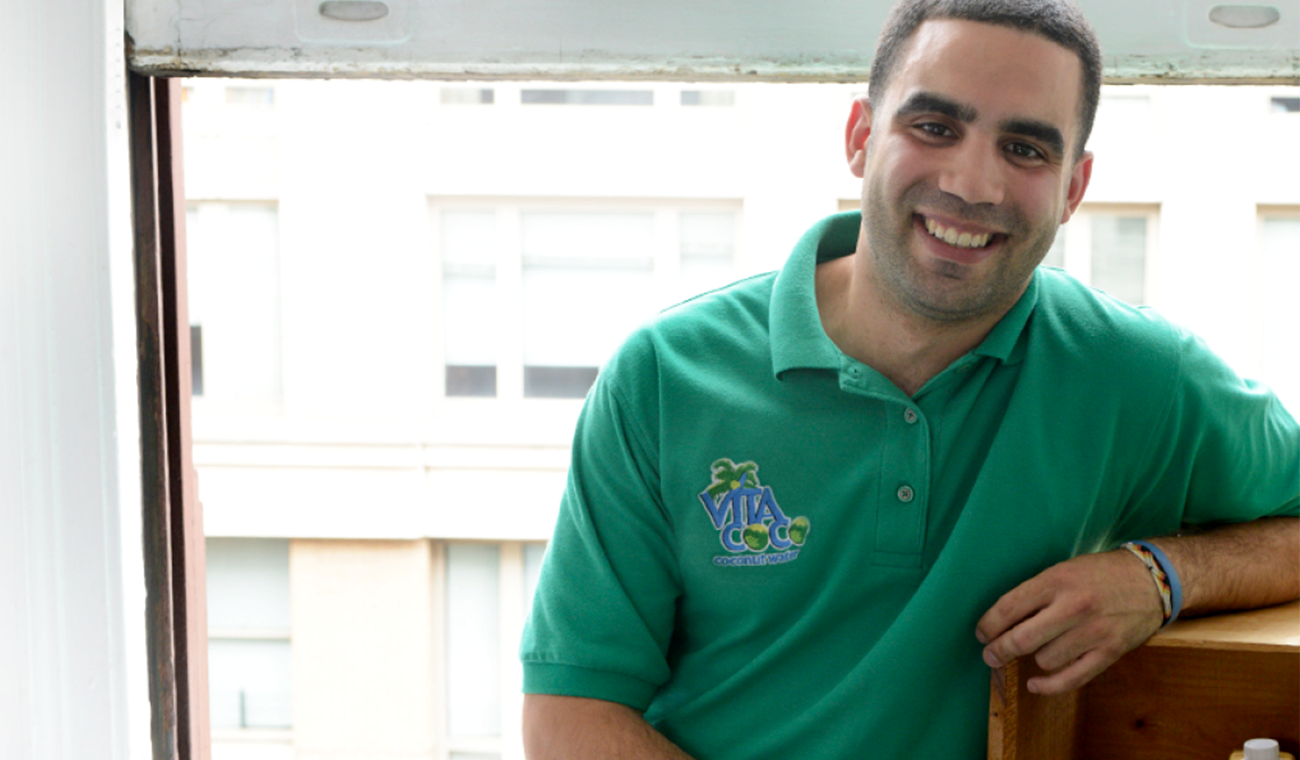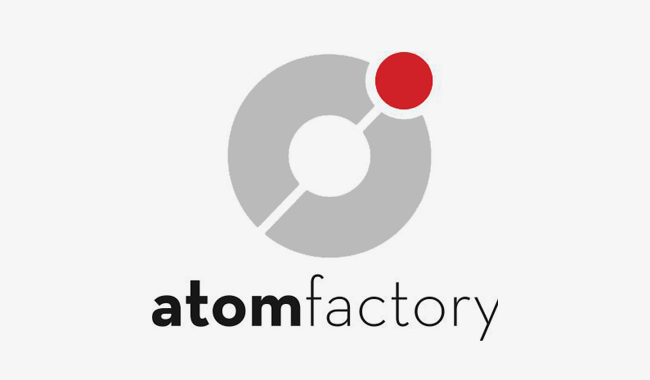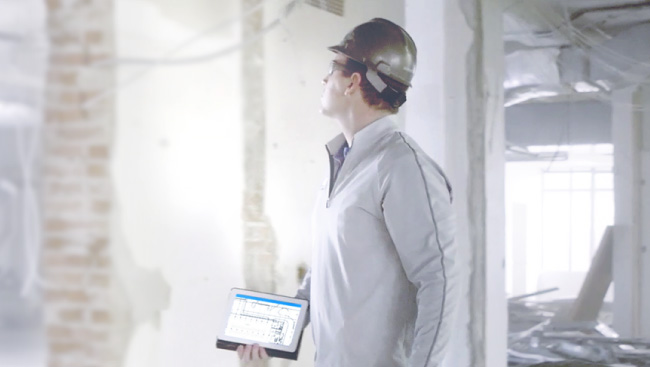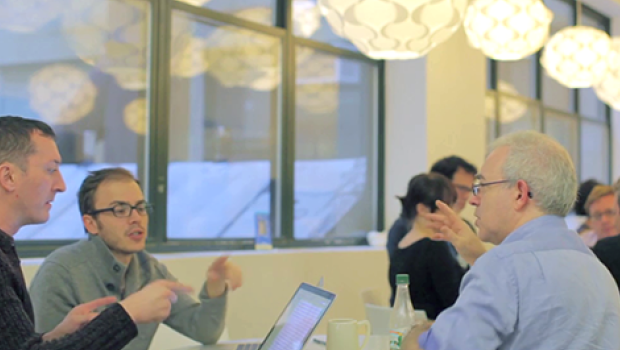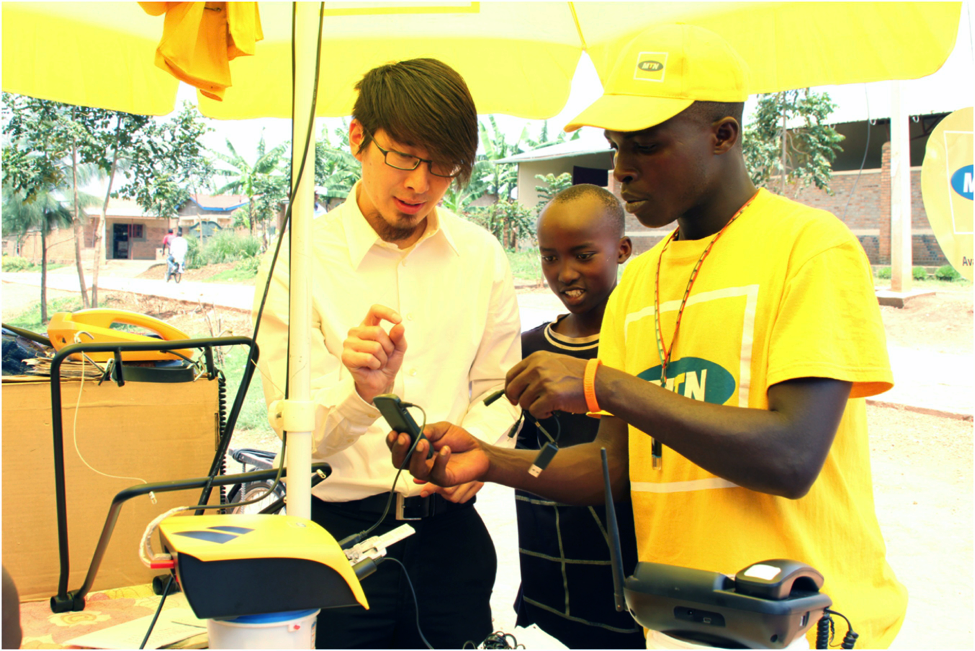
First Draft: What my first film taught me about organization
Published on October 11, 2024
Jia Rizvi's first film went from classroom project to Amazon Prime with the help of a small-but-mighty team powered by Dropbox, Replay, and Sign.
In our First Draft series, creatives look back on their first projects and share what they’ve learned from the experience.
In New York City, there are unspoken—if you’re lucky—rules of the sidewalk: Walk with the flow of pedestrians, not against it; move to the side to stop instead of standing still abruptly; and steamroll past anyone who isn’t following those rules—even if they're breaking them for a good cause.
Jia Rizvi often found herself on the business end of that third rule in 2015. Back then, she and a friend were planning a fundraiser for Adnan Syed’s Legal Defense Fund. (Syed’s wrongful conviction in his ex-girlfriend’s 1999 murder was the focus of Serial, a 2014 podcast that riveted Rizvi and millions.)
“We were canvassing the streets and handing out flyers, telling people to come and help us raise money for Adnan,” she recalls now from her home office. “Most people ignored us or took the flyer and threw it away.”
In 2016, Rizvi took the Amtrak from New York to Baltimore to attend a hearing that could grant Syed a new trial. Cameras were everywhere—a crew of four even followed Rizvi and the Syed family to dinner. It wasn’t until she had to sign a release that she understood what they were for: The Case Against Adnan Syed, an HBO docuseries that would be released in 2019. That small crew was a revelation to Rizvi.
“I was thinking, That’s all it takes?!” she says now. “I have a camera. I know a few people. I can do this, too! This is how we can get people to care! So, so dumb and so naive.”
Dropbox became a bridge between Rizvi and her small team’s on-set and on-laptop days.
On the train ride back to New York, she became an aspiring documentarian. When her son was born in 2017, Rizvi enrolled in a documentary workshop program at the New York Film Academy the following year. (She also enrolled her son in a nearby daycare for easy drop offs and pick ups.)
At NYFA, Rizvi learned what she couldn’t tell from watching the documentary crew in 2016: Just because you have a camera, doesn’t mean you have a film. And just because you have a film, doesn’t mean anyone is going to see it.
“Only 1% of films ever make it into a film festival. One percent. Thank God I didn’t know anything,” she says, “because… had I known what I know today, I would have never switched careers.”
But Rizvi’s drive coupled with her teachers’ instruction kept her from being deterred. For her final project, she did a 20-minute short about Jeff Deskovic, a man she met while planning the fundraiser for Syed. Like Syed, Deskovic had been wrongfully convicted as a teen in the murder of a high-school classmate. He was released after serving 16 years.
Dropbox became a bridge between Rizvi and her team’s on-set and on-laptop days, keeping files, clips, and contracts organized and shareable from shoot to shoot. Sign was clutch when it came to getting crew and interview subjects to sign contracts and release forms. And when a special-effects editor in Pakistan introduced her to Dropbox Replay, it superpowered the team’s post-production work, she says.


“Sometimes a minute-and-a-half-long video would have a novel of notes. [Now] there’s no guess work,” Rizvi explains. “We could pause it, make a note right there, and it would timestamp it for us. It sped up the process so, so much and there’s much less miscommunication.”
This came in handy when her film editor moved to Los Angeles mid-project to work on a Netflix project.
“Conviction is a lot stronger because of the way we were able to quickly address and share these things remotely,” Rizvi says now. “There were definitely many, many times [he] would watch a cut of the film and come back and say, ‘This footage is not good enough.’ It’s a 20-second fix for me to go through other footage, drop it in, and be like, ‘Okay, open up the folder. There’s three other options in there,’ and he can quickly replace it in his editing software.”
The film was completed in 2019, and became a part of the 1% when it was named an official selection at not one, not two, but 17 film festivals. Crushed when the 2020 COVID lockdown delayed its theatrical run, Rizvi found out she could pitch Conviction for streaming distribution. It made its debut on Amazon Prime that year. (You can still add it to your queue!)
Since then, Rizvi has wrapped production on her first feature film, Sixteen Years. The documentary dives deeper into Deskovic’s story and puts pieces together that the short couldn’t. Rizvi just signed on to turn Sixteen Years into a book, and the film is currently being reviewed by three of the big streaming platforms, “so fingers crossed one of them is interested and takes it,” she says.
"If I waited for Conviction to be perfect, it would have never seen the light of day. "
It’s a lot to juggle—and definitely takes more people than a casual observer would see on any given shoot day. That’s why Rizvi prioritizes efficiency when it comes to getting her work done.
“There’s no way that I would have been able to direct the film and do the press outreach if things weren’t simplified,” she says, “if I wasn’t able to utilize tools like Dropbox to save so much time.”
Rizvi tells us what she’s learned from expanding her short into a feature-length documentary.
On capturing more than you need for your feature
If you’re making a short and think, Oh, I don’t need to shoot this, you probably do if you’re ever going to expand it. So just film everything: all the B-roll, all the events. I couldn’t be at Jeff’s graduation from law school, but we had someone go there and shoot it because we were going to need it at some point—it’s just too big of an event.
When we got to making the feature, we realized very quickly that we were very short on B-roll. Ninety minutes is a lot of video to fill, and you don’t realize how much B roll you truly need. So any time you’re mapping out your storyboards, know that you’re going to need endless B-roll, think about what B-roll would go with every person’s interview, and shoot that as you go.
We had to get through a good portion of our edit, stop, go back, and film more B-roll, and then bring it back in and start editing again. It’s great if you don’t have to do that so it doesn’t slow down your editing process.
On keeping it all organized
It’s huge. If you don’t do that, the editing process is going to be an absolute nightmare.
Within Dropbox, we label every shoot by the date and location. Within that, you have your B-roll, your A-roll. Audio, same thing. Then you make folders for your backup audio, your main audio. If you have multiple mics, there’s a different folder for every single mic. Then we send those off to the editors, PAs, audio engineers, and anyone else who needs them.
Naming those files is so critical. With the short it was easy, because it was only a few interviews, so we were like, “Oh, we’ll be able to find everything.” When we made the feature, we did 20 more interviews with eight other people. We made the mistake of not properly labeling the audio files. When we had to go find, let’s say, Jeff’s or Jeff’s mom’s interviews, it was all labeled by mic with nothing else, so we couldn’t search for anything quickly. We also were editing with Premiere Pro, and it wouldn’t sync up because all the audio files were named the same: It couldn’t recognize where to go to get those files.
So the organization with your file folders—and then the names of those files—is critical to the speed of your editing, and, if anything goes wrong, your ability to troubleshoot it.
On getting to the next project
I’m a type-A Virgo, total perfectionist: If I waited for Conviction to be perfect, it would have never seen the light of day.
I read a quote—I’m sure everyone’s heard it: “Perfectionism is the enemy of progress”—and it just struck a chord with me. I’m still a perfectionist for sure; to some degree, you have to be to put out quality work, right? Where I have to stop and have an internal dialog with myself is when it’s like, Is the experience for the viewer going to be really any different if I leave it as is? Or is that just me checking my box for like, "Oh no, it’s not perfect yet"?
What I tell myself now is, if I keep working on this scene, I won’t be able to tell the next person’s story. So you just have to cut it off and say, “No, this is finished. We’re moving on to the next scene. And if we watch the whole thing at the end, and something doesn’t seem right, we can always come back to it for a quick minute.”
This interview has been edited and condensed for clarity.
Want to share your story? Email aakitunde@dropbox.com with First Draft in the subject.
 Dropbox Dash: The AI teammate that understands your work
Dropbox Dash: The AI teammate that understands your work
.png/_jcr_content/renditions/hero_square%20(2).webp)







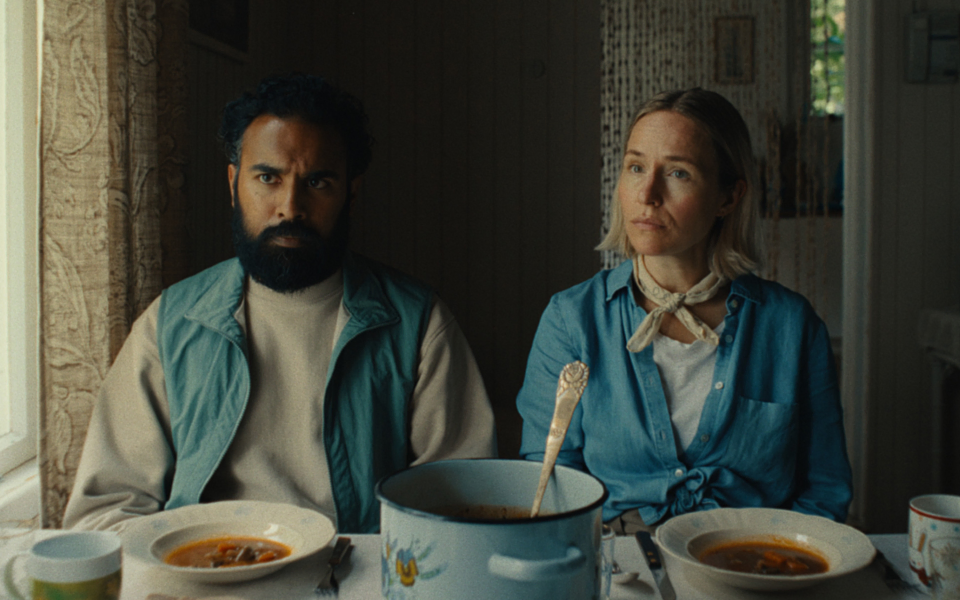
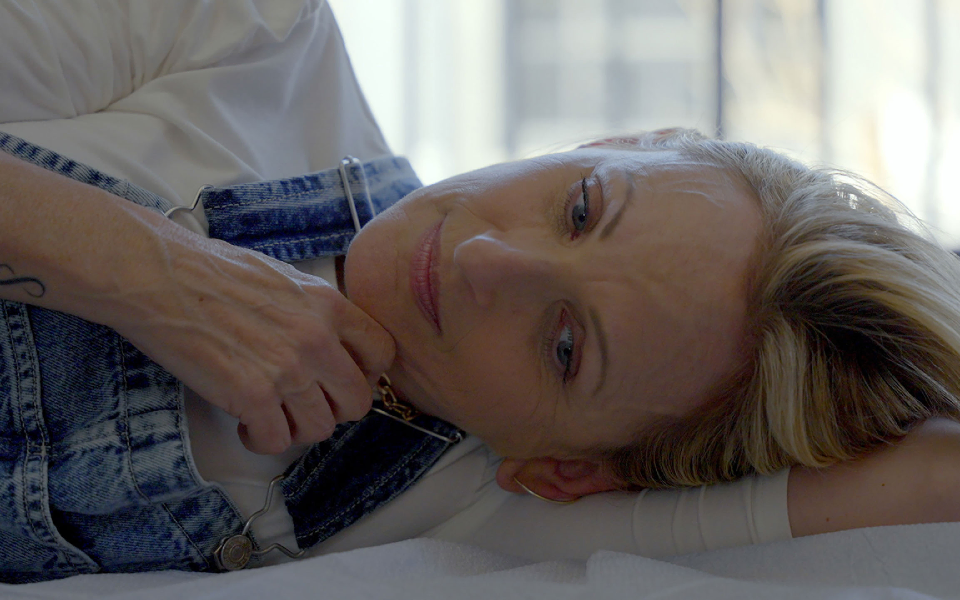




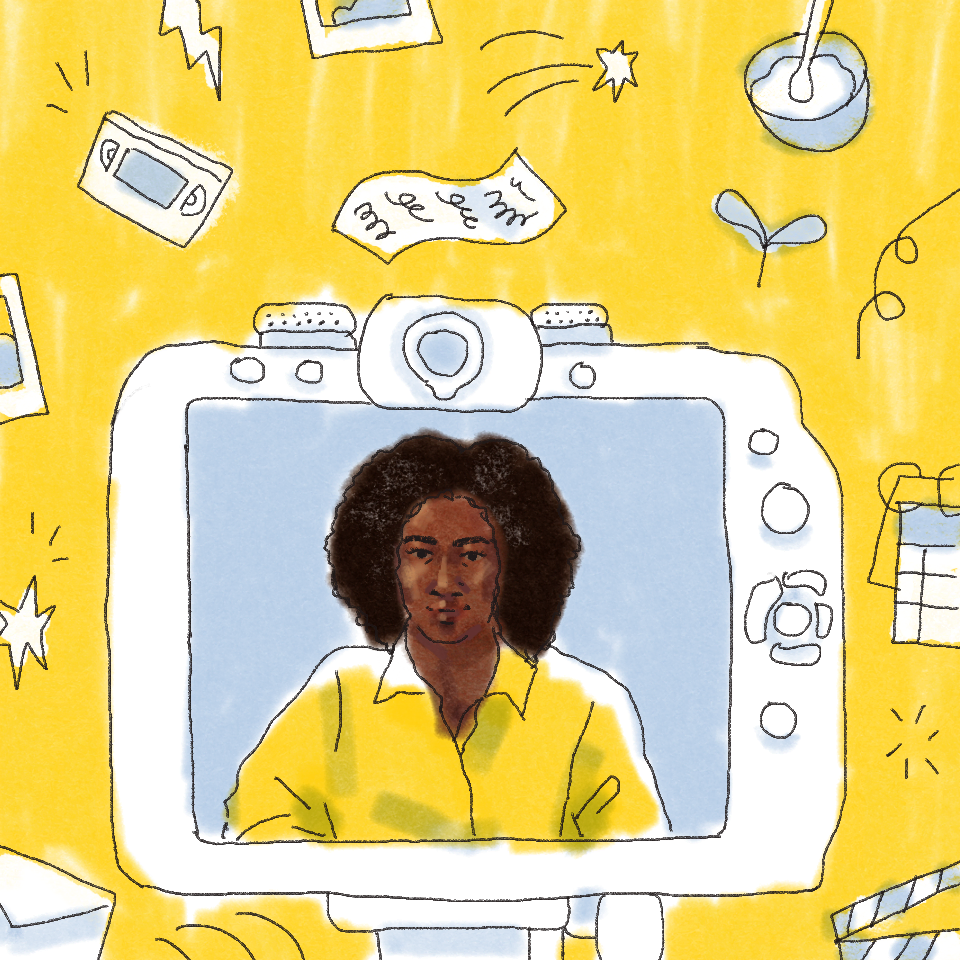
.jpg/_jcr_content/renditions/1200x628%20(5).webp)


